Looking for the best binoculars on the market and aren’t quite sure which ones to purchase? Maybe you are looking for the best binoculars for hunting or the best binoculars for the money, under $1,000, or maybe you are looking for the best binoculars under $500? Perhaps you want to find the best binoculars to take sightseeing with your family while you explore the backcountry together. No matter what you’re looking for, we’ve got you covered!
Here at Backwoods Pursuit we love optics, so getting the opportunity to test 26 of the best binoculars out there by literally comparing them side by side was a privilege and not something many of us get the opportunity to do. We wanted to share with our readers what we discovered in hopes of helping you find the best binoculars that are right for you.
Looking for a rangefinder binocular? Check out our MONSTER RANGEFINDER BINOCULAR REVIEW!
For some people, finding the best hunting binoculars means squeezing the most out of a limited budget, while others just want the best binoculars on the market and cost isn’t as much of an issue. No matter which end of the spectrum you find yourself, we hope this comprehensive review will help you narrow down your search.

There are a zillion binocular options under the $300 price point, so in order to keep the project manageable with how many we tested, we started with $300 binoculars and worked our way up to the very best of the best, some of the most expensive on the market. We broke them down into the following categories for this review:
- $300 – $500
- $500 – $1,000
- $1,000 – $1,500
- Over $1,500
- Top to bottom overall ranking
Doing it this way covered most options out there that are worth taking into the backwoods on that special hunting trip to help you find what to chase after, or just for wildlife viewing. Hopefully this review will help you find a few diamonds in the rough, the best in each price class, and the overall top dog.
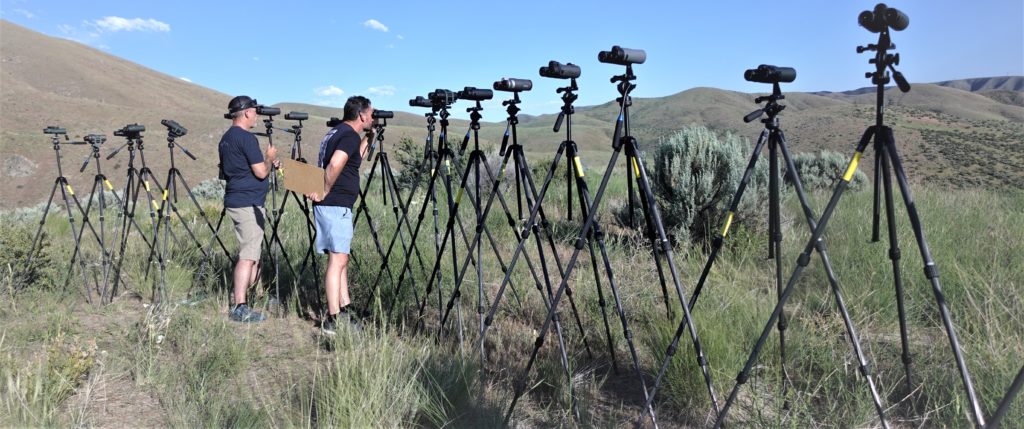
We wanted to do this review for all those folks who don’t have the chance to field test binos before making that big purchase. This was a MONUMENTAL TASK, but we were able to assemble an incredible lineup of nearly all of the quality binoculars on the market today. Then we assembled a team of 10 volunteer testers to rank them and give their opinions of all of them side by side to determine which ones are the best binoculars.
DON’T FORGET TO MAKE SURE THAT YOUR BINOCULARS ARE SITTING ATOP A NICE TRIPOD! A steady tripod really does make a HUGE difference. Check out our Ultralight Tripod Review to help narrow down your search.
Best Binoculars For Hunting: The Testing

All of these binoculars are of the 10×42 variety, with a couple that weren’t offered in that exact configuration, but we got as close as possible (Sig Sauer Zulu9 11×45 and the Kowa Genesis 10.5×44). Each pair of binoculars was put on the same tripod model (a Slik 633 Pro CF Tripod with one of the new Benro Arca Swiss Bino adapters) and pointed at the same object. All 10 participants spent time going down the line making notes and ranking each pair of binoculars.
Ranking System
We all got together two different nights and spent a total of 8 hours picking apart all 26 pairs of binoculars. I also spent many months testing them on my own to determine which are the best binoculars for hunting. Each participant was given a worksheet of things to look for and then scored the binoculars within their respective price bracket, with a 1-10 ranking system (10 being the best), as well as ranking them from top to bottom within each respective group. Image clarity was given the most weight, followed by low light performance and edge to edge clarity. Each participant ranked the following categories:
- Overall image clarity
- Edge-to-edge clarity
- Low light performance
- Color Contrast
- Eye cup comfort
- Category rank
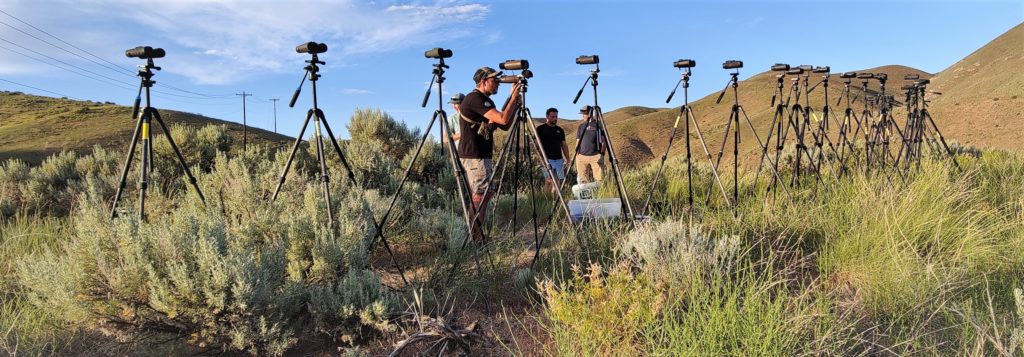
I want to make one thing clear: finding the best binoculars in each category required that we set out to be nit-picky and not sugar coat the results. None of these binoculars are bad, but we wanted to help you find the BEST binoculars that fit your specific needs, so we’ll bring you our honest feedback of what we liked and didn’t like about each one. Make sure you check out the chart below to see how the team ranked each pair of binoculars.
Want all the data, specs, detailed rankings and price points of ALL of these binoculars? Become a Backwoods Pursuit Member and check out the detailed data chart used to put this review together.
The Short and Sweet Results
Ok. If you don’t want to read all of the details on each of the binoculars we tested, here are the short and sweet results within their respective price category from our team of testers. None of the participants knew the exact price tag of the binoculars when rating them (other than the price bracket and any existing knowledge they had) in an effort to be as objective as possible. There were a couple of real surprises! Make sure to read through the details below on why each one excelled and where each one fell short to help you decide which are the best binoculars for you.
Best Binoculars For Hunting: $500 Class
| Ranking | Binocular | Weight | Price |
|---|---|---|---|
| #1 | Athlon Cronus UHD | 27.8oz | $499 |
| #2 | GPO Passion ED | 26oz | $499 |
| #3 | Leupold Pro Guide BX-4 | 24oz | $499 |
| #4 | Vortex Viper HD | 24.9oz | $499 |
| #5 | Bushnell Forge | 30.4oz | $479 |
| #6 | Zeiss Terra ED | 25.6oz | $499 |
| #7 | Athlon Midas | 23.3oz | $299 |
| #8 | Kowa XD | 22.5oz | $449 |
| #9 | Maven C.1 | 24.5oz | $350 |
Best Binoculars For Hunting: $1,000 Class
| Rank | Binocular | Weight | FOV | Price |
|---|---|---|---|---|
| #1 | Zeiss Conquest HD | 28oz | 345ft | $999 |
| #2 | GPO Passion HD | 29.6oz | 336ft | $929 |
| #3 | Meopta Meopro Air | 29.2oz | 360ft | $999 |
| #4 | Vortex Razor HD | 24.8oz | 362ft | $999 |
| #5 | Leica Trinovid | 25.7oz | 339ft | $999 |
| #6 | Tract Toric | 27oz | 341ft | $694 |
| #7 | Leupold BX-5 Santium | 24.3oz | 341ft | $999 |
| #8 | Sig Zulu7 | 26.7oz | 341ft | $699 |
| #9 | Maven B.1 | 29.8oz | 341ft | $950 |
Best Binoculars For Hunting: $1,500 Class
| Ranking | Binocular | Weight | FOV | Price |
|---|---|---|---|---|
| #1 | Vortex Razor UHD | 32.2oz | 346ft | $1,499 |
| #2 | Swarovski SLC | 27oz | 330ft | Discontiuned |
| #3 | Sig Zulu9 | 36oz | 315ft | $1,199 |
| #5 | Kowa Genesis | 33.9oz | 354ft | $1,399 |
| #4 | Meopta Meostar B1 Plus | 33.3oz | 332ft | $1,399 |
Best Binoculars For Hunting: Alpha Glass
| Ranking | Binocular | Weight | FOV | Price |
|---|---|---|---|---|
| #1 | Swarovski NL Pure | 30oz | 399ft | $3,029 |
| #2 | Zeiss Victory SF | 27.8oz | 360ft | $2,750 |
| #3 | Leica Noctivid | 30.4oz | 336ft | $2,750 |
Top To Bottom Rankings -Best Binoculars for Hunting
Here are our rankings based on weighted averages from top to bottom regardless of price category.
| Ranking | Binocular | Weight | Price |
|---|---|---|---|
| 26 | Maven C.1 | 24.5oz | $350 |
| 25 | Kowa XD | 22.5oz | $449 |
| 24 | Athlon Midas | 23.3oz | $299 |
| 23 | Zeiss Terra ED | 25.6oz | $499 |
| 22 | Bushnell Forge | 30.4oz | $479 |
| 21 | Vortex Viper HD | 24.9oz | $499 |
| 20 | Leupold Pro Guide BX-4 | 24oz | $499 |
| 19 | GPO Passion ED | 26oz | $499 |
| 18 | Maven B.1 | 29.8oz | $950 |
| 17 | Sig Zulu7 | 26.7oz | $699 |
| 16 | Leupold BX-5 Santium | 24.3oz | $999 |
| 15 | Tract Toric | 27oz | $694 |
| 14 | Leica Trinovid | 25.7oz | $999 |
| 13 | Athlon Cronus UHD | 27.8oz | $499 |
| 12 | Vortex Razor HD | 24.8oz | $999 |
| 11 | Meopta Meopro Air | 29.2oz | $999 |
| 10 | GPO Passion HD | 29.6oz | $929 |
| 9 | Zeiss Conquest HD | 28oz | $999 |
| 8 | Meopta Meostar B1 Plus | 33.3oz | $1,399 |
| 7 | Kowa Genesis | 33.9oz | $1,399 |
| 6 | Sig Zulu9 | 36oz | $1,199 |
| 5 | Swarovski SLC | 27oz | Discontiuned |
| 4 | Vortex Razor UHD | 32.2oz | $1,499 |
| 3 | Leica Noctivid | 30.4oz | $2,750 |
| 2 | Zeiss Victory SF | 27.8oz | $2,750 |
| 1 | Swarovski NL Pure | 30oz | $3,029 |
As you can see, finding the best binoculars for hunting doesn’t necessarily mean just picking the highest priced pair you can afford, however, there is absolutely a correlation between price point and optical performance.
If you are looking for a spotting scope, make sure to check out our recent massive spotting scope review where we put 19 of them side by side, just like this binocular review!
You Get what you Pay for, But Not Always
The principle of “you get what you pay for” generally applies for every price category including the binoculars at lower price points, however, as you can see that’s not always the case. In fact, that’s why we love doing these kinds of reviews. Finding a diamond in the rough is always really exciting and can help save some serious money as well! We found some of the best hunting binoculars for the money.
As you’ve probably heard, the” law of diminishing returns” applies in buying good glass, meaning, you spend a lot more to get just a little better quality the higher up in price you go. It’s kind of cruel, but it’s just the way it is with the best binoculars on the market.
26 Best Binoculars For Hunting
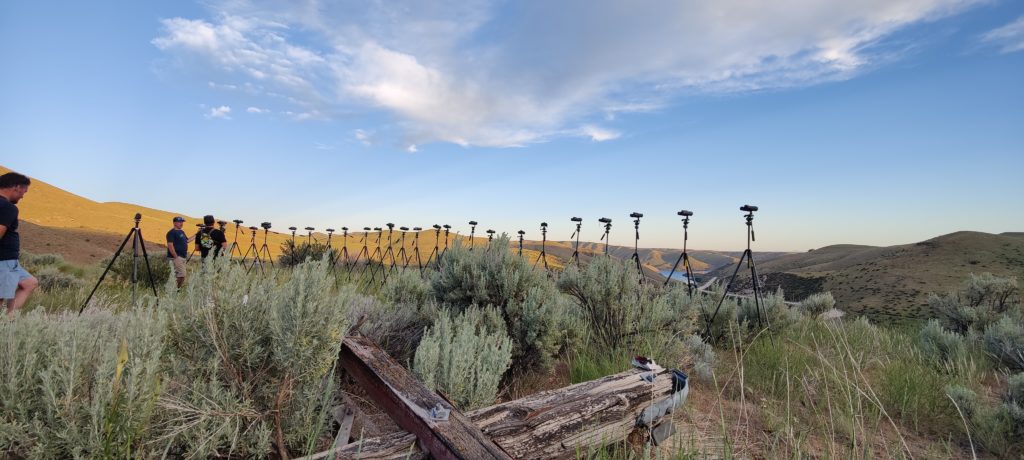
$300 Category
Maven C.1 10×42 Binoculars
Category Rank: #2
The Maven C.1 binoculars kick off our lineup in this extensive search for the best binoculars in each price category. The Maven C.1 is the second lowest-priced pair of binoculars we tested while looking for the best binoculars. Naturally, these aren’t going to compete with top dollar binoculars, but let’s look at how they compare to others that are similarly priced.
Optical Performance: Maven C.1 Review
In our time testing the Maven C.1 binoculars, we were impressed with them given their price point. For a $350 pair of binoculars, they perform admirably and give you a nice image. The image was fairly clear, resolved well and produced good color contrast, leaving a little to be desired in overall image resolution, particularly in low light. Edge-to-edge clarity was just okay as the outer 40-50% of the image lost significant clarity. Not surprising and about on par for a pair of binoculars well under $500.
Overall the image quality was decent, and eye strain wasn’t too bad, particularly for an inexpensive set of binoculars. You also get some great color contrast for a pair of binoculars in this price range. Compared to other entry level binos on the market, these Maven C.1 10x42s perform very well optically.
Physical Features: Maven c.1 Review
Another thing we noticed with the Maven C.1 binoculars was that the diopter did not lock into place. Typically this is a feature that doesn’t come into play until you reach at least the $500 mark so it isn’t surprising that it doesn’t lock, but it would sure be nice here. You do get plenty of resistance, however, so accidental movement should be minimal.
The Maven C.1 binoculars give you surprisingly good eye relief for an inexpensive pair of binos, and the eye cups are better than many of the much higher priced pairs in this review. A fantastic rubber armor gives them a great feel and the focus wheel is tight with zero play. Some of the much more expensive pairs featured a less desirable focus knob than these Maven C.1 binoculars. Well done on the build quality, Maven Optics!
Maven C.1 Binocular pros:
- Great price point & value ($350)
- ED glass
- Great rubber armor
- Lightweight (24.5 oz)
- Tripod adaptable
- Eye cups/eye relief
Maven C.1 Binocular Cons:
- Edge-to-edge clarity
- Good but not great image clarity
- No locking diopter
Group Consensus: Maven C.1 Binocular Review
The group gave the Maven C.1 binoculars the #2 spot for this category (and #9 within the $500 category) in our testing, coming in just barely behind the Athlon Midas binoculars. The consensus was that the Maven C.1 is a solid entry level binocular that performed well for its price point. Lightweight, well-built, comfortable eye cups, nice tight focus and eye cup mechanisms, and pretty darn good clarity in the center of the image. The Maven C.1 binoculars don’t have very good edge-to-edge clarity, however, and struggled in low light as they were the first to lose their ability to resolve an image at dusk, but they are still one of the best hunting binoculars for the money.
SEE OUR FULL REVIEW OF THE MAVEN C1 10X42 BINOCULARS
Athlon Midas 10×42 Binoculars
Category Rank: #1
The Athlon Midas 10×42 binoculars just edged out the Maven C.1 binos in this price bracket as the best binoculars in this category despite the fact that they are the least expensive pair of binoculars in this review, coming in at just $299. Again, these aren’t anywhere near a top tier binocular, but given their price point, they were extremely impressive in build quality, image clarity, and overall optical performance. While these might not be the best hunting binoculars you can buy, if you are on a tight budget, these are a great purchase and some of the best binoculars in this price range.
Optical Performance: Athlon Midas 10×42 Binocular Review
The Athlon Midas G2 binoculars are very impressive for a $300 pair of binoculars. They give you a fantastic, wide 341 foot field of view at 1000 yards, which in and of itself is impressive. In fact, the field of view you get with the Athlon Midas 10×42 tied for the 6th largest field of view among all 26 pairs of binoculars in this review. This impressive image and massive field of view comes in the least expensive binocular in the field!
Add to that the fact that you get a surprisingly crisp image and respectable edge-to-edge clarity (for its price point), and you have yourself a gem of an entry level binocular. As you can imagine you do have some chromatic aberration, losing significant clarity as you move to the edges of the field of view, but the Athlon Midas beat out the Maven C1 in every category other than low light performance. The Maven C1 easily beat out the low light performance of the Athlon Midas which was a bit surprising given the way the Midas ranked higher in every other category.
Color contrast was very good for its price point and eye strain wasn’t bad at all, particularly for an inexpensive set of binoculars. Compared to other entry level binos on the market, these Athlon Midas10x42 binoculars performed extremely well optically in our testing making them some of the best hunting binoculars for the money.
Physical Features: Athlon Midas Binoculars
While we were all impressed with the Athlon Midas binocular’s optical performance, we would have loved to see the diopter lock into place. Again, typically this is a feature that doesn’t come into play until you reach at least the $500 mark, but it sure would be nice. You do get plenty of resistance though, so accidental movement should be minimal.
Unfortunately, the Athlon Midas binoculars don’t give you a ton of eye relief (15.2 mm), and you can tell when you pull them up to your eyes. The eye cups are nice, crisp and very comfortable. There is a tiny bit of play in the eye cup mechanism, but nothing out of the ordinary. A fantastic rubber armor gives the binos a great feel and the focus wheel is tight with zero play. Some of the much more expensive pairs feature a less desirable focus knob than these Athlon Midas binoculars. Great job on the build quality, Athlon Optics!
Athlon Midas Binocular pros:
- Excellent price point & value ($300)
- Wide field of view
- ED glass
- Great rubber armor
- Lightweight (23.3 oz)
- Tripod adaptable
- Eye cups
Athlon Midas Binocular Cons:
- Edge-to-edge clarity
- No locking diopter
- Not great eye relief
Group Consensus: Athlon Midas Binocular Review
The group gave the Athlon Midas G2 10×42 binoculars the #1 spot in this $300 category, and they earned the #7 spot in the $500 category in our testing, coming in just ahead of the Kowa BDII and Maven C.1 binoculars. Way to go, Athlon Midas, for being the best binoculars for $300!
The group thought that the Athlon Midas G2 binoculars performed well above their price point. They are very lightweight and well-built, have nice comfortable eye cups and a tight focus wheel, and have extremely good clarity, particularly in the center of the image, for a $300 pair of binoculars. While you still lose a lot in edge-to-edge clarity vs. a higher priced binocular, and the Athlon Midas faded in low light situations, it still performs admirably across the board in this price range.
$500 Category

Kowa BD II XD 10×42 Binoculars
Category Rank: #7
The Kowa BD II XD 10×42 binoculars are Kowa’s newest addition to their binocular lineup, offering a stunning field of view (second only to the Swarovski NL Pure binos), an incredible in-hand feel, and impressive eye relief. They are insanely light weight at just 22.5 oz (the lightest we tested) and very cost effective. They are also tripod adaptable, but don’t have a locking diopter. So how did they hold up in the optical performance department? Are these some of the best binoculars for hunting for the money?
Optical Performance: Kowa BD II XD 10×42 Review
With all of the incredible specs listed above, we were anxious to see how these Kowa BD II XD 10×42 binoculars performed during our testing. Overall image clarity is decent, but our group found that the image didn’t quite resolve as well as others in this price point. Granted, these are a little less expensive, coming in at just $449, rather than $499 that most of the others retail for. With that being said, we were left wishing for a little more clarity, especially with the incredible specs of these binoculars.
Edge-to-edge clarity on the Kowa BD II XD binoculars were right in line with others in this price range. It isn’t bad, but you do lose a significant amount of clarity as you move away from the center of the image. Given the price point and the incredible field of view you get with the Kowa BD II XD binoculars, you’d expect some loss of clarity. It’s typically not until you get into the upper end of optics that you start seeing great edge-to-edge clarity so this came at no surprise.
The color contrast is very good in the Kowa BD II XD binos, particularly for the price. Kowa is known for providing great, true colors in their optics, and the BD II’s hold true to that. Granted, they aren’t quite as good as their Genesis bino, but that’s to be expected. We also noted almost no notable eye strain, which was really impressive. A number of the binos in this price bracket struggled with eye strain, but these were quite good.
In our low light testing, the Kowa BD II XD binoculars came in 4th place and even jumped the Athlon Cronus (one of the top overall performers for this price range), so they redeemed themselves a bit during our low light testing. The group also noted that the Kowa BD II XD binoculars suffered from fairly significant chromatic aberration. Again, this is not uncommon for binoculars at this cost.
Physical Features: Kowa BD II XD Binocular Review
The Kowa BD II XD binoculars give you an impressive amount of eye relief (16.5 mm) that usually isn’t there until you get into a higher price bracket. The focus wheel is super tight and we didn’t notice any play. Unfortunately, the diopter doesn’t lock, but that’s pretty much the norm with lesser expensive binoculars. The eye cups are nice and tight as well, and pretty much everything about the physical features of these Kowa BD II XD binoculars are top-notch making them some of the best hunting binoculars for the money.
Kowa BD II XD Binocular pros:
- Massive field of view
- Amazingly well-built
- XD glass
- Great rubber armor
- Lightweight (22.5 oz)
- Tripod adaptable
- Tight eye cups & focus wheel
Kowa BD II XD Binocular Cons:
- No locking diopter
- Below average image resolution
Group Consensus: kowa BD II XD Binocular Review
The group gave the Kowa BD II XD 10×42 binoculars the #7 spot in our testing, but only due to the lesser image resolution. The group thought that a number of others performed better optically for the money, however, everything else about these binoculars is incredible relative to its price point!
Zeiss Terra ED 10×42 Binoculars
Category Rank: #6
The Zeiss Terra ED 10×42 binoculars came in next in the rankings in our search for the best binoculars under $500, coming in at $499. The Zeiss Terra ED binoculars are Zeiss’ entry level binocular, where they brought the Zeiss name into a price point that many more folks can afford. While the Terra ED binoculars are a far cry from the much more expensive Victory SF and the Conquest HD binos, they are none-the-less extremely well-built binoculars.
Optical Performance: Zeiss Terra ED Binocular Review
Next up in this category in our search for the best binoculars is the Zeiss Terra ED 10×42 binoculars give you a field of view of 330 feet at 1000 yards, which is the third smallest field of view of the group of binoculars we tested. The smaller field of view is a bit noticeable when comparing them with other pairs side by side that offer a larger field of view, leaving our testers a little disappointed.
The Zeiss Terra ED binoculars do give you nice colors in the image with solid edge-to-edge clarity that’s right in the middle of the pack with several others in this price category. Feedback from our reviewers also noted that the Terra ED binos struggle to resolve the image as well as others at this price point, and most noted that there is more of a black ring around the image than others.
The color contrast is a little below average compared to others at this cost, and we noted a bit more eye strain as well for this price point. In our low light testing, the Zeiss Terra ED binoculars tied for 3rd place, so they redeemed themselves a bit during the low light testing.
Physical Features: Zeiss Terra ED Binocular Review
One thing that we noted is just how well-built and tight everything is with the Zeiss Terra ED binoculars. They far exceeded expectations as they feel like a much more expensive binocular. The eye cups are very tight with a great focus wheel that has zero play, and even though the diopter doesn’t lock, it’s not one that seems like it would have an issue moving on you.
Unfortunately, the Zeiss Terra ED binoculars don’t give you a ton of eye relief (just 14 mm, the least of any binoculars we tested), however, it doesn’t feel like the least amount of eye relief when you put them up to your eyes. Other pairs that have 2 mm more eye relief felt like they have less than the Zeiss Terra ED binos, so the specs don’t tell the whole story.
The eye cups are nice and crisp and very comfortable, though. Incredibly, there is zero play in the eye cup mechanism which is extremely impressive. A fantastic rubber armor gives the binoculars a great feel, and the focus wheel is also extremely tight with zero play. Some of the much more expensive pairs feature a less desirable focus knob than these Zeiss Terra ED binoculars. These are some extremely well-built binoculars and one of the best binoculars for hunting!
Zeiss Terra ED Binocular pros:
- Amazingly well-built
- ED glass
- Great rubber armor
- Light weight (25.6 oz)
- Tripod adaptable
- Tight eye cups & focus wheel
Zeiss Terra ED Binocular Cons:
- Smaller field of view
- No locking diopter
- Not great eye relief
- Below average image resolution
Group Consensus: Zeiss Terra ED Binocular Review
The group gave the Zeiss Terra ED 10×42 binoculars the #6 spot in our testing. The group thought that a number of others performed better optically for the money, and their rankings showed that. However, they are very lightweight, extremely well-built, have nice tight eye cups, a tight focus wheel, and are an “affordable” pair of Zeiss binoculars!
Bushnell Forge 10×42 Binoculars
Category Rank: #5
The Bushnell Forge 10×42 binoculars are Bushnell’s best hunting binoculars in their binocular lineup. They offer a very good field of view (340 feet at 1000 yards) and a very nice in-hand feel. The Bushnell Forge 10×42 binoculars have a very nice look and give you a very impressive image for this price point. The performance of the Bushnell Forge 10×42 binos were one of the surprises in the $500 category as their clarity and low light performance really impressed, especially given that they are one of the less expensive pairs in this category at just $479.
Optical Performance: Bushnell forge 10×42 Binocular Review
The overall clarity and ability to resolve the image is quite good with the Bushnell Forge 10×42 binoculars. You get a fantastic field of view of 340 feet at 1000 yards, a locking diopter, very good low light performance, and a pair of binoculars that are tripod adaptable. There was minimal chromatic aberration, but a bit more eye strain than others at this price point.
Edge-to-edge clarity on the Bushnell Forge 10×42 binoculars is just ok as they lose significant clarity on the outer 40% of the image. This was one of the areas they did not excel as they came in just 6th in edge-to-edge clarity. In all reality, the lack of good edge-to-edge clarity is the primary reason the Bushnell Forge 10×42 binoculars didn’t rank higher for this price point. Even still, these are some very impressive binoculars and are one of the best binoculars under $500.
The color contrast on the Bushnell Forge Binoculars is near the top of the pack. Yep! You read that right. These Bushnell Forge binoculars out-perform in this price category. We were all pleasantly surprised, and as I mentioned earlier, the Bushnell Forge 10×42 binoculars were one of the real shockers in our testing.
Physical Features: Bushnell Forge 10×42 Binocular Review
Different than most other binoculars in this price class, the Bushnell Forge 10×42 binoculars feature an open bridge design that companies typically reserve for their highend binoculars. Unfortunately, they are the heaviest and largest in this price category, coming in at 30.4 oz and 6.7 inches in length. The Bushnell Forge 10×42 binos offer the 2nd most eye relief for the cost with a whopping 18 mm of eye relief, coming in only behind the Athlon Cronus which has 19 mm. They are also tripod adaptable and even feature a locking diopter, something very few in this price range offer.
The Bushnell Forge binoculars feature a nice rubber armor and have a nice in-hand feel, but are certainly bulkier than others. The eye cups are comfortable and lock nicely into place with not much play in them either.
The focus wheel is an area that the Bushnell Forge binoculars could improve. When rolling the focus wheel, it feels very spongy and doesn’t engage right away. Compared to the others at this price point, this feeling is more significant which is a small downside, but something I personally got used to after using a bit in the field. Not a deal breaker, but certainly something that could be improved upon.
Bushnell Forge 10×42 Binocular pros:
- Great field of view
- Excellent clarity
- ED glass
- Great rubber armor
- Tripod adaptable
- Tight eye cups
- Locking diopter
- Good eye relief
- Not much chromatic aberration
- Great low light performance
Bushnell Forge 10×42 Binocular Cons:
- Poor edge-to-edge clarity
- Spongy focus wheel
- Heavy/big
- Eye strain
Group Consensus: Bushnell Forge 10×42 Binocular Review
The group gave the Bushnell Forge 10×42 binoculars the #5 spot in this price bracket during our testing. The group thought that the image quality, low light performance, and field of view was all very good with many people commenting on how impressed they were by the Forge binos. Eye relief is great, but the focus wheel is far too spongy and eye strain is also more noticeable than with others we tested in this category. Overall though, the group was really impressed with the Forge binoculars, particularly given their price point.
SEE OUR FULL REVIEW OF THE BUSHNELL FORGE 10X42 BINOCULARS
Vortex Viper HD Binoculars
Category Rank: #4
The Vortex Viper HD binoculars are not Vortex’s best binoculars, but are a great mid to lower range binocular at $499 and are a favorite of the $500 price point making them one of the best hunting binoculars for the money. They are tripod adaptable and even feature a locking diopter. Let’s see how they stack up in the optical performance department.
Optical Performance: Vortex Viper HD Review

The Vortex Viper HD binoculars are a solid option in this price range and the overall image clarity is good. They produce a very nice, crisp image with good color contrast and resolve an image very well, although they don’t quite have that extra little bit that you get with the GPO Passion ED, Bushnell Forge or Athlon Cronus UHD binoculars. They ranked near the middle of the pack in image clarity. The Vortex Viper HD binos have a nice large field of view of 341 feet at 1000 yards, but they feel a little like you are looking through a tunnel more so than with others we tested.
Edge-to-edge clarity is quite good, with the Vortex Viper HD binoculars tying for the #2 spot in the edge-to-edge clarity rankings. Likewise, the Viper HD binos were a part of a 3 way tie for 3rd place in low light testing, further supporting that these are solid performers, and one of the best binoculars in this price category.
The Vortex Viper HD binoculars came in 5th in the eye strain department as there is a little more noticeable eye strain compared to some of the others. The Bushnell and Zeiss binos have noticeably more eye strain while the Athlon Cronus, GPO Passion, Leupold Pro Guide and Kowa BD IIs binoculars all have less.
Physical Features: Vortex Viper HD Binocular Review
The Vortex Viper HD binos do have a locking diopter, which is a rarity at this price point, ensuring your diopter doesn’t move unintentionally on you. They also have a well-placed bino tripod adapter on the objective side of the hinge for great stability.
Like with the other Vortex binoculars in the Razor series, there isn’t enough resistance in the twist of the eye cups and they move too easily for my taste. Chances are they will move on you while taking them in and out of your bino harness. Also, similar to other Razor binoculars, the focus wheel is covered by a rubber piece that can easily be pulled off (I’ve had it come off in the field on a hunt) which is another small downside. The focus wheel, however, is nice and tight, but the rubber cover is just glued on making it not as secure. Definitely not my favorite design.
The Vortex Viper HD binoculars are a nice, compact and lightweight binocular that are great for the backcountry hunter or hiker. At just 24.9 oz and 5.6 inches in length, they don’t take up extra space and keep the weight down.
The eye cups are quite similar to the ones in the Razor line as they are very comfortable but also a bit loose making them more prone to move on you while riding in your bino harness. I wish that all the Vortex bino eye cups had a bit more resistance.
Eye relief is impressive on the Vortex Viper HD binoculars at 17 mm, with only the Athlon Cronus UHD binos offering more eye relief. You also get a very welcomed locking diopter which is unusual for this price category.
Vortex Viper HD Binocular pros:
- Field of view
- Great eye relief
- Lightweight (24.9 oz)
- Tripod adaptable
- Edge-to-edge clarity
- Compact size
- Locking diopter
Vortex Viper HD Binocular Cons:
- Eye strain
- Loose eye cups
Group Consensus: Vortex Viper Binocular Review
After testing, the group ranked the Vortex Viper binoculars #4 overall for this price category. They were average in most of the categories making them a good solid option. The group liked the image the Viper HD produces as well as the compact size, comfortable eye cups, and light weight. As you probably know, Vortex also offers a great no-fault warranty that protects your binos making them one of the best binoculars for hunting.
Leupold Pro Guide BX-4 10×42 Binoculars
Category Rank: #3
The Leupold Pro Guide BX-4 binoculars are Leupold’s mid range bino, but these things are high on performance. They give you a modest field of view of 326 feet at 1000 yards. That is the second smallest field of view of this group, with the Maven C.1 binoculars being the only pair with one smaller.
Despite the smaller field of view from a specs standpoint, they certainly didn’t feel like they had a smaller field of view. In fact, until I looked at the specs, I thought they had one of the larger field of views in the group. That just goes to show you that specs aren’t everything. The Leupold Pro Guide BX-4 binos really perform well in pretty much every category.
Optical Performance: Leupold Pro Guide BX-4 Binocular Review
The overall clarity and ability to resolve an image is very good with the Leupold Pro Guide BX-4 10×42 binoculars. While you get a smaller field of view, they give you a nice crisp image, very little chromatic aberration, pretty good edge-to-edge clarity with very little eye strain, and are tripod mountable. Unfortunately, the diopter doesn’t lock into place. They do have a little more chromatic aberration than the Athlon Cronus and the Bushnell Forge binoculars, but not a ton.
The edge-to-edge clarity on the Leupold Pro Guide 10×42 binoculars is good, but you do start to lose significant clarity on the outer 30% of the image. I never expected great edge-to-edge clarity with binos at this price point, but these weren’t bad.
Eye strain was another area that the Leupold Pro Guide BX-4 binoculars really excelled. So many pairs of binoculars at this price point have significant eye strain, but these were near the top of their class.
The color contrast on the Leupold Pro Guide BX-4 binoculars is also very good and they really impressed in our low light testing. These things really came to life once the light faded! They went from, “These are pretty good, ” to “WOW! These are REALLY good!” When you are looking for a good pair of binoculars, the ability to resolve an image in low light is something that is typically very important. These Leupold Pro Guide BX-4 binos do a fantastic job making them one of the best hunting binoculars for the money.
Physical Features: Leupold Pro Guide BX-4 Binocular Review
Different than most other binoculars in this price class, the Leupold Pro Guide BX-4 10×42 binoculars feature an open bridge design like the Bushnell Forge. This makes handling them very comfortable and easy. They are middle of the ground in the weight department, coming in at 24 oz. The Leupold Pro Guide BX-4 10×42 binos give you 16 mm of eye relief, which is also right about in the middle of the pack compared to others.
The Leupold Pro Guide BX-4 binoculars feature a nice rubber armor and have a nice in-hand feel which is aided by the open bridge design. The eye cups are very comfortable, and it features a locking diopter, which is the exception for this price point. The diopter is placed under to the focus wheel rather than under the right eye cup like most other binoculars.
The focus wheel is nice and tight, but we actually thought it is a little on the sticky side. Personally, however, I’d rather have the focus wheel be a bit sticky than have a lot of play. Even so, we thought this is an area the Pro Guide BX-4 binoculars can be better.
Leupold Pro Guide BX-4 Binocular pros:
- Excellent clarity
- ED glass
- Great rubber armor
- Tripod adaptable
- Tight eye cups
- Good eye relief
- Not much chromatic aberration
- Excellent low light performance
Leupold Pro Guide BX-4 Binocular Cons:
- Poor edge-to-edge clarity
- Sticky focus wheel
Group Consensus: Leupold Pro Guide BX-4 Binocular Review
The group gave the Leupold Pro Guide BX-4 10×42 binoculars the #3 spot in this price bracket in our testing. The group thought that the image quality, low light performance, and field of view are all excellent while keeping the eye strain and weight to a minimum. It’s also worth mentioning that you get a nice binocular harness included with the Leupold Pro Guide BX-4 binoculars (shown above). The group was really impressed with these Pro Guide binoculars and considered them one of the best binoculars for hunting in the $500 price category.
GPO Passion ED 10×42 Binoculars
Category Rank: #2
The GPO Passion ED 10×42 binoculars are GPO’s entry level binocular in their binocular lineup. They offer a very good field of view (340 feet at 1000 yards) and a very nice in-hand feel. They are on the heavier side compared to others at this price point, coming in at 26 oz, and offer 16 mm of eye relief. They are also tripod adaptable but don’t have a locking diopter. The GPO Passion ED binoculars are nice looking and give you a very solid image for the cost making them some of the best hunting binoculars for the money.
Optical Performance: GPO Passion ED 10×42 Binocular Review
The overall image clarity and their ability to resolve an image is quite good with these GPO Passion ED binoculars. You get a fantastic field of view (340 feet at 1000 yards), very little eye strain, and good low light performance. We did notice a significant amount of chromatic aberration on the Passion ED binoculars, however.
Edge-to-edge clarity on the GPO Passion ED binoculars is very respectable coming in 3rd in this department vs. the others we tested. You do lose a significant amount of clarity as you move to the outer parts of the image, but edge-to-edge clarity is about average for binoculars that cost about the same. It’s typically not until you get into the upper end of optics that you start seeing great edge-to-edge clarity.
The color contrast on the GPO Passion ED binoculars is good and they provide a very nice viewing experience. We did notice a very small amount of eye strain similar to other binoculars in this price bracket, however, these were better than most of the others we tested.
In our low light testing, the GPO Passion ED binoculars performed well and came in 3rd place for this test. These GPO Passion ED binos really impressed!
Physical Features: GPO Passion ED 10×42 Binocular Review
The GPO Passion ED binoculars feature a nice rubber armor and are comfortable in your hand. You get 16 mm of eye relief, but for some reason, the GPO Passion ED binoculars feel like they have very little eye relief. The eye cups, while very comfortable, don’t extend very far at all, and your eyes seem very close to the lens.
The focus wheel is tight and we didn’t notice any play, however, the diopter doesn’t lock as most do that are in this price bracket. The eye cups are nice and tight and very comfortable, but they really need more eye relief.
GPO Passion ED Binocular pros:
- Great field of view
- Good clarity
- ED glass
- Great rubber armor
- Tripod adaptable
- Tight eye cups & focus wheel
GPO Passion ED Binocular Cons:
- No locking diopter
- Poor eye relief
- Significant chromatic aberration
Group Consensus: GPO Passion ED Binocular Review
The group gave the GPO Passion ED 10×42 binoculars the #2 spot for this price bracket in our testing. The group thought that the image quality is good, the feel is great, they offer a nice smooth focus mechanism, and they have good edge-to-edge clarity for the price. The eye relief with these is a definite downside and something that could really be improved upon, but overall, these are a solid pair of very compact 42 mm binoculars.
Athlon Cronus 10×42 – Best Binoculars Under $500
Category Rank: #1
If you are looking for some of the best binoculars under $500, these Athlon Cronus binoculars are absolutely ones to take a look at. As a matter of fact, they easily took the #1 spot in the $500 price category according to our testers. Their optical performance, build quality, and physical features helped them take the top spot.
Athlon Optics is a name that is rising in the optics world, and for good reasons. With the various Athlon products we’ve tested so far, we’ve been nothing but impressed. After doing this review we concluded that they offer some of the best optics in their respectable price categories.
Optical Performance: Athlon Cronus Binocular Review
Let’s face it. Image quality is probably the number one thing we look for when we are looking for the best binoculars we can afford. If that’s you, and you don’t have a huge budget, you’d be hard pressed to find a better performer than the Athlon Cronus 10×42 binoculars. These are some of the best hunting binoculars for the money.
The overall image clarity is hands down the best of the bunch, and it isn’t particularly close. The Athlon Cronus binoculars’ ability to resolve an image really stood out at this price point. There was nothing more superior that we tested. Chromatic aberration is hardly noticeable, and the edge-to-edge clarity is hands down the best of the bunch. They have very little eye strain and really give you a crisp color contrast.
The amazing thing about the Athlon Cronus binoculars is just how much better the overall image clarity and edge-to-edge clarity is vs. the competition. We were impressed ! Surprisingly, the image clarity and edge-to-edge clarity competes with some of the much more expensive binoculars, which is extremely impressive making them some of the best hunting binoculars for the money.
Again, the color contrast is amazing with the Athlon Cronus binoculars, but there’s usually a downside, right? Well, the Athlon Cronus has one big downside in its optical performance, and that’s its low light performance. As good as they were in every other aspect of our testing, they faded more quickly in the low light test and came in 2nd place in low light performance. They simply lose their image quality and detail a little faster than the top performer, the Leupold BX-4.
One other aspect our testers noted is that the image is a little more finicky or difficult to keep centered with the Athlon Cronus binoculars. If you move your face out of the “sweet spot” when using them, you experience blackout spots. It is a small annoyance and something you’d probably get used to, but they did seem to be more finicky when compared to others.
Physical Features: Athlon Cronus Binocular Review
The Athlon Cronus binoculars are one of the few that give you a locking diopter, and you can probably tell, that’s something that I very much appreciate. The diopter on the Athlon Cronus is like none we’ve ever used and unlike any others in this huge review. You can see the small button above that is pushed down (it’s spring loaded) which allows you to adjust the diopter however you need. It’s really an interesting new design.
The Athlon Cronus also gives you the most eye relief of any binoculars we tested, no matter the price point, which is very impressive for a $500 pair of binoculars. The focus wheel is super smooth, nice and tight, and doesn’t have any play. They have a nice rubber armor, but are a little on the heavier side at 27.8 oz. They certainly aren’t heavy, but there are lighter ones in this price category.
Athlon Cronus Binocular pros:
- Best in class clarity
- ED glass
- Great rubber armor
- Tripod adaptable
- Tight eye cups
- Most eye relief
- No chromatic aberration
- Locking diopter
Athlon Cronus Binocular Cons:
- Finicky eye placement
Group Consensus: Athlon Cronus Binocular Review
The group crowned the Athlon Cronus binoculars the best binoculars under $500. Our reviewers thought that the image quality, low light performance, and field of view are excellent, while keeping the eye strain and weight to a minimum. The group was really impressed with the Athlon Cronus UHD binoculars and considered them the best hunting binoculars in the $500 price category.
Check out The Best Binoculars Under $500 in Our Video Review
$700 Category
Sig Zulu7 10×42 Binoculars
Category Rank: #2
The Sig Sauer Zulu7 are one of two pairs of binoculars that we tested in this category, but we also put them to the test in the $1000 category for fun to see how they stacked up against more expensive binoculars. Both offer fantastic value and are some of the best binoculars you can find in this price point.
Optical Performance: Sig Zulu7 Binocular Review
The image clarity of the Sig Zulu7 binoculars is very impressive, particularly for their price point of just $699. You wouldn’t expect these to compare very favorably within this $1000 price category, but you’d be wrong. While they don’t quite give you the same image clarity as some of the more expensive binoculars, the difference is very minimal.
Edge-to-edge clarity is good but not great on the Sig Zulu7 binos. They start losing clarity around the outer 40% of the image, which is in line for this price point.
The low light performance of the Sig Zulu7 is also quite good as they beat out several of the more expensive $1000 pairs, tying for 6th place in low light testing. While again not quite at the level of the top binoculars priced at $1000, they were very close and if budget is of any concern, these Sig Zulu7 binoculars are some of the best hunting binoculars for the money.
The color contrast is average for the Zulu7 binoculars, but they give you a very well-defined and well-contrasted image. Nothing out of this world, but again a very high value for the price point.
The field of view you get with the Sig Zulu7 binoculars is right in line with all the others at this price point with a very nice 341 feet at 1000 yards. That seems to be the magic number for most of the binoculars in this category.
Chromatic aberration on the Sig Zulu7 binoculars is more noticeable than with others as you can pick up some blurring around the edges of things like tree leaves, branches, and rocks. Most of the binoculars in this review have some amount of chromatic aberration, and the Sig Zulu7 binos have just a little more than the Tract Toric ones in this price category.
Another thing which is particularly impressive with the Sig Zulu7 binoculars is the lack of eye strain. These are super comfortable to use and your eyes really relax when glassing with them. In fact, they far out-perform some of the much more expensive binoculars in this respect. Very impressive!
Physical Features: Sig Sauer Zulu9 Binocular Review
The Sig Sauer Zulu7 binoculars feature an open bridge design, something that’s not very common among binoculars that are not in the “alpha” class. Because of that, they are super comfortable to handle. The Zulu7 binos are also very light and compact, weighing in at just 26.7 oz and only 5.8 inches in length. Backcountry hunters and backpackers appreciate keeping the weight down when covering lots of miles.
The focus wheel of the Sig Zulu7 binoculars is a bit different than anything else we tested as it’s kind of “bumpy” if you will. These make for a great grip, but they have an odd feel. The focus wheel is very smooth with no play at all, which is impressive for a pair of binoculars at this price point. The Zulu7 binos also focus very quickly, but not too quickly.
Unfortunately, the diopter does not lock, which is a bummer. When adjusting it, I also noticed that it had a significant amount of play. That’s not that big of a deal given that you don’t adjust it very much, but it would be nice to see it a bit tighter.
The eye cups on the Sig Zulu7 binoculars are extremely comfortable and give you an impressive 17 mm of eye relief. You have 4 positions to choose from which is pretty standard.
Sig Sauer Zulu7 Binocular pros:
- Great clarity
- Smooth, tight focus wheel
- Great rubber armor
- Tripod adaptable
- Great eye relief
Sig Saurer Zulu7 Binocular Cons:
- No locking diopter
- Diopter play
- Edge-to-edge clarity
Group Consensus: Sig Zulu7 Binocular Review
Overall, the group really liked the Sig Zulu7 binoculars with a couple of notes. The placement of the bino adapter, out by the objective lens, makes for a less stable attachment point. Optically, the Zulu7 binos impress, but the group voted them just behind the Tract Toric in this category and #8 overall within the $1000 category. The clarity is generally good, but it isn’t quite at the same level as the $1000 binos we tested. Even with those downfalls, the Sig Zulu7 binoculars are a great value at just $699, making them some of the best hunting binoculars for the money.
SEE OUR FULL REVIEW OF THE SIG ZULU 10X42 BINOCULARS
Tract Toric UHD Binoculars
Category Rank: #1
The Tract Toric UHD binoculars are the other pair we tested in this price category which are a very impressive value. Tract is a newer optics company that is starting to make a name for themselves with some great performing glass. These Tract Toric UHD binoculars were a complete unknown going into this, so we really didn’t know what to expect.
Optical Performance: Tract Toric UHD Binocular Review
The Tract Toric UHD binoculars give you a fantastic, bright image with decent edge-to-edge clarity and very good color contrast. The Toric binos really shine in low light performance. While testing during daylight hours we didn’t notice a massive difference in optical performance vs. the similarly priced Sig Zulu7 binos, but once the sun set, the Toric gave a brighter image and resolved the image with more detail later into the evening hours. The Tract Toric UHD binos really came alive once the light faded, and is the primary reason they were awarded the best binoculars in the $700 category. These are definitively the best binoculars for low light in this group.
Edge-to-edge clarity isn’t amazing, but good at this price point. We noted that the outer 30% of the image loses significant clarity, which is behind the best binoculars in the $1000 range, but better than the Sig Zulu7 binoculars.
On the down side, we did notice a bit more eye strain with the Tract Toric vs. the Sig Zulu7 binos during our testing. Nothing severe, but something we took note of.
The field of view you get with the Tract Toric UHD binoculars is identical to the Sig Zulu7, Maven B1, and Leupold Santiam BX-5 binos with 341 feet at 1000 yards. That seems to be the magic number for most of them in this category.
While we did pick up a little bit of chromatic aberration with the Tract Toric UHD binoculars, it is significantly less than the Sig Zulu7 binos, and even better than a few in the $1000 category. This is one of the reasons they were voted the winner for the best binoculars in the $700 category.
Physical Features: Tract Toric UHD Binocular Review
The Tract Toric UHD binoculars remind me a lot of the Vortex Razors in exterior design. While the eye cups are quite different from the ones on the Razor HD binoculars (which is a good thing), much of the rest of the body has a similar shape to it. You do get a very nice, thick rubber armor with the Toric binos, which is very different than the Razors.
The focus wheel on the Toric binoculars is covered with a rubber cover that isn’t my favorite design as I’ve had the rubber cover of the Vortex Razor binos come off in the field, which gives me pause with this similar design. Time will tell, though, if it’s an issue with this particular model.
The Tract Toric UHD binoculars are also very light and compact, weighing in at just 27 oz. and only 6 inches in length, which is nice when you are out in the backcountry covering lots of miles.
The eye cups on the Tract Toric UHD binoculars are tight, but could offer a bit more resistance to keep them from unintentionally moving in your bino harness. They definitely aren’t the most comfortable, but aren’t uncomfortable either. They don’t have any play and offer the standard 4-click positions.
The Tract Toric UHD binoculars, give you a nice locking diopter that keeps the adjustment where you left it, which is a fantastic feature for binoculars in this price category. You get an impressive 17 mm of eye relief with the Tract Toric binos, which puts them in the top part of the group, even if you compare them to the binoculars in the $1000 category.
Tract Toric UHD Binocular pros:
- Great clarity
- Fantastic low light performance
- Locking diopter
- Smooth, tight focus wheel
- Great rubber armor
- Tripod adaptable
- Great eye relief
- Great value
Tract Toric UHD Binocular Cons:
- Edge-to-edge clarity just OK
- Some eye strain
- Not the most comfortable eye cups
Group Consensus: Tract Toric UHD Binocular Review
Not many folks in the group had ever heard of Tract Optics let alone looked through some their binoculars. I heard comments like, “Dang! These are super comfortable,” to “Man! These are really impressive,” throughout our testing. Sure, they have a few downsides with the eye cups, and they don’t have the best edge-to-edge clarity, but their clarity and low light performance really impressed. In fact, for their weighted average (See rankings chart above), the Tract Toric binos took home the #6 spot when grouped in the $1000 price bracket. If you are looking for a great value, these Tract Toric 10×42 binoculars are just that.
7 Best Binoculars For Hunting – $1,000 Category

Once we hit this $1,000 category, it became much more difficult to pick out the differences between binoculars to determine the best binoculars for hunting. As you probably know, once you start to get into some of the best binoculars on the market, things get increasingly more expensive, but the extra performance you get doesn’t quite keep up with the price increase. That’s the cruelty of optics.
All of the binoculars in this category are more than good enough for most of us, but we are here to slice and dice which ones are the BEST binoculars for hunting and wildlife viewing. Once again, we took a weighted average based on 10 independent volunteers’ rankings and averaged them out to get these results.
Maven B1 Binoculars
Category Rank: #7
The Maven B1 binoculars were one of the more difficult pairs of binoculars to rank. There are some things about them that are amazing, and some things that are not. It’s a good thing we had a group of people doing the testing so we could pull the averages! At $950, the Maven B1 binoculars come in as the 2nd least expensive in this category, so you can save a few bucks here with the Maven B1.
Optical Performance: Maven B1 Binocular Review
There are some things about the Maven B1 binoculars that are just amazing, with a super crisp, highly-contrasted image that really makes colors pop. The downside is that the clear image really degrades quickly once you leave the center of the field of view. This is a real bummer, given how good the image is at the center of the field of view.
On the positive side, the Maven B1 binos display very little chromatic aberration and really give you nice, crisp edges on things like tree leaves and rocks. In the chromatic aberration department, these B1 binoculars are near the top of the class! The group ranked the Maven B1 binos #6 in edge-to-edge clarity, with the outer 35-40% suffering from loss of resolution. If the edge-to-edge clarity was better on this model, the overall image ranking would be much higher.
The Maven B1 binoculars seemed to drop off a bit more quickly than others in the low light performance testing, taking the #7 spot. Again, this group is extremely competitive, and the differences are minor, so we are splitting hairs here. However, the averages speak. Like many others in this group, as far as field of view is concerned, the B1 binoculars have a great field of view of 341 feet at 1000 yards.
The group as a whole noted more eye strain with the Maven B1 binos than with others in this group. With that being said, there were other people that thought they felt amazing in this department. It just goes to show you that everyone’s eyes are different, so if possible you are best suited to try any bino for yourself to make sure they are a good fit for you.
Physical Features: Maven B1 Binocular Review
When you grab the Maven B1 binoculars, you can instantly see that you are handling a well-built, quality pair of binoculars. In fact, in looking for the best binoculars under $1000, I don’t know that you’d find a better built pair. They are also fully customizable in color and even come in camo. These are the only binoculars that I’m aware of which give you the option to customize them. Even the standard model that we tested is darn good looking.
The Maven B1 bincoulars are fully rubber-armored, and the focus wheel is tight with no play or mushiness. It’s a little on the stiff side, but not bad. The grip on the focus wheel is similar to the Maven S1.A Spotting Scope (see our review of S1.A here) giving it a great hold. Spoiler alert: the Maven S1.A Spotting Scope is top-notch!
The Maven B1 binoculars are the heaviest of the group, coming in at 29.8 oz, as well as the longest of the group at 6.2 inches. Neither of those are extreme by any stretch but should be noted if size and weight are a concern to you. The eye cups are nice and smooth, but could use a little more resistance to make sure they don’t move on you while riding in your harness.
Unfortunately, the Maven B1 binos don’t have a locking diopter. About half of them in this group did, while the other half did not. It’s one of my pet peeves in a $1000 binocular, but in all reality, it’s not that big of a deal if there is enough resistance. There is more than enough resistance on the diopter of the Maven B1 binoculars to make sure it stays in place. On the flip side, they are threaded to receive an adapter stud, and it is very well-placed for great stability atop your tripod.
Maven B1 Binocular pros:
- Great clarity in center of image
- Very well built
- Smooth, tight focus wheel
- Tripod adaptable
- Great eye relief
- Great rubber armor
- Good looking binos
Maven B1 Binocular Cons:
- Uncomfortable eye cups
- No locking diopter
- Poor edge-to-edge clarity
- Eye strain
- Heavier
Group Consensus: Maven B1 Binocular Review
The Maven B1 binoculars are one of the most polarizing binoculars in this review – loved by some, and really disliked by others during our group testing. Most folks thought they feel a bit bulky and awkward, and the eye cups aren’t very comfortable. The center of the image, though, is very well-contrasted and sharp.
Obviously the fit is going to be very personal, so take that with a grain of salt. Some will love the way they feel while others won’t. I really think that with a few small changes, this ranking would be A LOT higher. Better edge-to-edge clarity and a better ergonomic fit would instantly push these into the upper end of this group.
Leupold BX-5 Santiam HD Binoculars
Category Rank: #6
The Leupold BX-5 Santiam HD binoculars are next up in our search for the best binoculars under $1000. They are a solid pair of binos that perform well in low light and have very nice clarity, however, the eye cups seemed to be the one complaint among most of our testers.
Optical Performance: Leupold BX-5 Santiam HD Binocular Review
The Leupold BX-5 Santiam binoculars were a steady optical performer throughout the testing. Good clarity, both center and edge-to-edge, good low light performance, and OK color contrast. They nestled right in the middle of this group in most of the optical categories.
Image clarity is good on the Leupold BX-5 Santiam binoculars, as they have a nice, crisp image, particularly at the center. As with the Leupold Pro Guide binoculars, the image during daylight hours falls in the solid-but-not-amazing category. I personally ranked the image much higher for these binos than others in the group did, which is interesting. Sometimes it simply comes down to personal preference.
Interestingly enough, though (and just like the Pro Guides), during low light hours, the BX-5 Santiam binoculars seem to come alive. The color tones that make the image a little less-than-amazing during the full daylight hours really make them excel in lower light conditions.
They aren’t quite as good as the top low light performers in this category, but they really make up ground once the sun starts fading. That’s a GREAT quality to have in binoculars used for hunting as a good portion of glassing happens during low light hours.
I did notice some chromatic aberration with the Leupold BX-5 Santiam binoculars, but it isn’t excessive. Field of view is a solid 341 feet at 1000 yards with no real noticeable eye strain, which makes for very pleasant, long glassing sessions.
Physical Features: Leupold BX-5 Santiam Binocular Review
One of the awesome things about the Leupold BX-5 Santiam binoculars is their incredibly light weight. If you are looking for a fantastic ultralight binocular, these deserve a look as they come in at just 24.3 oz, the lightest of this group. The focus wheel is great on the Leupold BX-5 Santiam binos as it’s nice and smooth with no play or mushiness. It’s a touch on the stiff side, but that helps it stay in place between uses.
Being an open bridge design, the Leupold BX-5 Santiam binoculars are super comfortable to handle and glass with. One downside that comes with this design is that the tripod adapter is attached out near the objective lens, making them a little less stable than those where a stud can be screwed in closer to the center of the binocular.
The Leupold Santiam binoculars are fully rubber armored, and the eye cups feature 3-click stop functionality. Speaking of the eye cups, this is definitely an area where most of the testers thought there could be improvement.
For most of the group, the eye cups were simply too thick and bulky to take advantage of the 16.6 mm of eye relief they offer. Most folks found that the only way to get a full field of view is to turn the eye cups all the way down, otherwise only the inner 50% of the image can be seen. The insides of the eye cups hit your nose and don’t allow you to sink the eye cups into your eye sockets.
Obviously, everyone has a different facial structure, so I have no doubt this design works great for some folks, particularly if they have a wider interpupillary distance. However, if you have a somewhat narrower interpupillary distance, you won’t likely find these a good fit. Just something to keep in mind.
Unfortunately the Leupold BX-5 Santiam binoculars don’t have a locking diopter, but it is plenty stiff to make sure it stays in place while riding in your bino harness.
Leupold BX-5 Santiam Binocular pros:
- Great low light performance
- Great clarity in center of image
- Very well-built
- Smooth, tight focus wheel
- Tripod adaptable
- Super lightweight (24.3 oz)
- Very comfortable in hand
Leupold BX-5 Santiam Binocular Cons:
- Uncomfortable eye cups
- No locking diopter
- Average edge-to-edge clarity
- Average overall clarity
Group Consensus: Leupold BX-5 Santiam Binocular Review
The Leupold BX-5 Santiam binoculars are a very solid pair of binoculars that most of the group started out saying, “Yeah, they are pretty good,” but ended up saying, “Dang! They are a lot better in low light!” The primary complaint from the group was concerning the eye cups. A slight redesign with narrower, less bulky edges, and this ranking would go up quite a bit. Optically, the group thought they are a solid all-around performer – a great lightweight and compact pair of binoculars.
Leica Trinovid Binoculars
Category Rank: #5
The Leica Trinovid binoculars are lightweight, compact, and big on color with vibrant, true-to-life hues. We were a bit surprised by a few things we discovered while testing them.
Optical Performance: Leica Trinovid Binocular Review
One of the first things I noticed when testing the Leica Trinovid HD binoculars is the vibrancy of colors they produce. In fact, the group ranked the Trinovid HD binos #2 in color contrast, coming in only behind the overall top pick in this category; the Zeiss Conquest HD binoculars. Reds, yellows, and blues just seem to jump out at you, and the definition is stunning.
With the above said, the overall clarity is just a little behind others we tested, and the group ranked the Leica Trinovid binoculars #4 in overall clarity. Image resolution is very good at the very center, but a number of folks commented that, due to the lesser edge-to-edge clarity, it seems to take away from the quality of the image in the center.
The Leica Trinovid HD binoculars cause a little bit of eye strain, but not too much. They are a very comfortable and lightweight pair of binoculars, and because they are so compact, you can use a smaller bino harness than some of the others we tested.
Edge-to-edge clarity was right in the middle of the pack, with roughly the outer 35% of the image losing significant clarity. The field of view of the Leica Trinovid HD binoculars is right in line with most of the group with 339 feet at 1000 yards.
The group ranked the low light performance 6th place. This is one of the main reasons the Trinovid binos didn’t rank higher, particularly given that low light performance was one of the factors we gave more weight to in our ranking system. Again, this whole group of binoculars are extremely close, and the differences among them are minor, but the Leica Trinovid HD binos definitely seem to lose their ability to resolve an image just a little bit before the others within this price category.
The Leica Tinovid binoculars ranked right in the middle of the group in chromatic aberration as we did notice some, but not a lot. The edges of leaves and rocks, and where there is a high contrast in color is where we picked up some chromatic aberration. This can come into play when trying to count antler points from a long ways off, or when trying to pick out horns in thick brush.
Physical Features: Leica Trinovid HD Binocular Review
The Leica Trinovid HD binoculars feature a great rubber armor and a nice feel to them. However, they are the only pair of binoculars in this price class that aren’t threaded for an adapter stud. Huge bummer there. The Leica Trinovid binos also don’t have a locking dioptor, and to make matters worse, it moves WAY too freely. The resistance is about the same as the focus wheel which, for my taste, is far too loose when we are talking about the diopter. I can totally see it moving when pulling the binoculars in and out of the harness during use.
We also found the focus wheel to have a super smooth mechanism that offers just the right amount of resistance, however, it is a bit too mushy and has a little bit of play in it – a couple of things I’d rather not see in a $1000 pair of binoculars, particularly ones with such great color rendition in the image.
Lerica Trinovid HD Binocular pros:
- Great color rendition
- Great lightweight/compact design
- Smooth focus wheel
- Great eye relief
- Minimal eye strain
- Great in-hand feel
Leica Trinovid HD Binocular Cons:
- Low light performance
- Overall clarity a little behind
- No locking diopter/too loose
- No tripod adapter threads
- Mushy focus wheel with play
Group Consensus: Leica Trinovid HD Binocular Review
The Leica Trinovid HD binoculars are a great pair of binoculars for the backcountry hunter. There are a few disadvantages, however, as they are not threaded for a stud, have a loose, non-locking diopter and the focus wheel has some play, but they are nevertheless a real contender in this group. They still belong among some of the best binoculars on the market in the $1000 price range because of their amazing color rendition and lightweight, compact design. The group ranked them #5 in this category, but they could be much higher with a few changes.
Vortex Razor HD Binoculars
Category Rank: #4
The Vortex Razor HD binoculars are well-known and until recently, were considered Vortex’s top-of-the-line binoculars. Since they now make the UHD version, we were excited to see if these Razor HD binos lived up to the hype they receive.
Optical Performance: Vortex Razor HD Binocular Review
The overall optical performance of the Vortex Razor HD binoculars is another aspect that some people raved about and others didn’t care for. I heard a very wide range of comments, with some saying they’d pick these as the best in the group, to some offering a mid-range or even lower-end ranking. As far as averages, though, they ranked right in the middle of the pack.
Edge-to-edge clarity is in the upper end of the rankings, coming in #3. You also get a very nice image at the center with the Razor HD binoculars, also pulling in the #3 spot for image clarity. We did notice that the Razor HD binos have a bluish/grey tint to them, which tone down some of the color contrast. We noticed that the grey/blue tint didn’t do the Razors any favor in the low light testing either, but it is a bit of the Vortexs’ signature color temperature.
The group ranked the low light performance of the Vortex Razor HD binoculars in 3rd place within this group. While they are very solid in low light, and even ranked higher in low light testing than the GPO Passion binoculars which took the #2 spot overall in this category, they were behind both the Meopta MeoPro Air and the Zeiss Conquest binos as far as low light performance. It seemed to come down to the bluish grey tint which made the difference.
Optically, I heard it said a number of times that the Vortex Razor HD binoculars were good at almost everything, but not quite great at any of them. The team’s rankings seemed to support what people were saying as they solidly fell in the #3-4 spots in most categories. They are a good, solid, lightweight binocular for the backcountry hunter.
Physical Features: Vortex Razor HD Binocular Review
It seems like I’ve been harping on eye cups a lot, but these are another pair of binoculars that could use an upgrade in that area. They are the thinnest eye cups in this review (along with the other Vortex binoculars) and a number of folks REALLY didn’t like them. Of course, some really did like them as well, but either way, they are too loose and are very likely to move in your bino harness.
I used a pair of Razor HD binoculars for a few years and the eye cups loosened over time, which proved to be frustrating. These same eye cups are used on the Viper and Razor lines, so if you like them, great. You’ll find them on most Vortex binos. If you don’t, well, you are out of luck.
The size and weight of the Vortex Razor HD binoculars are fantastic. The Razor HDs are the 2nd lightest pair in the group, and probably the most compact. If that’s important to you, these are a real gem in that regard.
The focus wheel of the Vortex Razor HD binoculars is nice and tight with zero play and no mushy feel. It offers just the right amount of resistance to make for smooth focusing. One thing I really wish Vortex would change about their focus wheels is the rubber cover. It is just glued on and can be pulled off if you want, but in my case, it came off unintentionally during a hunt while out in the field. It was a real bummer as the rubber just spun and made using the binoculars much more difficult.
You get a nice, locking diopter located under the right eye cup and the threads for the tripod adapter are on the back side of the hinge. This location gives more stability to the binoculars when glassing on a tripod.
Vortex Razor HD Binocular pros:
- Good clarity
- Good edge-to-edge clarity
- Locking diopter
- Smooth, tight focus wheel
- Tripod adaptable
- Great eye relief
- Lightweight & compact
Vortex Razor HD Binocular Cons:
- Loose eye cups
- Sharp edge to eye cups
- Glue on focus wheel cover
- Average review rankings in most categories
Group Consensus: Vortex Razor HD Binocular Review
The Vortex Razor HD binoculars are a real contender in this group with some of the best binoculars on the market in the $1000 price range. Some people absolutely loved them while others did not. The focus wheel has a rubber piece that is glued on and feels cheap which is a disappointment. The Vortex Razor HD binos are good in almost every category which is why so many people really love these binoculars.
Meopta Meopro Air
Category Rank: #3
The Meopta Meopro Air binoculars are Meopta’s newest binocular with some very intriguing design features. Meopta isn’t the most popular brand of binoculars on the market, but they make some fantastic glass. The last four pairs we reviewed made it really challenging to find the best binoculars under $1,000 as they are extremely close in comparison. You can’t go wrong with any of them!
Optical Performance: Meopta meopro Air HD Binocular Review
The MeoPro Air is a uniquely designed pair of binoculars that feature HD glass and some of the best edge-to-edge clarity in this group. I honestly wasn’t quite sure what to expect from these Meopro Airs, but man, what a nice surprise! The MeoPro Air binos have such good edge-to-edge clarity it was actually a bit puzzling when they were put next to the more expensive Meostar B1 Plus binoculars, which really struggle in the edge-to-edge clarity department. (More on that later)
Everyone in the group agreed, the Meopta MeoPro Air binoculars are far better in edge-to-edge clarity than the Meopta Meostar B1 Plus binoculars. Who would have thought? These are some of the best binoculars in the group in every aspect.
The image clarity of the MeoPro Air binoculars is excellent. Many testers put them #1 overall in this category, but there were also a few folks who didn’t care for them and couldn’t get them to resolve quite as well as the other top 3. Everyone’s eyes are different, and certain binoculars simply don’t work for some people.
As mentioned above, edge-to-edge clarity is amazing in the Meopta MeoPro Air binoculars. You really only lose clarity on the outer 10-15% of the image, and even then, you lose less clarity than others. The group average ranked these in 2nd place in edge-to-edge clarity, but I personally think they are the best in their class. Either way, they are extremely good!
Consistent with Meopta glass, the MeoPro Air binoculars have a nice warm tint to them, which makes for very pleasant viewing during daylight hours, but does take away from low light performance. Even with a warmer tint, which is very noticeable when put next to the Zeiss Conquest HD binoculars with a much brighter white tint, the MeoPro Air binos came in just behind the Conquest HD model for the #2 spot in low light testing.
The Meopta MeoPro Air HD binoculars give you a nice image that is well-contrasted, and the HD glass is very pleasant and crisp. One of the things that stands out the most with the MeoPro Air binos is how little eye strain there is. My eyes just relax into the glass much like the alpha glass. Very impressive!
While we didn’t rank for chromatic aberration as a group (which we probably should have, but it was already a lot to ask the group to rank this many binoculars with the data fields we were testing for), I personally tested each of these. Surprisingly, there is no noticeable chromatic aberration, and when I put the MeoPro Air binoculars next to all of the binos in this group, they ranked #1 in this field. Again, very impressive!
Physical Features: Meopta MeoPro Air HD Binocular Review
The Meopta MeoPro Air binoculars have an open bridge design that are compact and lightweight, coming in at 29.2 oz., which isn’t the lightest of the group, however, the weight is not excessive. They have a fantastic rubber armor and are extremely comfortable to handle. Probably the most comfortable pair of binoculars of this group.
Now for a couple of downsides about the Meopta MeoPro Air binoculars. First, they don’t have a locking diopter, however, the diopter is located just in front of the focus mechanism and has a nice, audible click when moved. I like that it’s not beneath the eye cup, but it could also be bumped accidentally when focusing. But since it has an audible click, you’ll know if you are moving that instead of the focus knob, so it isn’t much of a big deal. Personally, I just wish it locked to alleviate the possibility of moving.
The focus wheel on the Meopta MeoPro Air HD binoculars is nice and tight with zero play and no mushy feel- one of the favorites in the focus wheel department. It has just the right amount of resistance to not move on you in your harness, but it isn’t too stiff when using it.
The eye cups are some of the most comfortable in this group. Eye cup design is very much a personal preference, but these are very well-built, and the thin (but not too thin) edges really make them sit just right in the eye sockets.
Meopta MeoPro Air HD Binocular pros:
- Best edge-to-edge clarity
- Great low light performance
- Great design
- Smooth, tight focus wheel
- Excellent eye cups
- Great eye relief
- No eye strain
- Great in-hand feel
Meopta meoPro Air HD Binocular Cons:
- Tripod adapter location
- No locking diopter
Group Consensus: Meopta meoPro Air HD Binocular Review
The Meopta MeoPro Air HD binoculars are right there at the top across the board in rankings for this group of best binoculars on the market in the $1000 price range. While the group ranked them #3 overall, they are flat out some of the best built, best overall performer in the group.
There are a lot of things, like in-hand feel, eye cup comfort, focus mechanism functionality, and edge-to-edge clarity, that really make these a fantastic pair of binoculars. Their build quality is outstanding!
GPO Passion HD Binoculars
Category Rank: #2
The GPO Passion HD binoculars were one of the big surprises in this review. Many of the testers had never even heard of them, so “brand reputation” had zero to do with this ranking. These binoculars flat out impressed the group, and you’ll see why below.
Optical Performance: GPO Passion HD Binocular Review
The GPO Passion HD binoculars give you an incredibly crisp image that is well-contrasted making it take the top spot easily in the overall clarity ranking. I think this shocked most people. Another thing that really stands out with the GPO binoculars is how little eye strain there is. They are a very comfortable pair of binoculars to use. The overall image is clear and bright producing a good, well-contrasted image.
Edge-to-edge clarity is also very good with roughly 20% of the outer image losing significant clarity. These binoculars ranked on the higher end in this category, but weren’t quite as good as a couple of others. The field of view of the GPO Passion HD binoculars, while the smallest of the group with a meager margin of 336 feet at 1000 yards, felt larger than that when looking through them. Both the Maven and Leupold binoculars have a slightly larger field of view spec-wise, but the GPO Passion HD feel larger during use.
Our testers ranked these 5th for low light performance in this group of binoculars, which is really the only reason the GPO Passion HD binos didn’t take the top spot for binoculars priced at $1000. This group of glass is extremely competitive and the differences are minor, but the GPO Passion HD binoculars seem to lose their ability to resolve an image just a little bit before the others at this price point.
The GPO Passion HD binoculars do have some noticeable chromatic aberration relative to others in the group. It isn’t bad, but for this review we are being picky, finding the differences between them no matter how small. The edges of leaves, rocks, and high-contrast color changes is where we really noticed the chromatic aberration. This can come in to play when trying to count antler points a long ways off or trying to pick out horns in thick brush.
This is the second reason the GPO Passion HD binoculars didn’t take the top spot. They were just .19 points off the lead in our overall weighted average scoring, so slightly better low light and chromatic aberration scores would have put them over the top.
Physical Features: GPO Passion HD Binocular Review
The GPO Passion HD binoculars have a similar feel to the Zeiss Victory SF binos, which is a REALLY good thing. The barrels are a little longer at 6.1 inches, making these the 2nd longest of this $1000 group. They are also the 2nd heaviest of the group coming in at 29.6 oz with only the Maven B1 binoculars being longer and heavier.
The focus wheel on the GPO Passion HD binoculars is nice and tight with zero play and no mushy feel, similar to a number of others in this group. The focus wheel is a little on the stiff side, but not overly so. The eye cups are also very tight and stay in place nicely. There is a small amount of play, but they feel really well-built, like they’ll have some longevity. The eye cups are also very comfortable.
You get a nice locking diopter located on the focus wheel, which is probably my favorite location for the diopter. The GPO Passion HD binoculars are also threaded for a tripod adapter on the objective side of the hinge. This location gives more stability to the binoculars when glassing on a tripod.
GPO Passion HD Binocular pros:
- Great edge-to-edge clarity
- Great design
- Locking diopter
- Smooth, tight focus wheel
- Tripod adaptable
- Great eye relief
- Minimal eye strain
- Great in-hand feel
GPO Passion HD Binocular Cons:
- Low light performance
- Overall clarity a little behind
- Heavier
- Size
Group Consensus: GPO Passion HD Binocular Review
The GPO Passion HD binoculars were a real contender in this group of some of the best binoculars on the market in the $1000 price range. This pair of binoculars came out of nowhere for a lot of folks, and the group ranked them in the #2 spot overall. They have just a little more chromatic aberration than others at this price point, and the low light performance is just slightly behind, but otherwise these are easily one of the favorites. The GPO Passion HD binos ranked near the top of their class in almost every category, and took the top spot in overall clarity by over a half point average. Pretty impressive!
There are a lot of things, like in-hand feel, eye cup comfort and focus mechanism functionality, that really make these a fantastic pair of binoculars. Their build quality is outstanding, and you’d likely be extremely happy picking up a pair of the GPO Passion HD binoculars.
Zeiss Conquest HD
Category Rank: #1
Alright. We’ve reached the top of the best binoculars in the $1000 price category. The Zeiss Conquest HD binoculars received the most consistently high rankings across the board, earning themselves the top spot in this category. It was SO close, but they just barely edged out the GPO Passion HD binos to earn the honors. Here’s why:
Optical Performance: Zeiss Conquest HD Binocular Review
Surprisingly, the Zeiss Conquest HD binoculars did not earn the top spot in the image clarity rankings, as that honor went to the GPO Passion HD binoculars. However, the Zeiss Conuqest HD binos are extremely close, easily taking the tops spots in the color contrast and edge-to-edge clarity rankings. They tied the Meopta MeoPro Air binoculars for the top spot in low light performance, giving them the overall weighted score of .19 points above the GPO Passion HD binoculars.
The Zeiss Conquest HD binos give you a super crisp, almost crystal look to the image. It almost sparkles. This makes for great low light performance as the Conquest HD binoculars tied for the top spot in low light testing. Edge-to-edge clarity is also fantastic with these binos, solidly taking the #1 spot for that category.
The field of view with the Zeiss Conquest HD binoculars is great, with 345 feet at 1000 yards. It’s not the largest in the group, but certainly not the smallest. A slightly larger field of view would really cement the Conquest HD binos in this top spot.
The Zeiss Conquest HD binoculars do not have any noticeable eye strain and are very comfortable and relaxing to use, save for one feature that we’ll cover below.
Again, our testers ranked these 1st place for low light performance in this group, tying with the Meopta MeoPro Air binoculars, but well ahead of every other pair in this category. Low light performance is vital in a hunting binocular, and they shined in low light.
There is no noticeable chromatic aberration as the Zeiss Conquest HD binoculars excel again in this department. The edges of leaves, rocks, and high-contrast color changes are sharp and defined. This is critical when sizing up that buck or bull when deciding if it’s one you want to go after. It can really make a difference.
Physical Features: Zeiss Conqeust HD Binocular Review
Once again, my primary gripe with the Ziess Conquest HD binoculars is the eye cups, but this time not because they are uncomfortable, but because of the very poor eye relief. The specs say there is 18 mm of eye relief, but it sure feels more like 9 or 10 mm.
In the picture below, the eye cups are fully extended, but the rubber is barely off of the glass. This drove me nuts as I felt like I wasn’t able to sink the eye cups into my eye sockets if I wanted to shade my eyes from the sun, etc. I was forced to hold them away from my face to get a full and complete field of view. I honestly thought there was something wrong with the eye cups at first because they weren’t adjusting out enough. This is easily the biggest downside to the Ziess Conquest HD binoculars.
The other disadvantage with the Zeiss Conquest HD binos is the lack of a locking diopter. Ugh! It also adjusts a little bit too easily and can accidentially move when taking them in or out of your bino harness since the diopter is located beneath the right eye cup. This is a downside as well.
The focus wheel on the Zeiss Conquest HD binoculars is super nice and smooth. I did notice a small fraction of play (I’m being SUPER nitpicky here), but there is no mushy feel to it at all. It has just the right amount of resistance to make for a great, smooth focusing experience.
The Conquest HD binos are lightweight (28 oz.) and compact at just 5.9 inches in length. These are great for the backcountry hunter or backpacker.
Zeiss Conquest HD Binocular pros:
- Fantastic low light performance
- Great edge-to-edge clarity
- Great design
- Smooth, tight focus wheel
- Tripod adaptable
- Minimal eye strain
- Great in-hand feel
Zeiss Conquest HD Binocular Cons:
- No locking diopter
- Poor eye relief
Group Consensus: Zeiss Conquest HD Binocular Review
The Zeiss Conquest HD binoculars took the top overall ranking in the $1000 price category, and for good reason. They ranked well across the board in every category- from great low light performance, edge-to-edge clarity, color contrast and overall clarity. They are the real deal!
If you can get past the lack of eye relief (I worked around it during my testing just fine) you will likely love these binoculars. I did notice that the lack of eye relief didn’t seem to be an issue when using them on a tripod, so keep that in mind as well. These are a killer pair of binos!
Check Out the Best Binoculars Under $1000 In Our Video Review
4 Best Binoculars For Hunting – $1,500 Category

Surprisingly, the binoculars in this category were a bit easier to separate out than in the $1000 category, but we had fewer to deal with, so I’m sure that helped a bit. Even so, the differences of each were quite distinct within this group.
Meopta Meostar B1 Plus HD
Category Rank: #4
Next up in our search for the best binoculars for hunting in each category are the Meopta Meostar B1 Plus HD binos. Meopta has been around for a long time and they make some fantastic glass, but they aren’t heavy into the marketing like others, so you don’t hear about them as much. They’ve made some of the best binoculars and spotting scopes for a long time, and make glass for a lot of the top companies.
Optical Performance: Meopta Meostar B1 Plus HD Binocular Review
The Meostar B1 Plus binoculars give you excellent clarity and a very nice, warm image. It was interesting in that some of the group really loved the Meostar B1 binos, while others did not. Either way, the image you get from the Meopta Meostar B1 Plus binoculars is excellent.
Unfortunately, edge-to-edge clarity on the Meostar B1 Plus binoculars isn’t great as they came in last for this price bracket. There is a somewhat significant difference between these and the others as far as edge-to-edge clarity is concerned, which is where the Meostar B1 Plus binos could improve.
Low light performance is very good with the Meostar B1 binoculars, but came in just a hair below the Sig Zulu9 and Razor UHD binoculars as well as the Swaro SLC binos. (The SLCs weren’t “officially” in this review since they are discontinued.) One of the real differences we noted with the Meostar binoculars, particularly in low light, is their warmer tint. While the warmer tint makes for more pleasant viewing during a majority of the daylight hours, it takes a little away from their performance in low light when high contrast is really what you need.
The field of view you get with the Meopta Meostar B1 Plus binoculars is the 3rd largest of the group, coming in just ahead of the Sig Zulu9 and the Swarovski SLC binos, but just behind the Vortex Razor UDH and Kowa Genesis binoculars. The field of view is average on the Meostar, with 332 feet at 1000 yards while the Zulu9 comes in at 315 feet and the SLCs at 330 feet at 1000 yards.
The Meostar B1 Plus binoculars don’t suffer from much noticeable chromatic aberration, but we did notice just a bit while really looking. The Meostars came in 4th place in the chromatic aberration testing, just behind the Vortex Razor UHD, Sig Zulu9, and Swarovski SLC binoculars, but just ahead of the Kowa Genesis binos. They are all great, but hey, we had to rank them!
Physical Features: Meopta Meostar B1 Plus Binocular Review
The Meopta Meostar B1 Plus binoculars feature a nice locking diopter and a super comfortable focus wheel which is one of my favorites in the group. They are well-designed, buttery smooth with absolutely no play or mushy feel to them, and have the perfect amount of resistance. The focus mechanism is an area many binoculars don’t excel, but these Meopta Meostar B1 Plus binoculars have a fantastic focus mechanism. In fact, I thought these Meopta Meostars had one of the best focus mechanisms of this entire field. About as close to perfection as you can ask for!
One of the unique things about the Meostar B1 Plus binoculars is their compact size. At just 5.2 inches in length, they are significantly shorter than others. On the flip side, they are also the thickest and most beefy feeling in hand. If you have larger hands, you might find them more comfortable than other binoculars. They are also on the heavier side at 33.3 ounces, but nothing too crazy.
Meopta Meostar B1 Plus Binocular pros:
- Fantastic clarity
- Warm, pleasant tint
- Great in-hand feel
- Compact size
- Awesome focus mechanism
- Super comfortable eye cups
Meopta Meostar B1 Plus Binocular Cons:
- Less eye relief
- Heavy (33.3 oz)
- Poor edge-to-edge clarity
Group Consensus: Meopta Meostar B1 Plus Binocular Review
Our reviewers’ opinion of the Meopta Meostar B1 Plus binos were really hit and miss. Some people absolutely loved them, while others really didn’t. I really like them, but I think the edge-to-edge clarity played a significant part in their ranking. You get such a great image in the center that it makes the lack of edge-to-edge clarity more noticeable. Overall though, the Meostars are a fantastic binocular. They are right there with the SLCs and Zulu9s.
Kowa Genesis 44 Binoculars
Category Rank: #3
After doing our giant spotting scope review, we were stoked to get to include the Kowa Genesis 44 binoculars in our search for the best binoculars. Kowa makes some great glass, and their binoculars are no different.
Optical Performance: Kowa Genesis Binocular Review
One of the first things you’ll notice about the Kowa Genesis 44 binoculars is that they are a unique 10.5×44 design. While you might assume the 10.5 magnification wouldn’t be noticeable, it does make a bit of difference, and more than I thought it would. Even with that extra magnification, the Kowa Genesis 44 binoculars offer the largest field of view in this group, and by a wide margin with 354 feet at 1000 yards. Extremely impressive!
One of the most important aspects when looking for the best binoculars for whatever you purpose, is to get a nice crisp image. The Kowa Genesis 44 binoculars deliver a great image with unbelievable color rendition. In fact, as far as colors go, these are the best binoculars among the group. Super high contrast and rich, vibrant colors is what you get with the Kowa Genesis 44 binos.
The image clarity of the Kowa Genesis 44 binoculars is very good, but not quite as good as others at this price point, which was a real surprise given how all three of the Kowa spotting scopes blew away all of our testers in that review. Some of the folks who were apart of the testing thought the image of the Kowa Genesis binoculars was the best of the group, so like the Meopta Meostar, there was a mixed bag of opinions. Most people, however, thought the image is extremely good, but not quite as good as the others in this category.
Of course we are being super nitpicky which we have to be at this level of glass. Every little detail matters to differentiate between these incredible binoculars.
Edge-to-edge clarity is another huge consideration when looking for the best binoculars for hunting, bird watching, or nature viewing. The Kowa Genesis 44 binos deliver in a big way. They tied with the Sig Zulu9 binoculars in the edge-to-edge clarity testing and out-performed the Swarovski SLC and Meopta Meostar binoculars, while just being edged out by the Vortex Razor UHD binos. The Kowa Genesis 44 binoculars impressed in the edge-to-edge clarity testing!
The Kowa Genesis 44 binoculars came in 4th place in our low light testing within this group. Again, they are still amazing in low light, but if we are super nitpicky (which we had to be), they lose the ability to resolve an image slightly faster than the others in this group.
Our group also noticed that the Kowa Gensis 44 binoculars have just a touch more chromatic aberration than others in this class, but not by a lot. All of these are fantastic binoculars, but the Kowa Genesis 44 binos received the lowest score of our group in the chromatic aberration test.
Physical Features: Kowa Genesis 44 Binocular Review
The Kowa Genesis 44 binoculars feature a nice, locking diopter that is located just below the right eye cup with a firm focus wheel. Unlike most in this review, the focus wheel on the Kowa Genesis binoculars is not rubber-coated and has a nice, aggressive grip. The focus mechanism is firm and has no play at all. It’s a touch on the stiff side, but very pleasant to use. There is an ever-so-slight sponginess in the mechanism, but I really like how that aspect aids in fine-tuning the image when you need to make very minor adjustments.
The Kowa Genesis binoculars are like the Sig Zulu9 binoculars in that they may not be the best option for the backcountry hunter or hiker who is looking to count every ounce. They weigh 33.9 oz. and are more bulky than most other binoculars in this review (except fo the Sig Zulu9). The extra weight and bulk does help in keeping them steady during use, but if every ounce matters to you, these might not be the best binoculars for you. If, however, having great color rendition is what you are looking for, you definitely need to take a look at these Kowa Genesis 44 binos.
A couple of last things to mention about the physical features of the Kowa Geneisis 44 binoculars is their eye cups and tripod adaptability. During testing, a lot of people in the group made mention that the eye cups felt too large and bulky, and that the binoculars would be more comfortable with slimmer eye cups. That was also my experience, but everyone’s face structure is different, so I’m sure they feel just perfect for others. Unfortunately, the Kowa Genesis 44 binoculars aren’t threaded to take a bino adapter stud, however, they work really well with the RRS Cinch which is a great option.
Kowa Genesis 44 Plus Binocular pros:
- Fantastic color rendition
- Great edge-to-edge clarity
- Great focus mechanism
- Eye cups stay in place
Meopta Meostar B1 Plus Binocular Cons:
- Image clarity
- Bulky in hand
- Heavy (33.9 oz.)
- Uncomfortable eye cups
- Not threaded for an adapter stud
Group Consensus: Kowa Genesis 44 Binocular Review
At the end of the testing, some people loved the Kowa Genesis 44 binoculars and thought they are the some of the best binoculars in this group, while a number of others didn’t. It was kind of a mixed bag on this one, and another example of just how different everyone’s eyes are. These are a great pair of binoculars, however, and no one disagreed with that. The competition is fierce in this category, and the rankings fell where they fell.
Sig Zulu9
Category Rank: #2
The Sig Sauer Zulu9 binoculars are one of the biggest surprises in this review. They out-performed the others and left many of our volunteers super impressed, earning a spot near the top of this tier in our search for the best binoculars in each category.
Optical Performance: Sig Sauer Zulu9 Binocular Review
The Sig Sauer Zulu9 binoculars made a serious play for the best binoculars under $1,500 despite being the least expensive pair of binoculars in this group at a whopping $200. What really stands out with the Zulu9 binos is their crystal clear image and fantastic edge-to-edge clarity. While not perfect, surprisingly they are much better in edge-to-edge clarity than the Swarovski SLC and Meopta Meostar binos.
Not only that, but the larger 45 mm objective lens allows them better light gathering ability, so their low light performance is outstanding. In fact, they took the #2 spot just barely behind the Razor UHD binoculars, but ahead of the Swarovski SLC, Meopta Meostar, and Kowa Genesis binos in low light testing. Again, another surprising win!
One thing that should be noted about the Sig Sauer Zulu9 binoculars is that they come in either an 11×45 or 9×45 configuration. We tested the 11×45 for this review, and the extra magnification was definitely noticeable, more than I thought it would be. I thought the extra magnification would hurt their low light performance, but that was not the case (although I’m sure the 9x45s would do even better in low light due to the larger exit pupil).
While the field of view you get with the Sig Zulu9 binos feel big when looking through them (which is super nice), the specs say the field of view is smaller with just 315 feet at 1000 yards. This is largely due to the higher magnification, so you give up some field of view for that.
The Sig Zulu9 binoculars don’t suffer from any noticeable chromatic aberration (there is a tiny bit if you are really looking) and in my longer glassing sessions with them, I didn’t notice any eye strain to speak of. They are a very comfortable pair of binos on the eyes. Overall clarity was exteremley impressive!
Physical Features: Sig Zulu9 Binocular Review
Physically, the Sig Sauer Zulu9 binoculars are built like a tank and seem like they will hold up well. They have a great, rubber armor and the overall look and feel is much more tactile/military than any others in this review. Is that a good or bad thing? That’s for you to decide. The eye cups are very comfortable, and the Zulu9 binos give you an impressive 17.3 mm of eye relief. They are also threaded for an adapter stud, which is very nice.
One of the big downsides to the Sig Zulu9 binoculars is their weight. They are the heaviest pair of binoculars in this review at a whopping 36 oz. That could be a deterrent for some, but you do get some fantastic glass and extra magnification. The focus wheel has a very tactile feel and is extremely fast. It takes very little rotation to focus the Zulu9 binos. Most of the people in our group thought that the focus was too fast and could benefit from a similar focus to their little brother, the Zulu7. You have to be very minute with your movements to bring it into fine focus.
Sig Sauer Zulu9 Binocular pros:
- Fantastic clarity
- Stellar edge-to-edge clarity
- Phenomenal low light performance
- Low light performance
- Great price/value
- Includes bino harness
Sig Sauer Zulu9 Binocular Cons:
- Less eye relief
- Heavy (36 oz)
- Larger (7.5 in long)
Group Consensus: Sig Sauer Zulu9 Binocular Review

Optically, the group was extremely impressed with the Sig Zulu9 binoculars. They far out-perform their price point in edge-to-edge clarity, low light performance, and overall clarity. One of the main drawbacks the group mentioned is the weight and size. When counting ounces for a backcountry hunt, the 36 ounces and extra bulk with these binoculars is a bit much.
While you get use to the speed of the focus on the Zulu9 binos, most people commented that it is too fast and that they would prefer a slower focus speed to aid in resolving the image. These may not be the most backcountry-friendly pair of binoculars, but they sure are top performers in their class.
Swarovski SLC Binoculars
Category Rank: #2

We did have the SLC binoculars in the lineup simply for comparison purposes. As you may know, unfortunately the SLC binos are discontinued, but they are still a top performer in this group. For the sake of this review, this is where the SLC binoculars fell in the group’s weighted rankings. While they stopped making the SLC binoculars, they are still one of the best out there in this price bracket.
Vortex Razor UHD Binocular Review
Category Rank: #1
I have to admit that I didn’t expect the Vortex Razor UHD binoculars to contend for the best binoculars in their class. The Razor lineup didn’t fair particularly well in our spotter showdown, but the new Razor UHD binos are a real performer in this category, just below the alpha glass. If you are looking for the best binoculars in this tier, these are ones to check out!
Vortex Razor UHD Binocular Review: Optical Performance
While I didn’t have as much time to test out the Vortex Razor UHD binoculars during our search for the best binoculars for hunting (the ones we reviewed were brought by a guest to our two field days for testing, so I wasn’t able to play around with them for months like all of the others), I was pleasantly surprised by the sharp image, fantastic edge-to-edge clarity, and phenomenal low light performance. These Razor UHD binoculars are much better than the Razor HD binos.
The overall image clarity is fantastic and they give you a sharp, crystal-clear image. Colors are true and they don’t seem to have as much of that grey tint like the Razor HD binoculars have. I’ve never been a fan of the grayish tint that the Razors have, so this was a very nice surprise. You also get a great field of view at 346 feet at 1000 yards with the Razor UHD binos.
The thing that really stands out with the Vortex Razor UHD binoculars is just how good they are in low light. They are nothing short of amazing and keep their ability to resolve an image well into the dark hours of the evening. They out-perform the others in low light testing and are very impressive. They are the most expensive in this category, so I guess we shouldn’t have been surprised here. Great job, Vortex, for bringing a great new binocular to the market!
Physical Features: Vortex Razor UHD Binocular Review
The Vortex Razor UHD binoculars look similar to the Razor HD binos with a little different barrel design. To be honest, this was a little disappointing as the eye cups and focus wheel were definitely not a favorite among our group of testers.
I extensively tested the Razor HD binoculars a while back (see that review here), and had the cover come off of the focus wheel on a hunt, which was very disappointing. Unfortunately, these new Razor UHD binos have the same design, with the same rubber cover that is just asking to come loose. So while the optics got a fantastic upgrade over the Razor HD binoculars, the eye cups, focus wheel and body did not.
The eye cups of the Vortex Razor UHD binoculars are pretty much the same as the Razor HD binos as well. While they are comfortable, there is a bit of noticeable play, and we’d like to see that tightened up a bit. Eye relief is on the lower side at 16.7 inches as well. At the end of the day, though, the huge upgrade in optical performance is what really stood out. It just would have been nice to see an upgrade in some of the physical features too.
Vortex Razor UHD Binocular pros:
- Fantastic clarity
- Stellar edge-to-edge clarity
- Phenomenal low light performance
- Eye cups locking into place
Vortex Razor UHD Binocular Cons:
- Less eye relief
- Heavier (32.2 oz)
- No eye cup or focus wheel upgrades
Group Consensus: Vortex Razor UHD Binocular Review
Despite some of the shortcomings in the physical features department, the group voted the Vortex Razor UHD binoculars the first place spot in this sub-alpha group, but just by a hair. The Sig Zulu9 binos were nipping at its heals (and of course the Swarovski SLCs were right there too, but since they are discontinued, we didn’t really count them in this group). The Razor UHD binoculars received the most votes for the #1 spot in this category by a fair margin, and for good reason. Their optical performance really stands out!
Check out The Best Binoculars Under $1,500 In Our Video
3 Best Binoculars For Hunting – Alpha Class
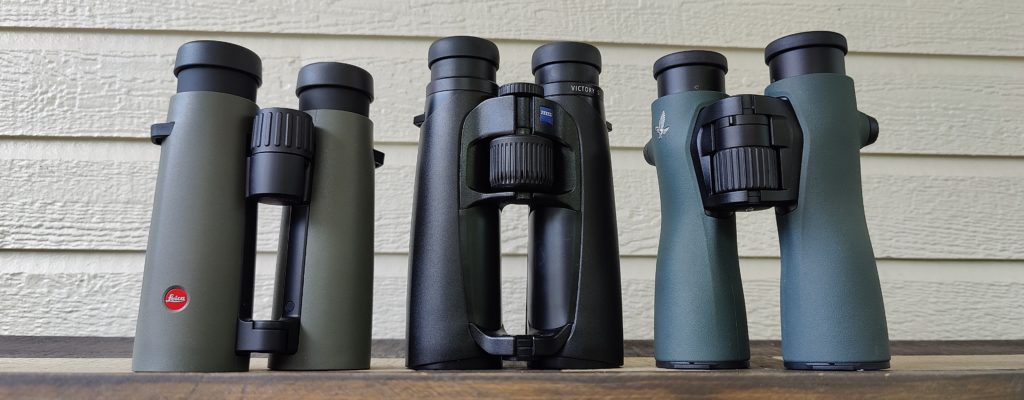
If you’ve made it this far, or just skipped to this part of the review, the alpha class is the pinnacle of optics- the best of the best binoculars in the world.
Leica Noctivid Binocular Review
Category Rank: #3
Leica Optics makes some of the best binoculars on the market, and the Noctivid is Leica’s best binoculars that they build. It shows as optically and functionally they are flat out amazing. They are packed with features that make you know you are holding a top tier pair of binoculars.
Optical Performance: Leica Noctivid Binocular Review
The Leica Noctivid binoculars feature some of the best color rendition you can get in a binocular. Brilliant, vibrant colors that are the best of this alpha group leave you with a definite WOW factor. If incredible colors are of the utmost importance to you when selecting the best binoculars for hunting or wildlife viewing, the Leica Noctivid binos can’t be beat.
The overall image clarity is also incredible as they give you a sharp, crystal-clear image with no chromatic aberration. With that being said, the edge-to-edge clarity is a little behind the others in this class, as the Leica Noctivid binoculars lose their sharp image on the outer 10% of the field of view which is a drawback for a binocular of this caliber. The Noctivid binoculars also have a significantly smaller field of view than the others in this group, and it wasn’t close in that arena.
Our group also noticed that they seem to lose their ability to resolve an image just before the Zeiss Victory binoculars. Now to be fair, we are talking about WELL past legal shooting hours, and it was VERY dark, so they are still a top performer, but since we are looking for the absolute best binoculars in the world, every little detail matters.
At the end of the testing, the group thought that our next contender, the Zeiss Victory SF binoculars, just BARELY edged out the Leica Noctivid binoculars in this battle of the best binoculars, but it wasn’t by much. Some of the testers gave the Noctivid binoculars the edge as well, so to some degree, it came down to personal preference.
Physical Features: Leica Noctivid Binocular Review
The Leica Noctivid binoculars have eye cups that really lock into place. In fact they are so tough to move, the first time I tried moving them, I thought there was something wrong. If you are looking for a super smooth, rolling eye cup, these are definitely not the ones for you. However, the benefit of the very unique 4 position eye cups is that they absolutely stay in place. They also give you an incredible 19 mm of eye relief- the best of the alpha glass. You also get a locking diopter, which is a must at this price point.
The focus wheel is nice and smooth, but since we are being nitpicky here, we did notice a little bit of play before they engaged. I was disappointed because, with a pair of binoculars of this caliber, I’d expect zero play. The focus wheel of the Noctivid binos is also located in the least comfortable position of the three in this category which isn’t a huge deal and something you’d get used to, but something we noted. The Noctivid binoculars feature a gorgeous, rubber armor (a limited edition green that is absolutely beautiful), and they are an open bridge design, making for a comfortable feel in-hand.
The Leica Noctivid binoculars are not threaded for a standard bino adapter, which is definitely a downside. I can’t understand why a top tier binocular wouldn’t be threaded for a stud. Additionally, the Noctivid binos are the heaviest of the binoculars in this class, but by less than an ounce, so it’s almost not worth mentioning.
Leica Noctivid Binocular pros: (Relative to Class)
- Incredible color rendition
- Incredible 19 mm eye relief
- Beautiful rubber armor
- Eye cups locking into place
- No chromatic aberration
- Locking diopter
Leica Noctivid Binocular Cons: (Relative to Class)
- Not threaded for a stud
- Edge-to-edge clarity
- Low light performance
- Heaviest
- Smaller field of view
Group Consensus: Leica Noctivd Binocular Review
The group gave the Leica Noctivid binoculars the #3 spot in this alpha group, but just by a hair. Some people voted them higher, but the majority thought they were just behind the Zeiss Victory SF binoculars overall. As I mentioned, we are being extremely nitpicky, but you kind of have to be at this level of glass. The group was blown away by the colors the Noctivid binos give you, along with the overall image quality and smoothness of the focus wheel. The small field of view, play in the focus mechanism, and low light performance are just behind the others putting the Noctivid binoculars in the #3 spot.
CHECK OUT OUR IN-DEPTH COMPARISON REVIEW OF THE SWAROVSKI NL PURE VS ZEISS VICTORY SF VS LEICA NOCTIVID for a lot more details!
Zeiss Victory SF
Category Rank: #2
Zeiss optics have long been known for their incredible glass, and the Zeiss Victory SF is their flagship pair of binoculars. These are the best binoculars Zeiss makes, and it shows. They are an incredible pair of binoculars that give you incredible performance and extreme comfort making them some of the best binoculars for hunting.
Optical Performance: Zeiss Victory SF Binocular Review
When you get to the class of the best binoculars in the world, it becomes harder and harder to make out the differences. The Ziess Victory SF binoculars give you such an incredible viewing experience, your eyes just relax into the glass. If you’ve ever used a pair of binoculars that has noticeable eye strain, you know exactly what I’m talking about here. The Zeiss Victory SF binoculars have zero eye strain, while giving you incredible color rendition and insanely low light performance, all in a super lightweight package.
The edge-to-edge clarity on the Zeiss Victory SF binos is extremely impressive, and only the outermost 5% of the field of view has any loss of clarity.
The low light performance is absolutely stunning on the Zeiss Victory SF binoculars as well. I didn’t know just how much to expect compared to a pair in the class below this one, but there is a very notable difference in performance. While our group didn’t think the Zeiss Victory SF binos quite kept up with the Swarovski NL Pure binos, the group thought they out-performed the Leica Noctivid ones by just a fraction.
All of them are incredible, and all of them perform amazingly well WAY past legal shooting light, but again, we are being extremely critical here, trying to find the differences. The Victory SF binoculars are able to resolve an image later into the dark hours of the evening slightly better than the Lieca Noctivid binos. It was close, but the Ziess Victory SF binoculars received the most votes for the #2 spot in this group.
The field of view you get with the Zeiss Victory SF binos is fantastic. In fact, were it not for the insane field of view of the Swarovski NL Pure binoculars, the Victory SF binoculars would have easily won this category.
As you’d imagine with a top tier pair of binoculars, the color contrast is incredible, but this is an area where the group felt that the Leica Noctivid binos out-performed the Zeiss Victory SF binos. That’s not to say the Victory ones were a slouch by any stretch, but colors popped just a little more with the Noctivid binoculars. Leica is known for their incredible colors, so this is no huge surprise.
Physical Features: Zeiss Victory SF Binocular Review
The Zeiss Victory SF binoculars are so balanced i- hand, and the focus wheel is positioned perfectly. Your hand just melts into these binoculars. Yes, they are larger and longer than the others, but because of that, they are super balanced. They have a great locking diopter, and open bridge design that makes it super comfortable for your hands with very comfortable, smooth eye cups. There isn’t much to dislike about the appearance, feel or functionality of the Victory SF binoculars.
Ziess Victory SF Binocular pros:
- Incredible clarity
- Very balanced in hand feel
- Lightweight
- Smooth, comfortable eye cups
- Tons of eye relief
- No chromatic aberration
- Locking diopter
- Low light performance
- Great edge-to-edge clarity
Zeiss Victory SF Binocular Cons:
- Not threaded for an adapter stud
- Longer/taller than the others
- Slightly grainy feel in the focus wheel
Group Consensus: Zeiss Victory SF Binocular Review
There issn’t a soul in the group who wouldn’t love to take home these Zeiss Victory SF binoculars. The group handed the Victory SF binos the overall #2 spot in this monster 26 binocular review, which is nothing to be ashamed of. The very minute differences in low light performance and edge-to-edge clarity are really the only things that stopped the Victory SF binoculars from taking the top spot. The group unanimously agreed, these are INCREDIBLE binoculars!
CHECK OUT OUR IN-DEPTH COMPARISON REVIEW OF THE SWAROVSKI NL PURE VS ZEISS VICTORY SF VS LEICA NOCTIVID for a lot more details!
Swarovski NL Pure
Category Rank: #1
We finally reached the top- the absolute best of the best and overall best binoculars we tested. None of us had ever had a chance to do much testing with the NL Pure binoculars prior to this review (they had just come out), but we all had high hopes, and just like we thought, the Swarovski NL Pure binos didn’t disappoint.
Optical Performance: Swarovski NL Pure Binocular Review
I don’t think anybody questioned whether or not Swarovski would put out anything but a phenomenal new binocular, the best binoculars you can buy, but I don’t think everyone expected them to be quite this good.
The overall image clarity was notably the best binoculars in the bunch we reviewed. Now again, since we were looking through incredible glass all the way around, when I say “notably,” the differences are very small. The Swarovski NL Pure binoculars’ ability to resolve an image was just a bit better than the others. There wasn’t anything finer that we tested. Chromatic aberration is non-existent, as with all of the binoculars in this category, and they have absolutely zero eye strain with a crisp, color contrast and edge-to-edge clarity. These are hands down the best binoculars out there!
The field of view that the Swarovski NL Pure binoculars give you is nothing short of amazing- 399 feet at 1000 yards which is unheard of. Somehow, Swarovski managed to build a binocular with a gargantuan field of view, insanely sharp image, the classic high-contrast Swarovski image, and flawless edge-to edge-clarity.
Edge-to-edge clarity is nothing short of mind-blowing, particularly given the incredible field of view. During testing, we had the NL Pure binoculars looking over a vast valley, and from one edge of the image to the other, it was absolutely perfect. Truly incredible! If you are looking for the best binoculars for hunting in the edge-to-edge clarity department, the NL Pure binoculars are for you.
The color contrast is remarkable as you would expect, with a bright image and high contrast that you get with Swarovski glass. There is no suprise there. However, the unbelievable part is just how good these are in low light. They are simply the best binoculars out there for low light conditions. In fact, our group tested these and the others WAY past legal shooting light to determine the best binoculars in low light (it was kind of ridiculous how dark it was), but the NL Pure binos came out on top.
Physical Features: swarovski NL Pure Binocular Review
The Swarovski NL Pure binoculars have a new and very unique design with the shape of the barrels. They are severely tapered as you can see in the picture above, to make handling super easy and comfortable. I don’t know that I personally love it, but I don’t hate it either. If it were me, I prefer the way the Zeiss Victory SF binoculars feel in hand a bit more.
The Swarovski NL Pure binoculars also don’t have a locking diopter, which seemed like a big downside at first, but after using them, I really didn’t see it as an issue at all. It’s perfectly designed to be out of the way, unable to be accidentally bumped. The other unique feature about the Swarovski NL Pure binos is that the eye cups feature an incredible 7-position, twist-up eye cup. Another amazing new attribute from Swarovski!
Swarovski NL Pure Binocular pros:
- Best in class clarity
- Low light performance
- Edge-to-edge clartiy
- 7 position eye cups
- Incredible all-around performance
Swarovski NL Pure Binocular Cons:
- On the heavier side (30 oz)
- Price
Group Consensus: Swarovski NL Pure Binocular Review
After extensive testing, the group crowned the Swarovski NL Pure the best binoculars in the world. They have insane low light performance, a great ergonomic feel, perfect edge-to-edge clarity, amazing new 7-position eye cups, and the most incredible field of view any of us has ever seen, putting the Swarovski NL Pure binoculars in the top spot. You will definitely pay the price for these, but then again, if you are looking at alpha glass you expect to.
CHECK OUT OUR IN-DEPTH COMPARISON REVIEW OF THE SWAROVSKI NL PURE VS ZEISS VICTORY SF VS LEICA NOCTIVID for a lot more details!
Check out The Best Binoculars In the World In Our Video Review
Our Picks For Each category
Best Binoculars – Biggest Surprise
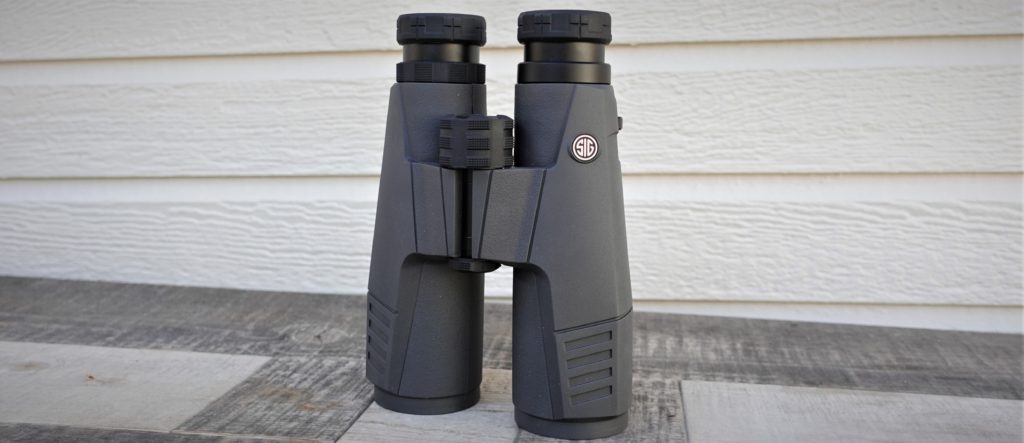
Sig Sauer Zulu9
I don’t think too many folks expected the Sig Zulu9 binoculars to be this good. They are FANTASTIC! Great edge-to-edge clarity, image resolution and field of view with low light performance that was top tier. They may not have taken home any “best of” awards, but for being near the lower end price wise, these perform near the top of their respective category.
Runner Up: Meopta Meopro Air
Best Binoculars: $500 Category

Athlon Cronus UHD
Once again, Athlon Optics surprised the group with incredible performance well beyond their price point. The Athlon Cronus UHD binoculars give you an incredible image, amazing edge-to-edge clarity for the price, and even a locking diopter.
Runner Up: GPO Passion ED
Best Binoculars: $1,000 Category
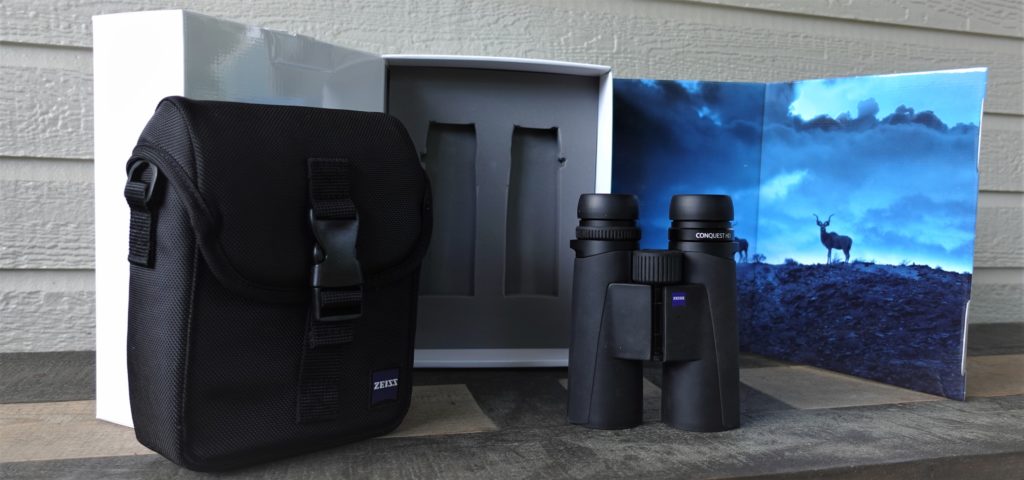
Zeiss Conquest HD
The Ziess Conquest HD binoculars took the top spot in the $1000 category for their superb image clarity, best in class low light performance, lack of noticeable chromatic aberration, and great build quality. The eye cups are definitely not a favorite, but the optical performance is outstanding.
Runner Up: GPO Passion HD
Best Binoculars: $1,500 Category

Vortex Razor UHD
I’ll have to admit, I wasn’t expecting this one, but the Vortex Razor UHD binoculars flat out-performed in this category. While the Sig Zulu9 binos just BARLELY topped them in low light performance, their excellent edge-to-edge clarity, amazing low light performance, and crystal clear image is impressive. Vortex really stepped up their game with the Razor UHD line.
Runner Up: Sig Sauer Zulu9
Best Binoculars: Alpha Class
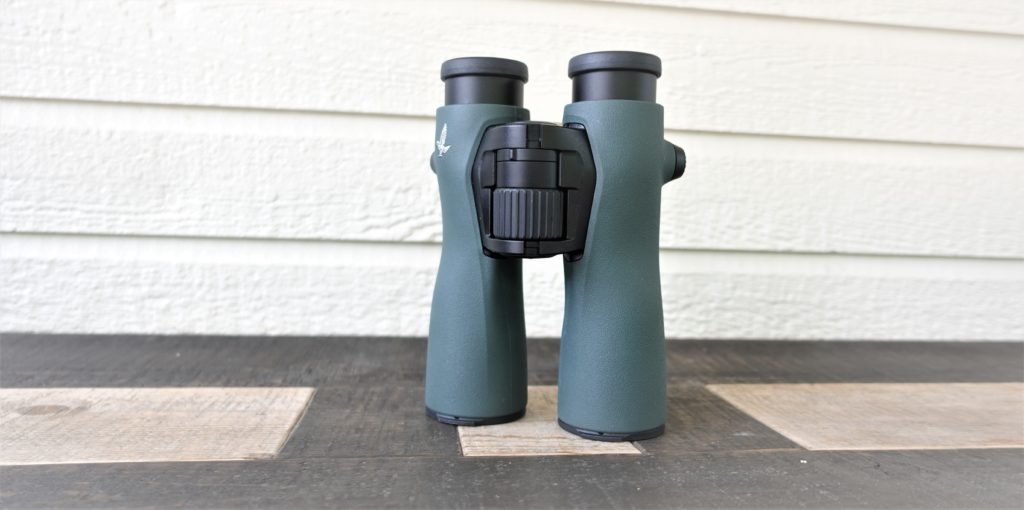
Swarovski NL Pure
The NL Pure binoculars unanimously ran away with the #1 spot for best binoculars on the planet. They received a first place ranking across the board, and were the only binocular to unanimously rank #1 in its class. They are that good. The Swarovski NL Pure binoculars edged out the competition with their insane field of view, best-in-the-world low light performance, and unreal edge-to-edge clarity. All of the alpha glass binoculars are amazing, but there has to be a winner, and the NL Pure binoculars ran away with the top spot.
Runner Up: Zeiss Victory SF
Best Binoculars: Overall Value

Athlon Cronus UHD
The Athlon Cronus UHD binoculars were a big surprise in our search for the best binoculars for the money. A lesser known brand that is big on performance, Athlon makes a fantastic pair of binoculars that are priced extremely well at just $499, especially given their execution. Amazingly, these Athlon Cronus UHD binos out-performed some of the binoculars in the $1000 price category.
Runner Up: Tract Toric UHD
Best Binoculars For Hunting: Conclusion
PHEW!! That was a lot of binoculars to evaluate, but it was also a TON of fun. Comparing 26 of the top binoculars on the market side-by-side in order to find the best binoculars for hunting or wildlife viewing, as well as value for the money, was incredibly enlightening. I’m pretty sure we are all ruined for life now when it comes to good optics! No matter your intended use, I hope you found this review helpful in making the decision about what the best binoculars are for your specific needs.
Subscribe to Backwoods Pursuit to get Your FREE Backcountry Gear Worksheet!!!
Dial in your gear list, calculate your pack weight, and lighten up your pack with this handy tool!




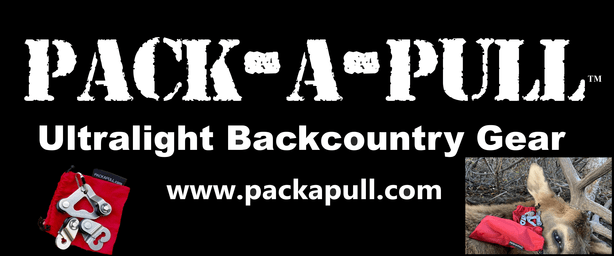

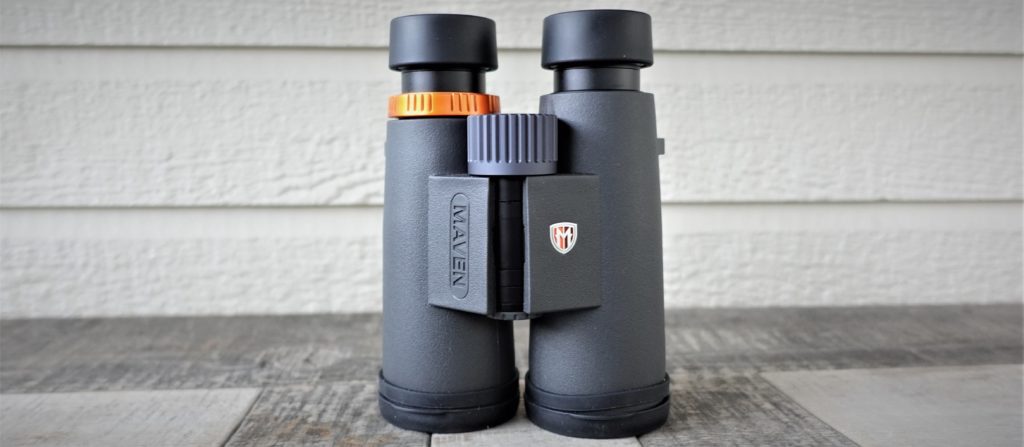


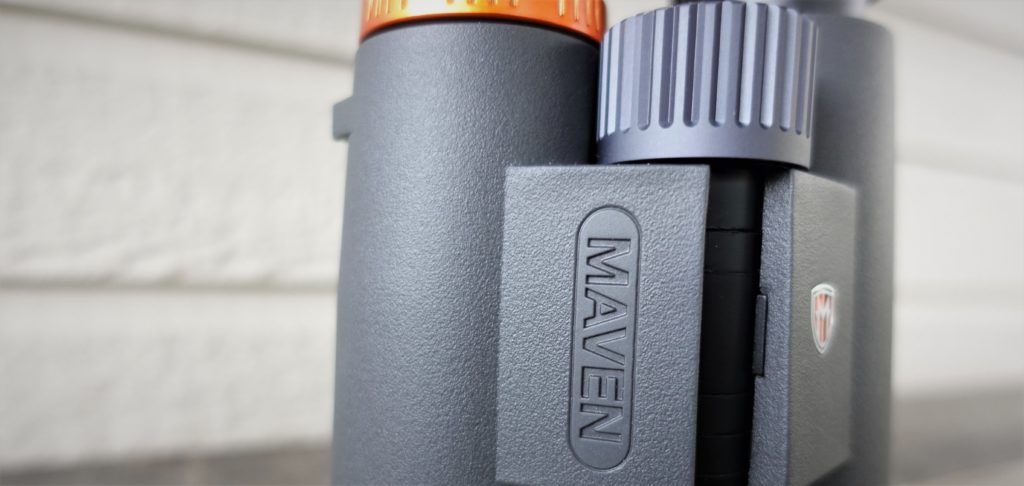



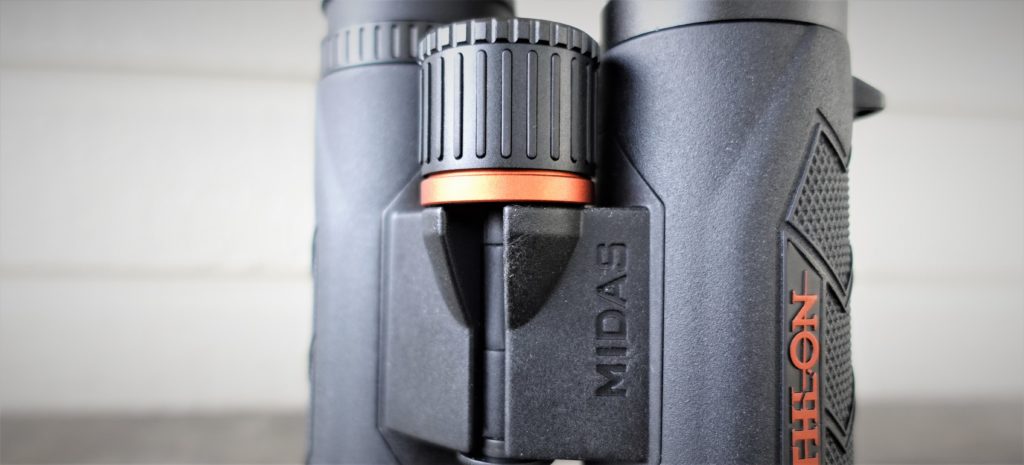
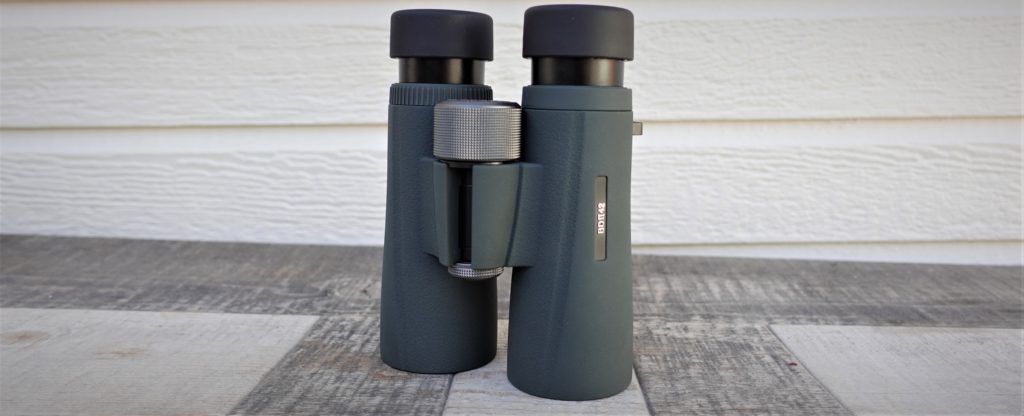

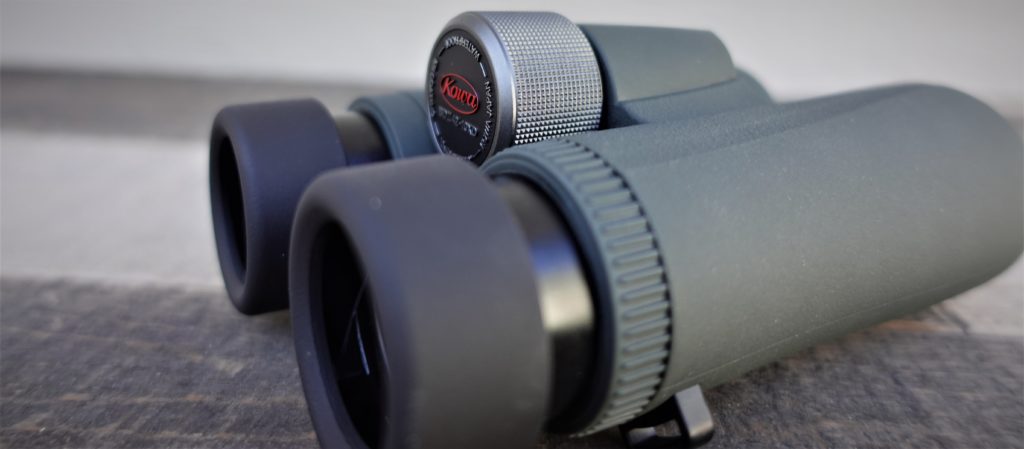

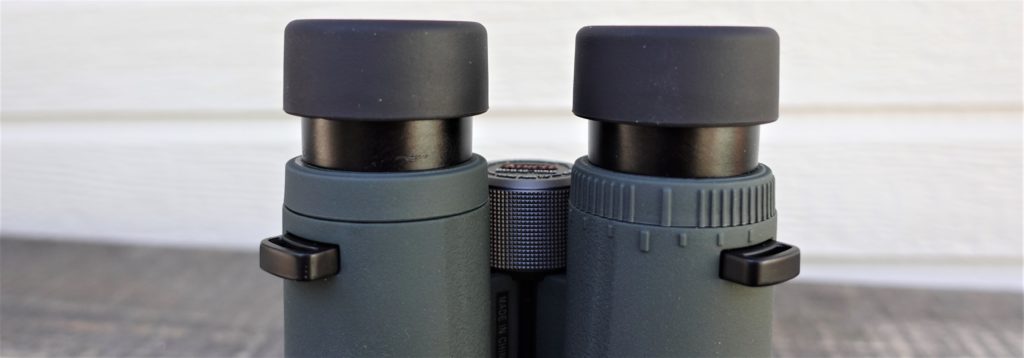
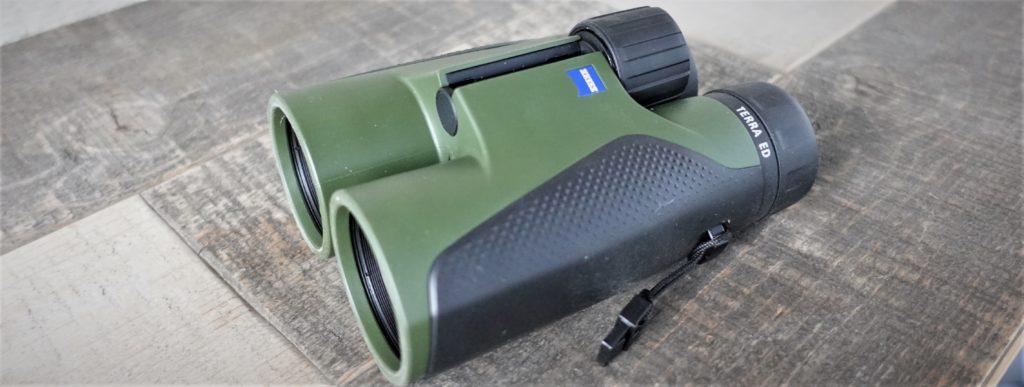
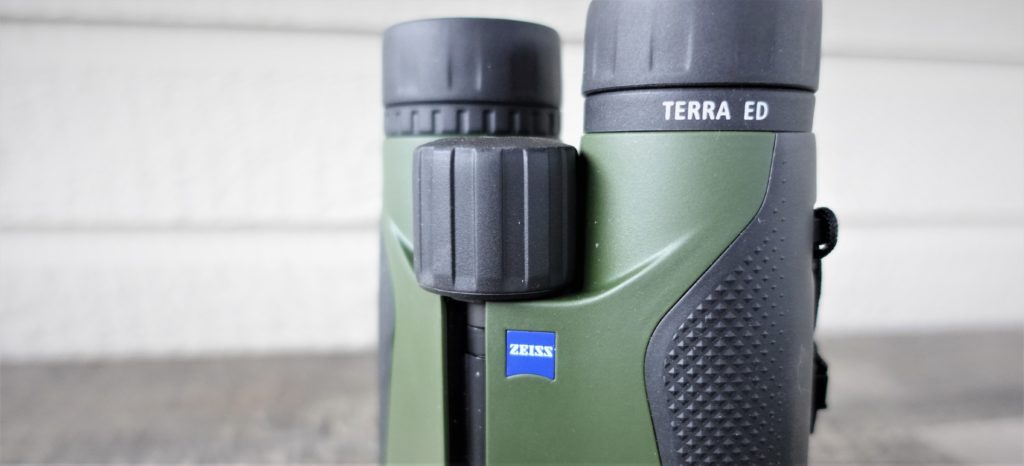

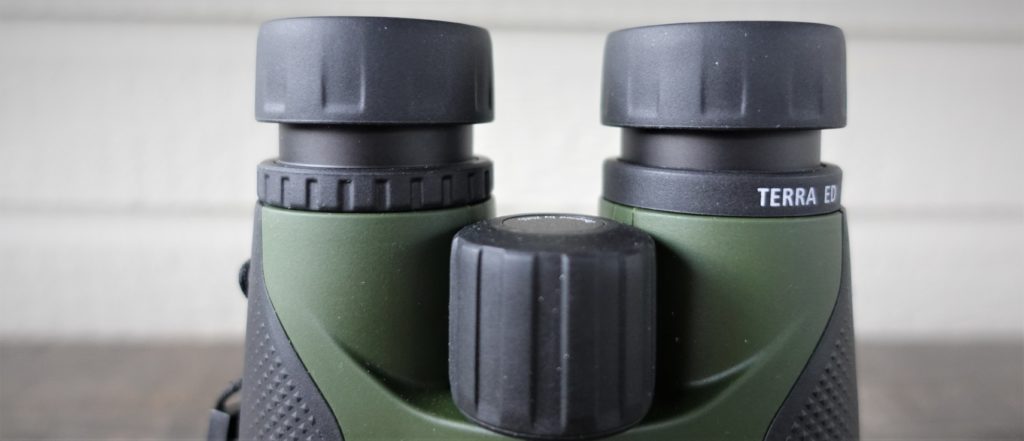
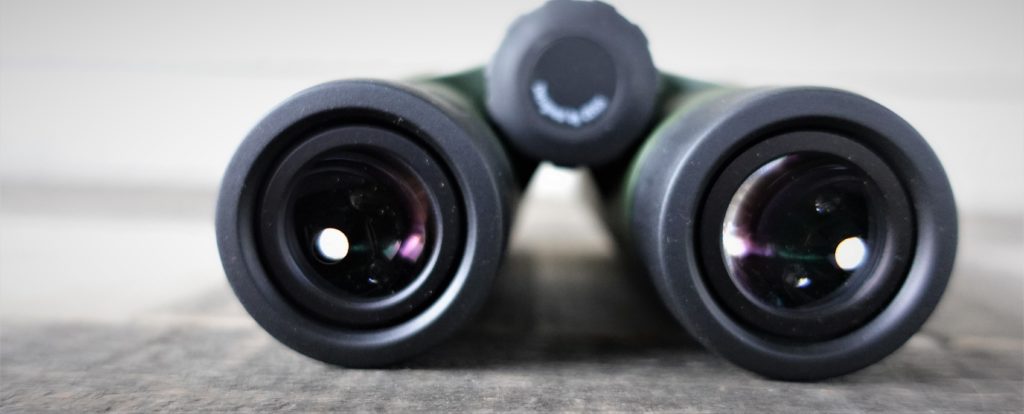
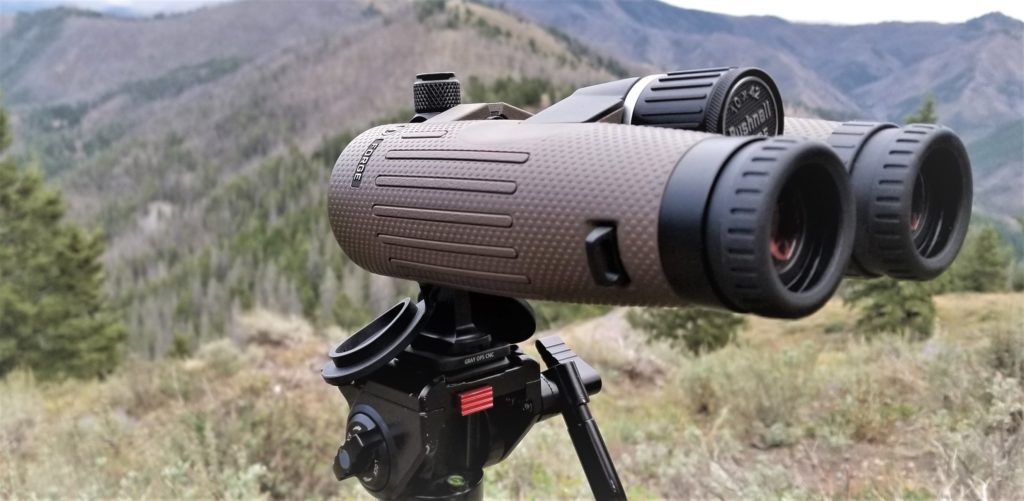


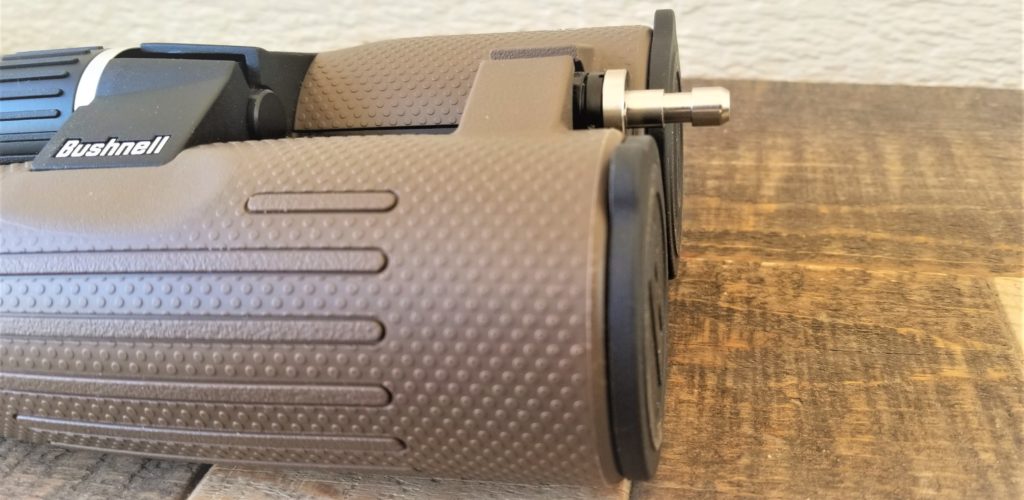
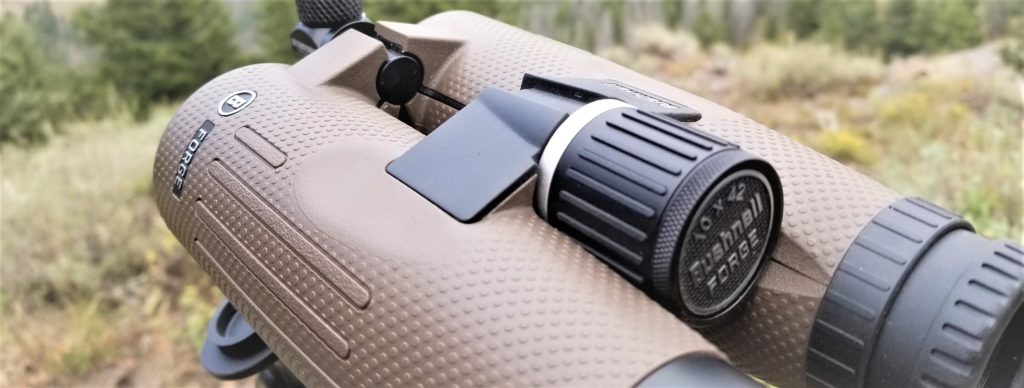
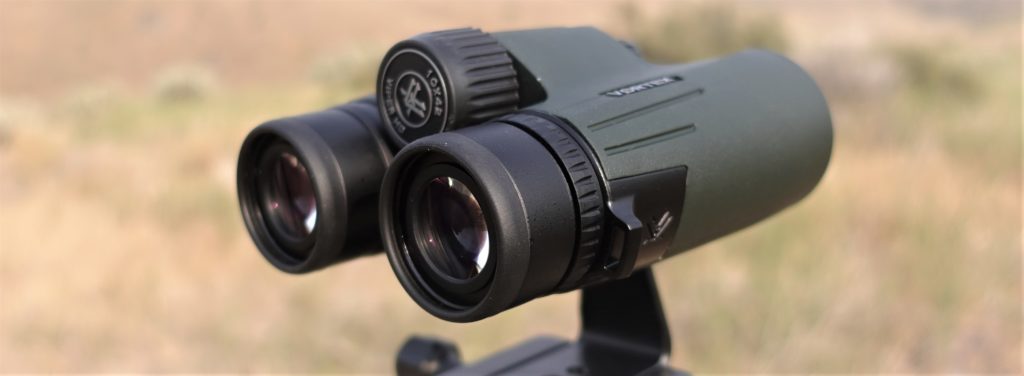


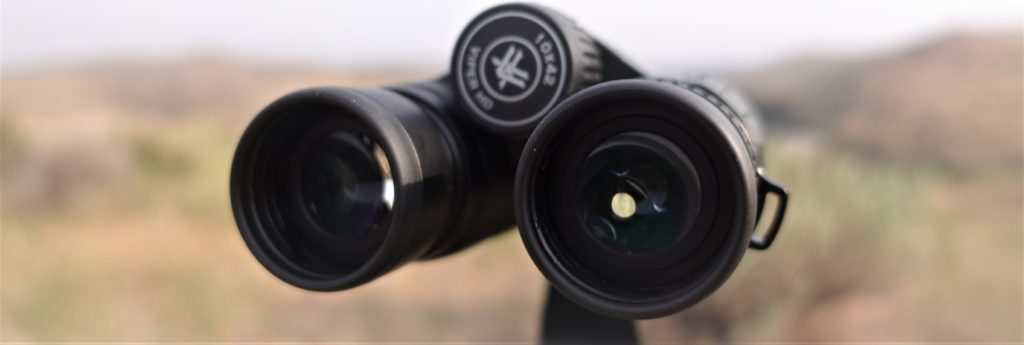
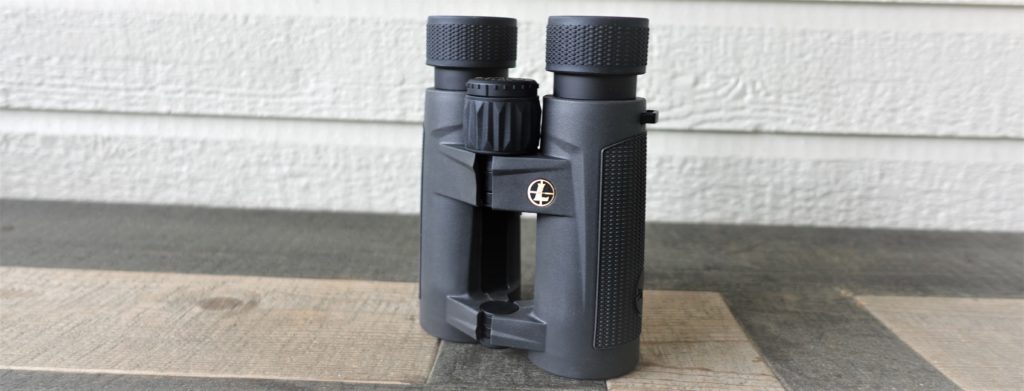
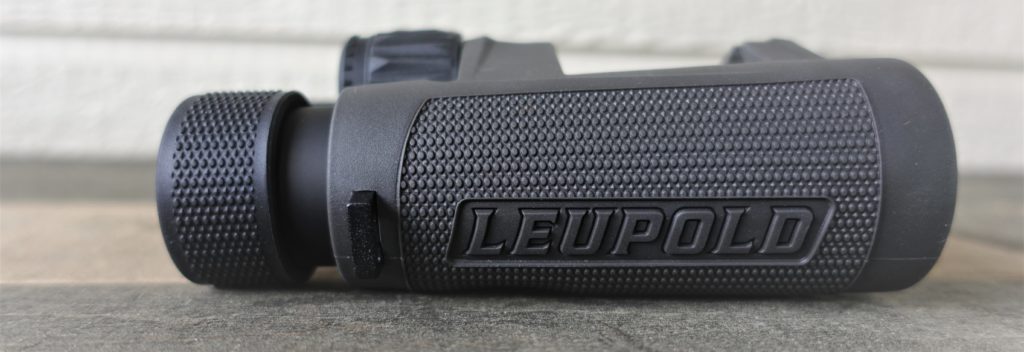
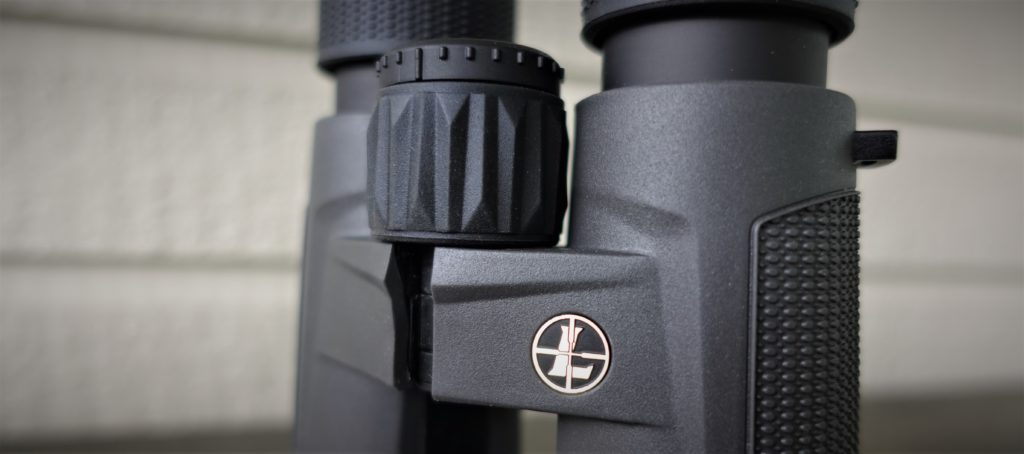

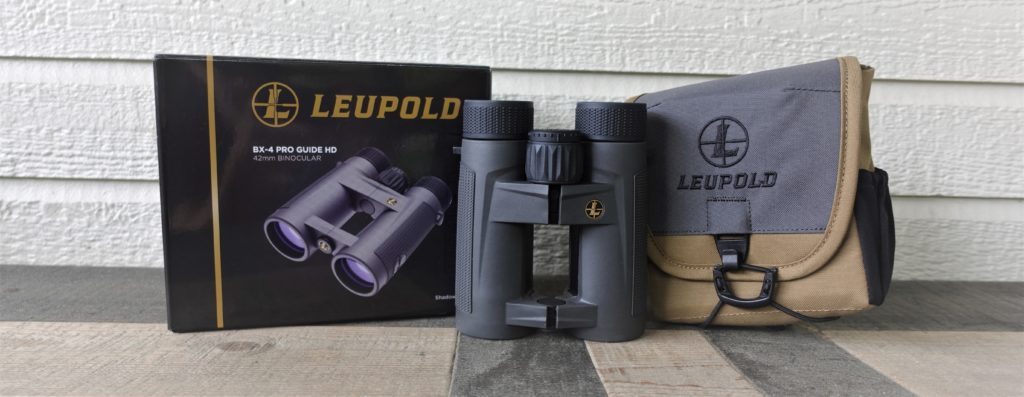
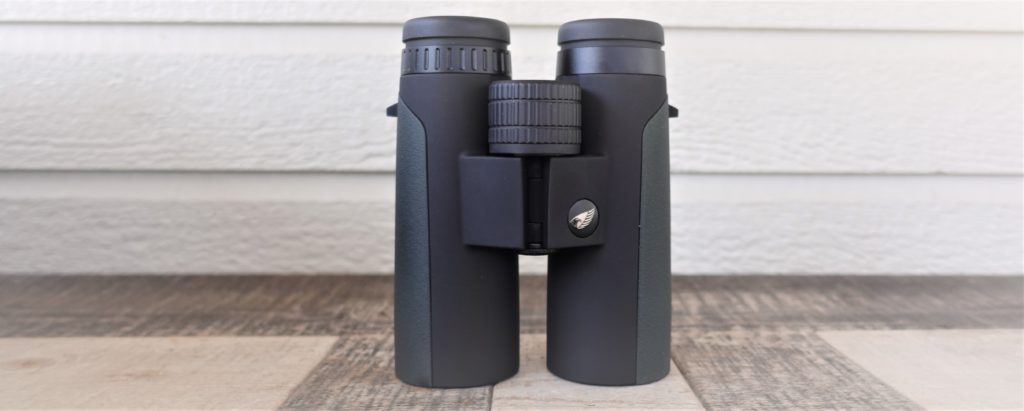
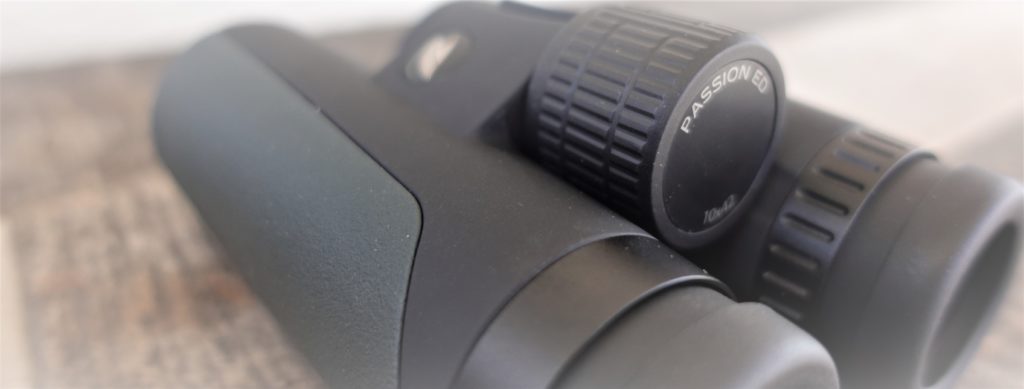


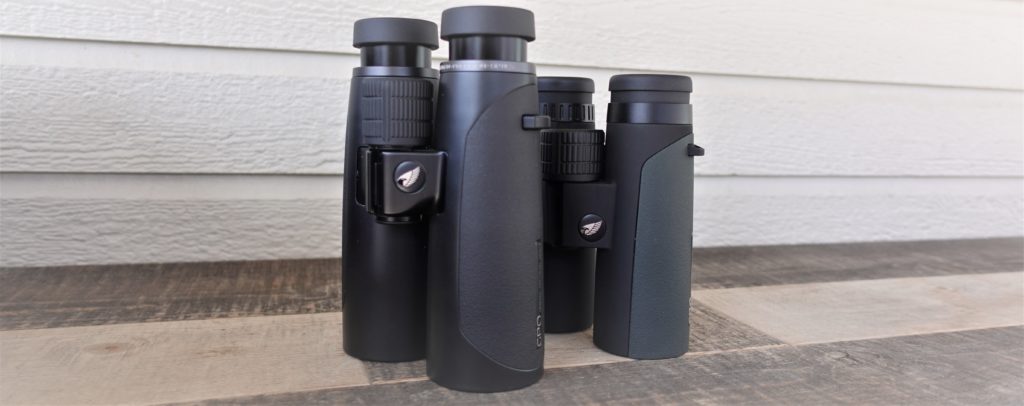



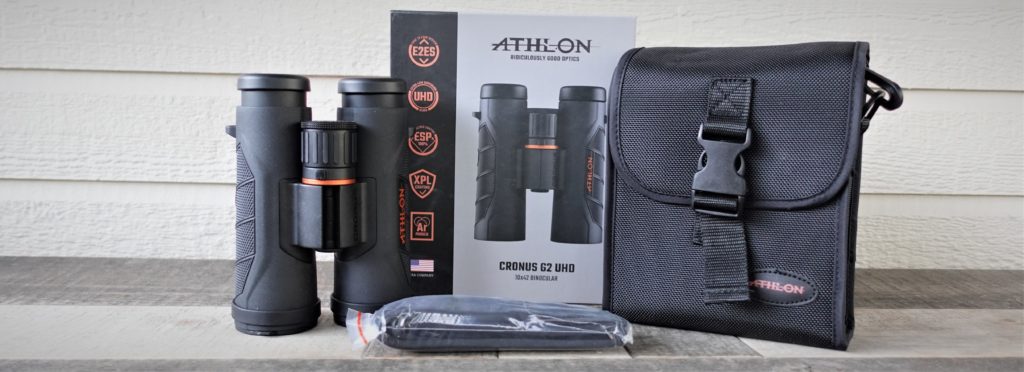


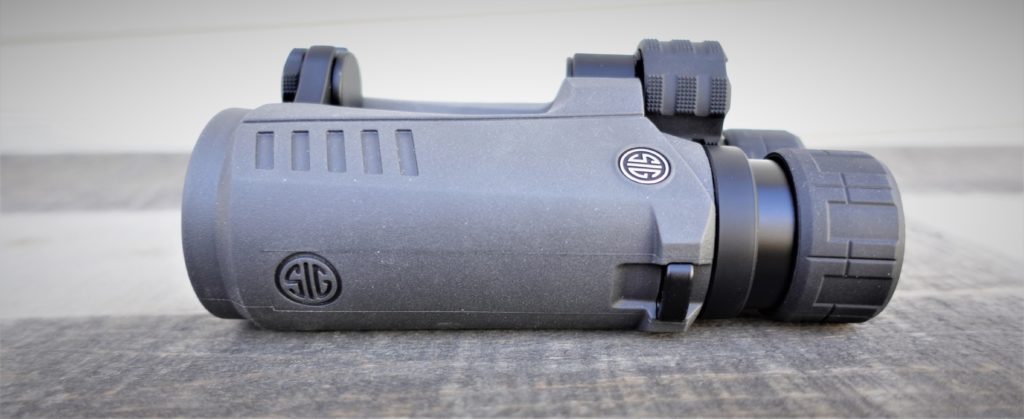


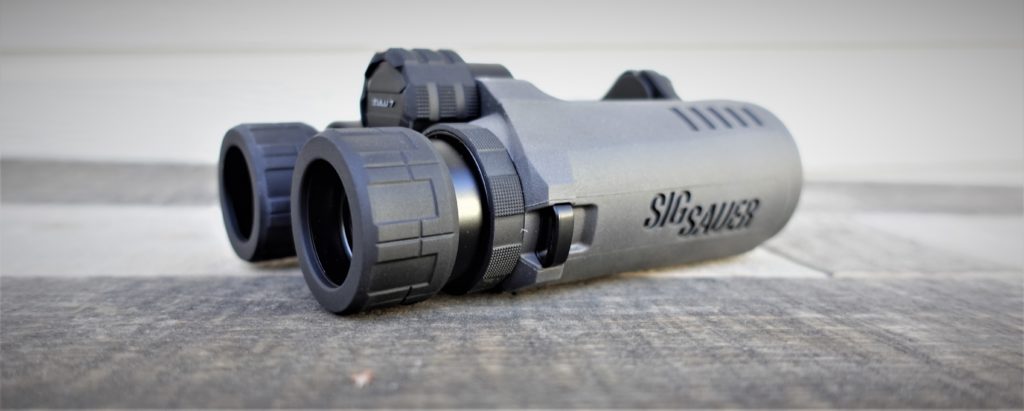
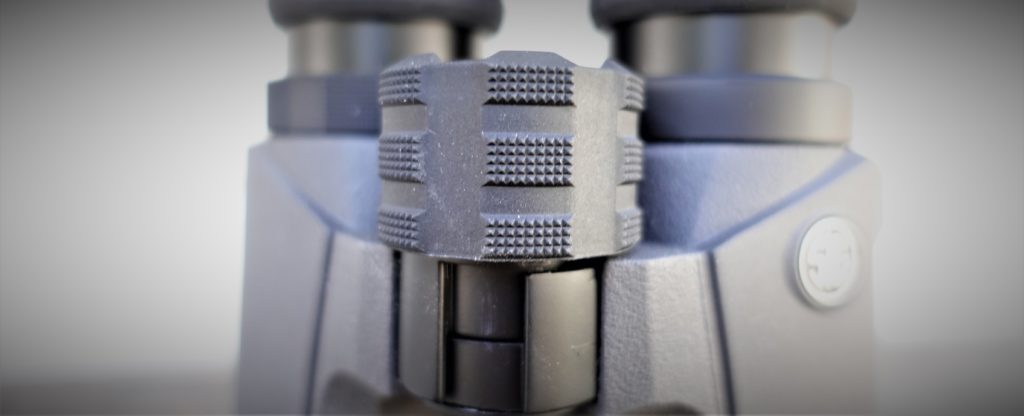
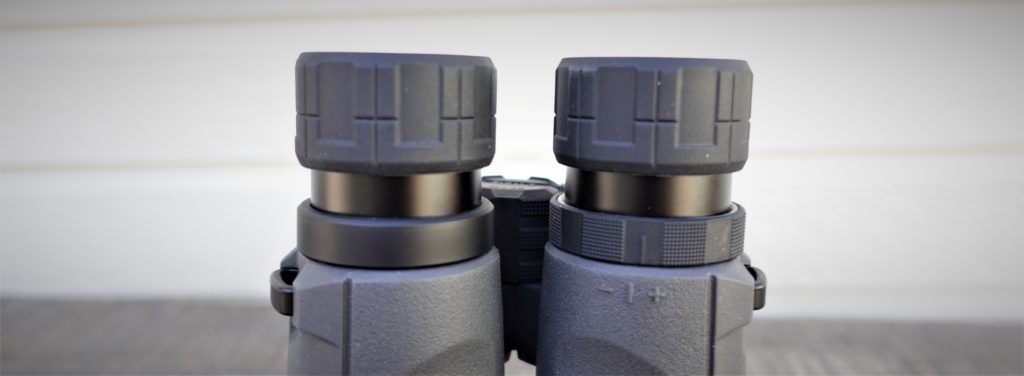
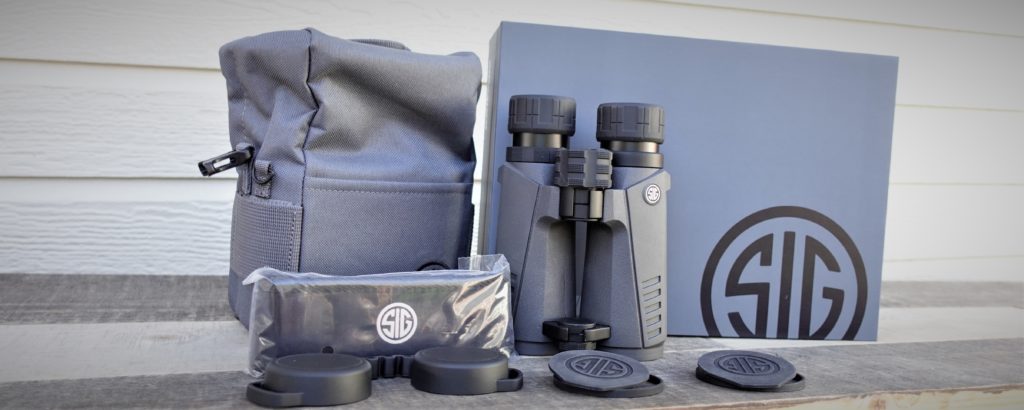
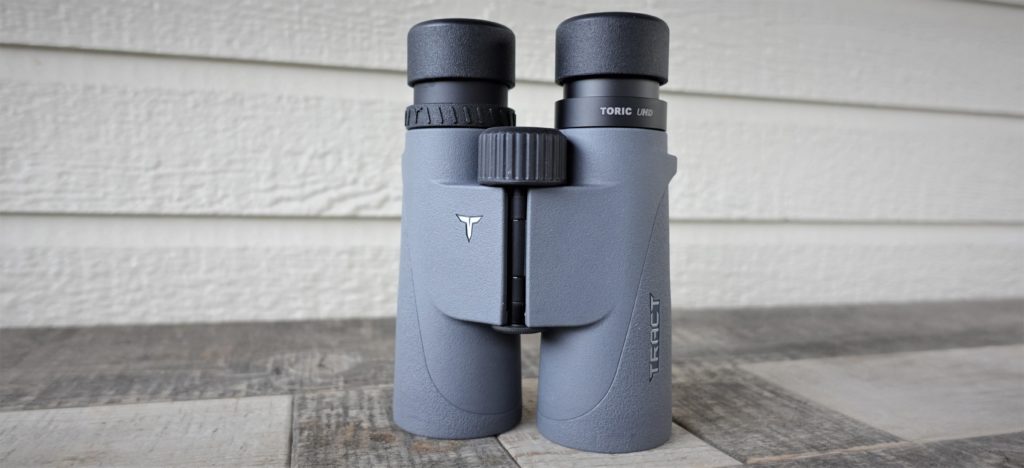
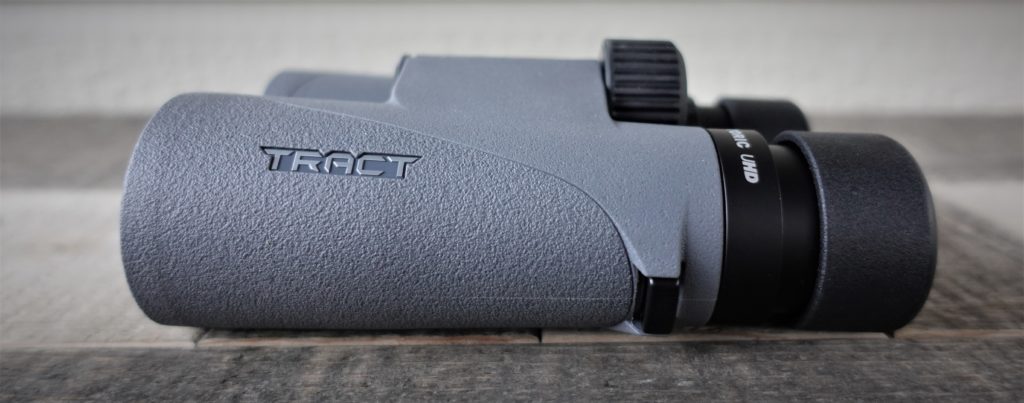

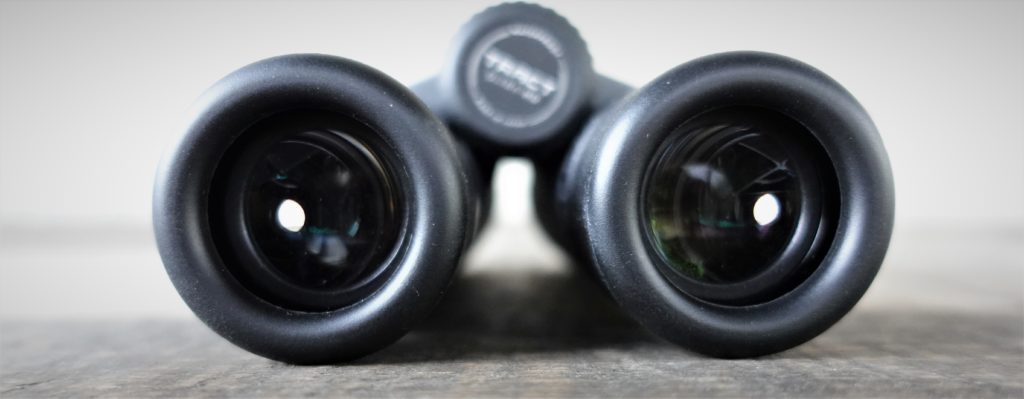
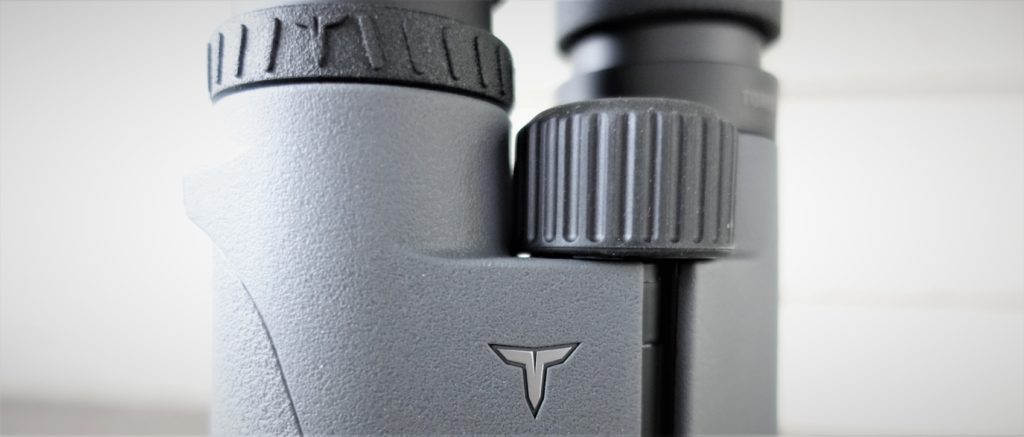
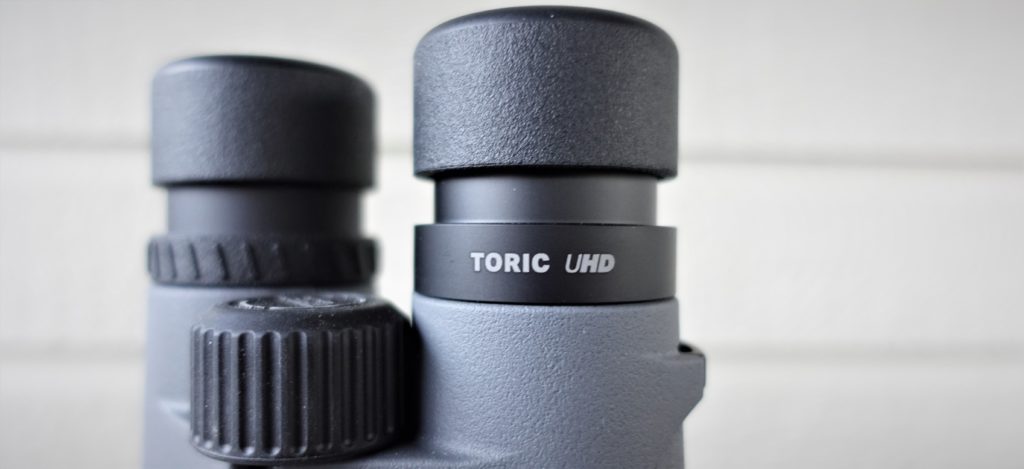




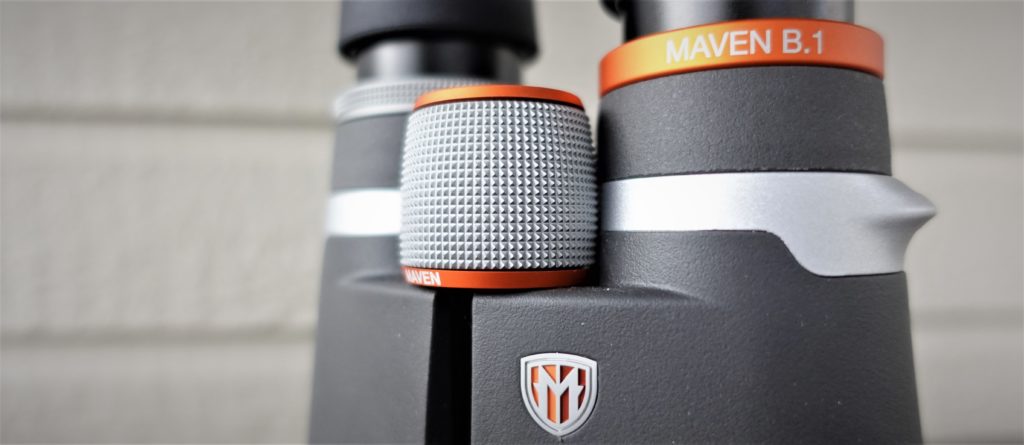
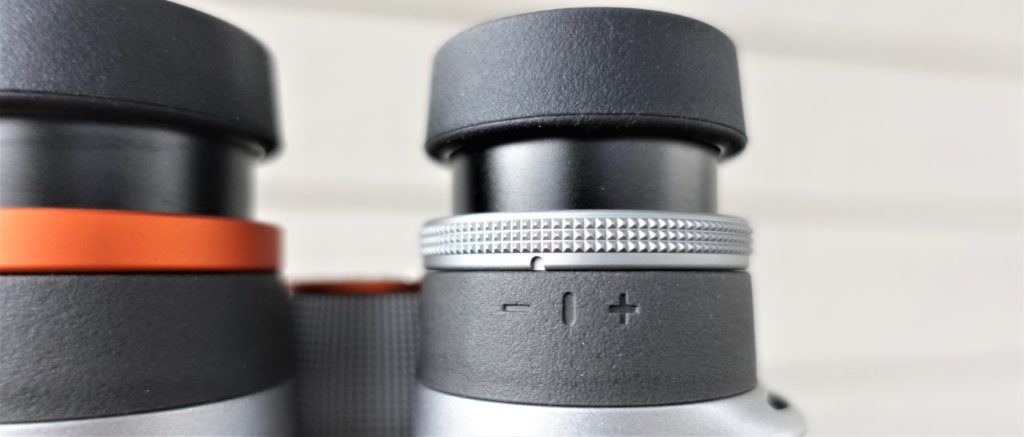
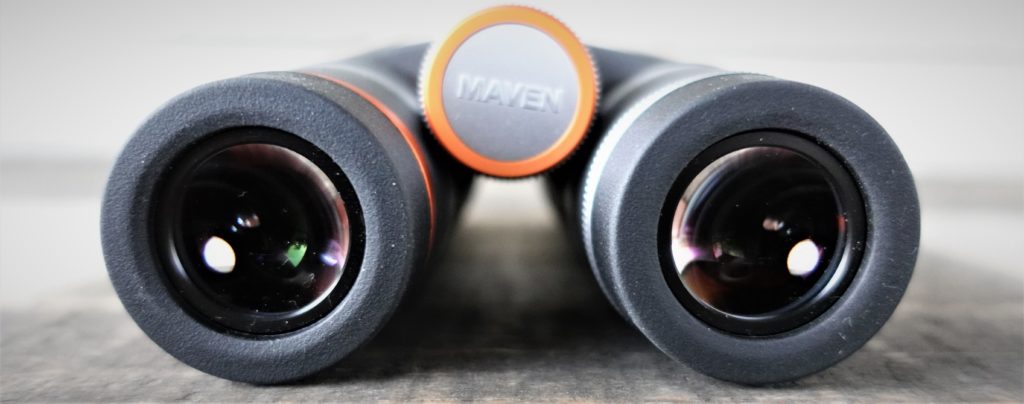
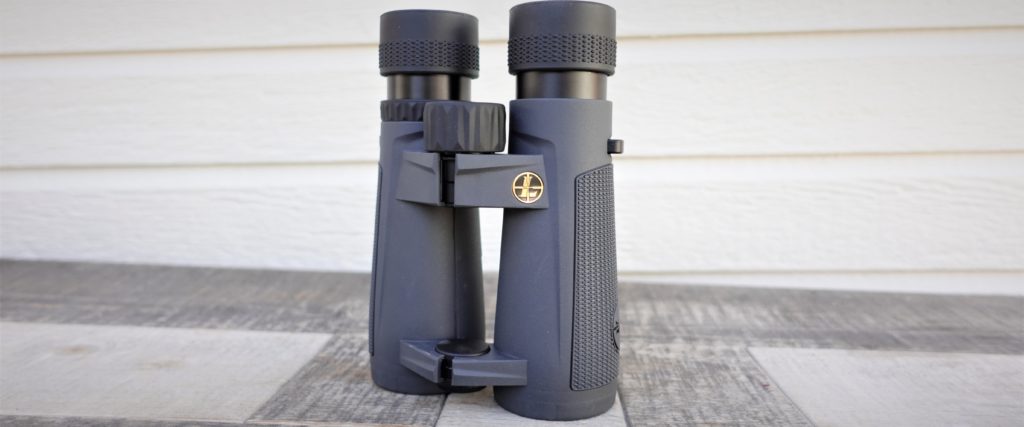


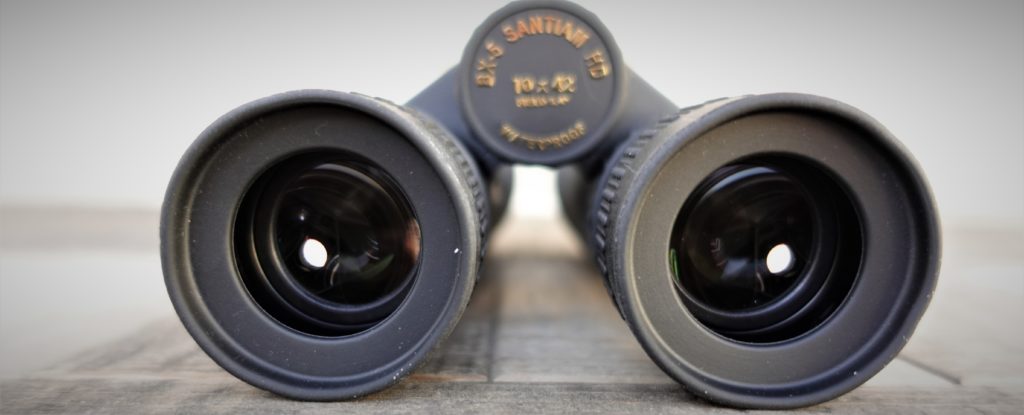




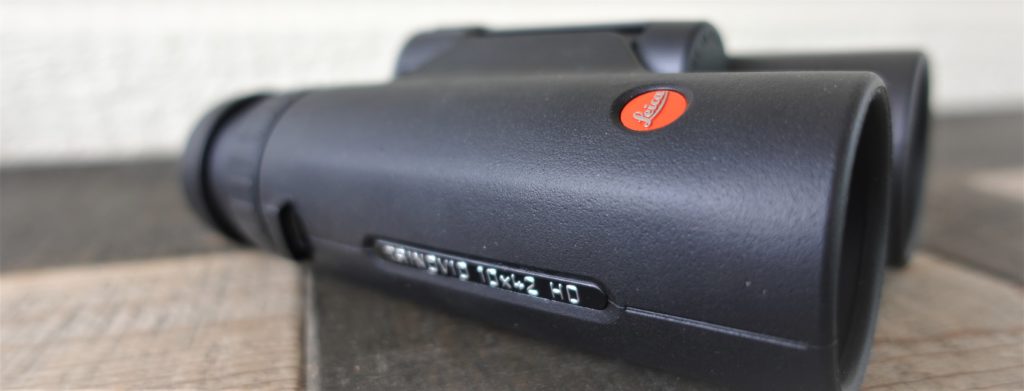
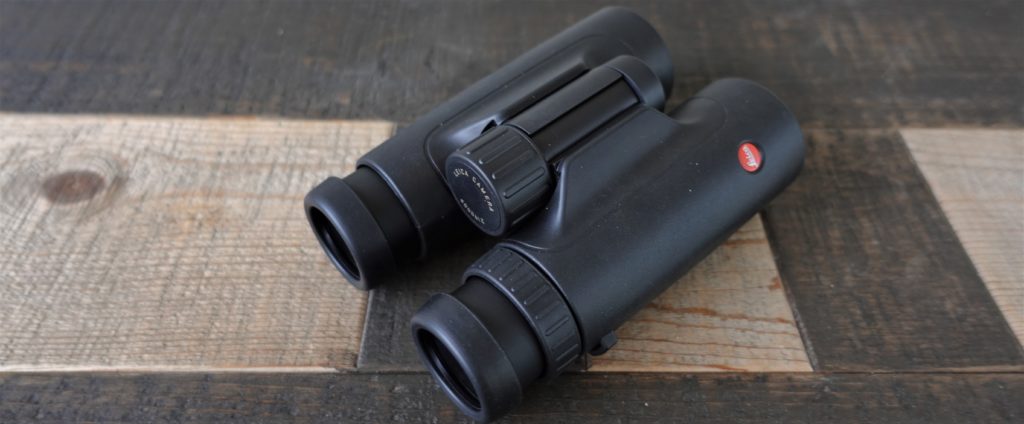
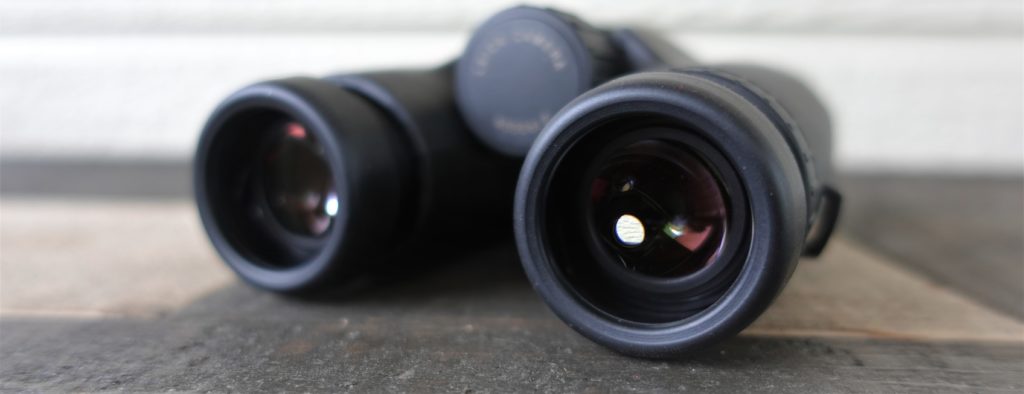


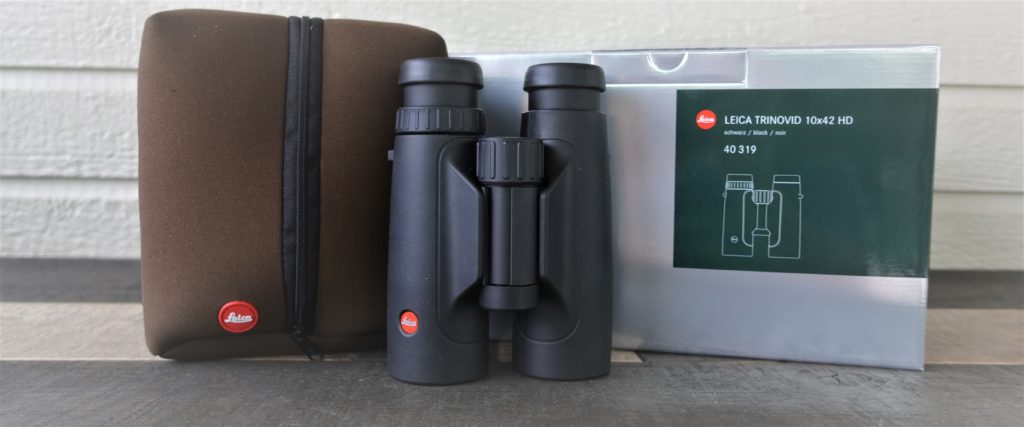
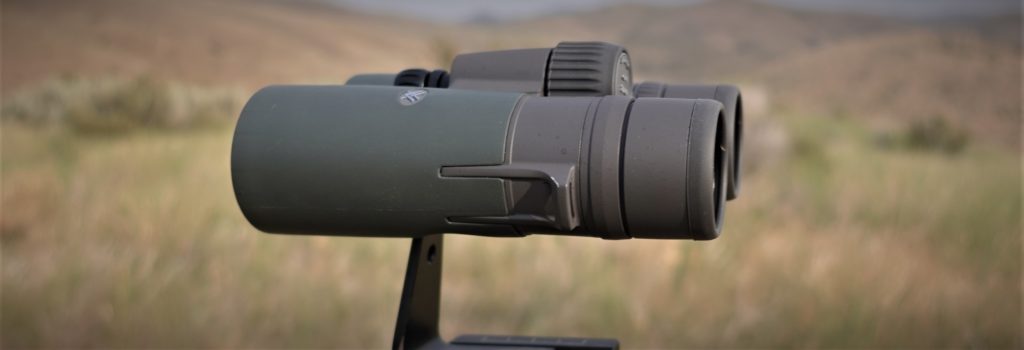


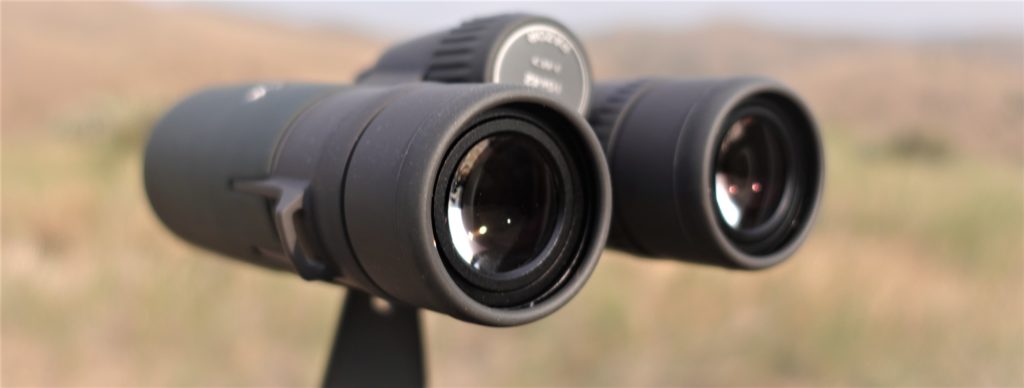
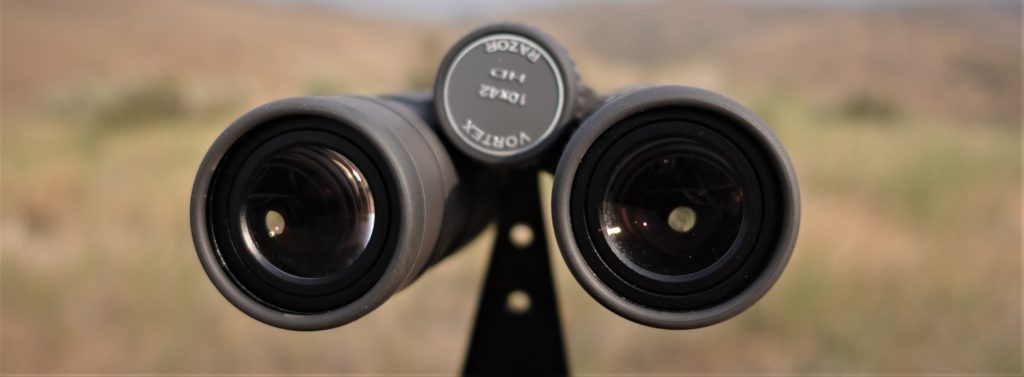

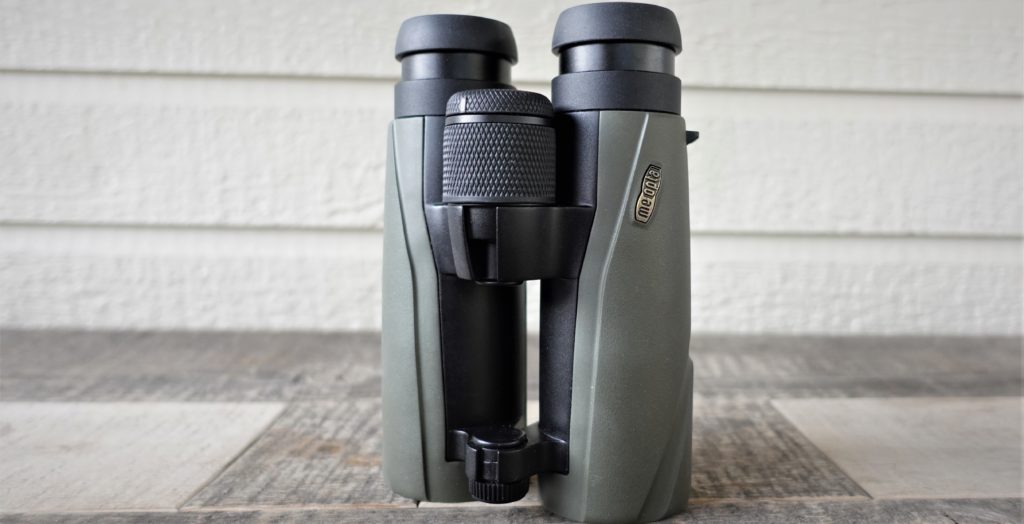
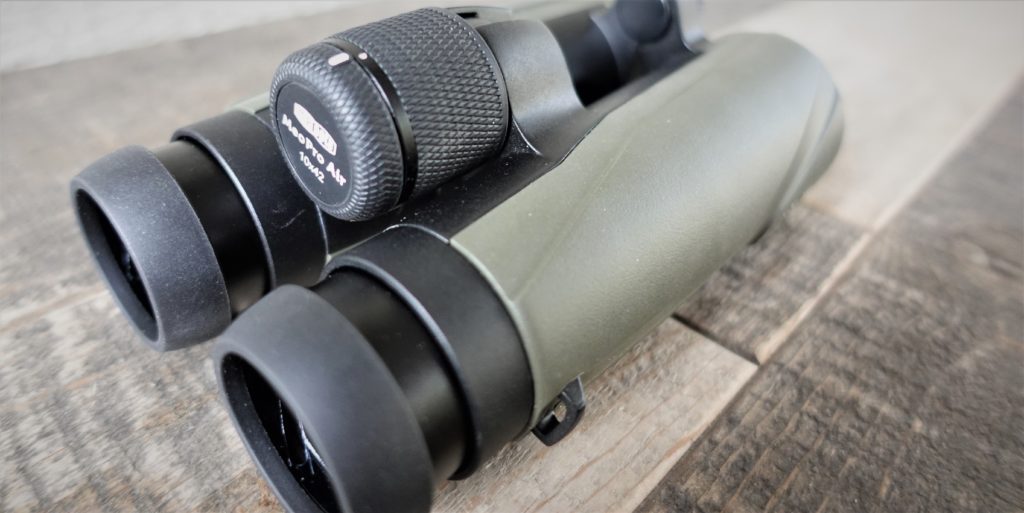

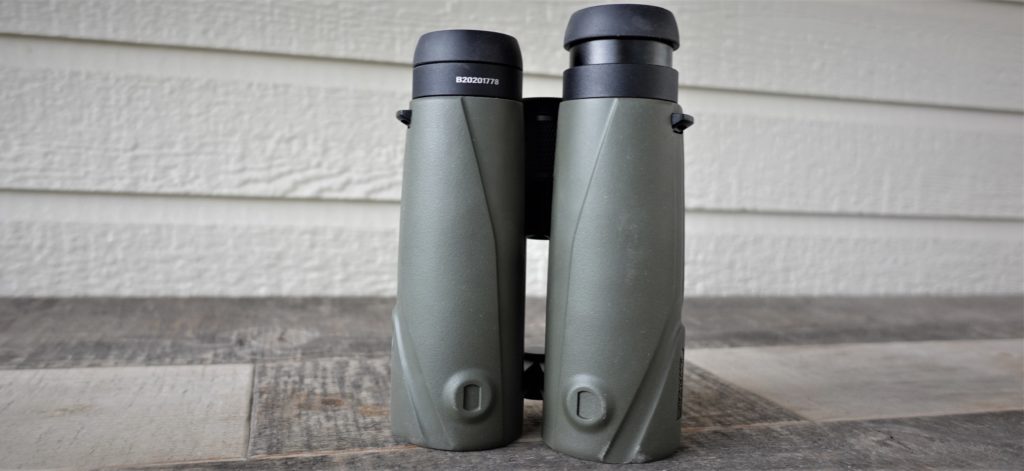

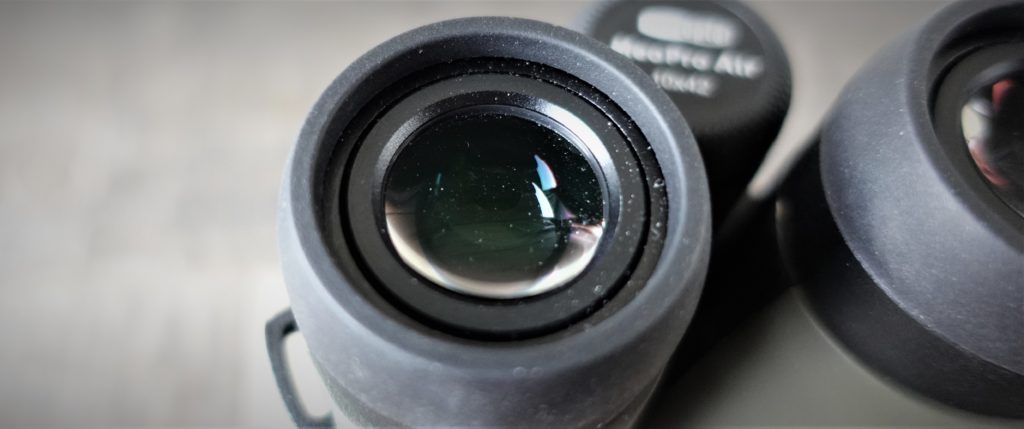
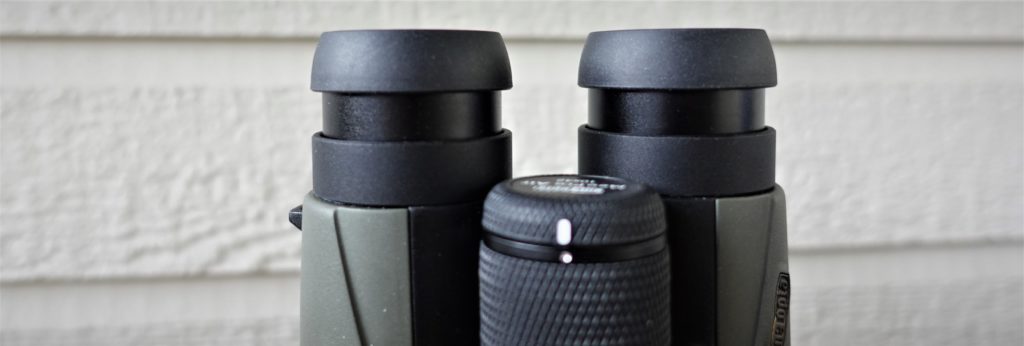
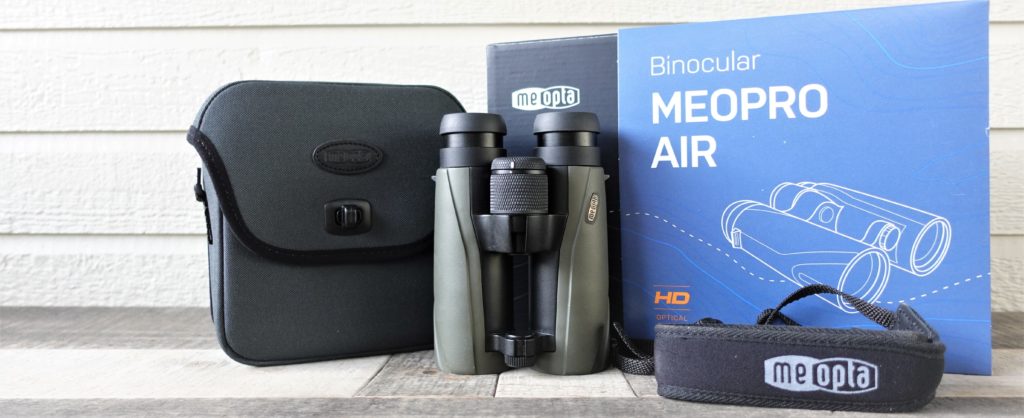
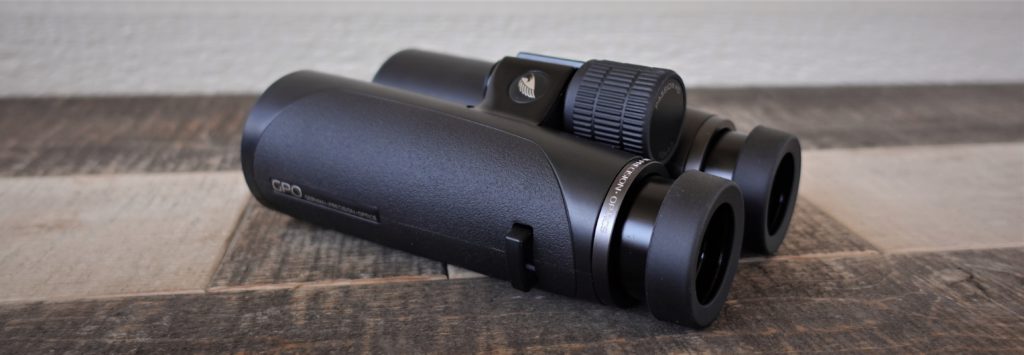
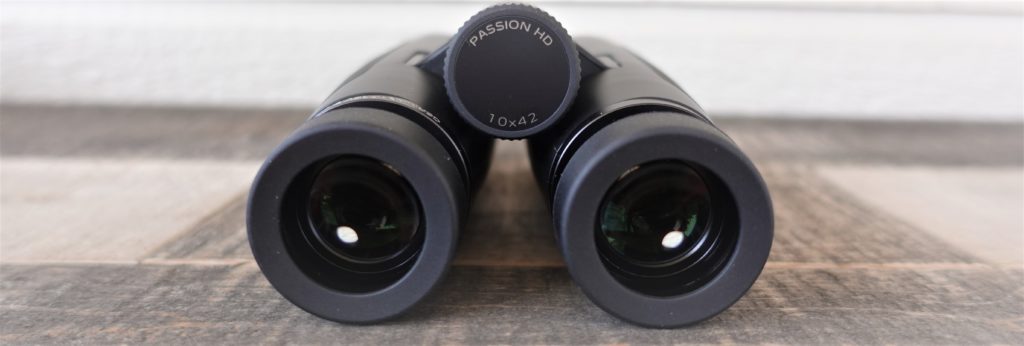
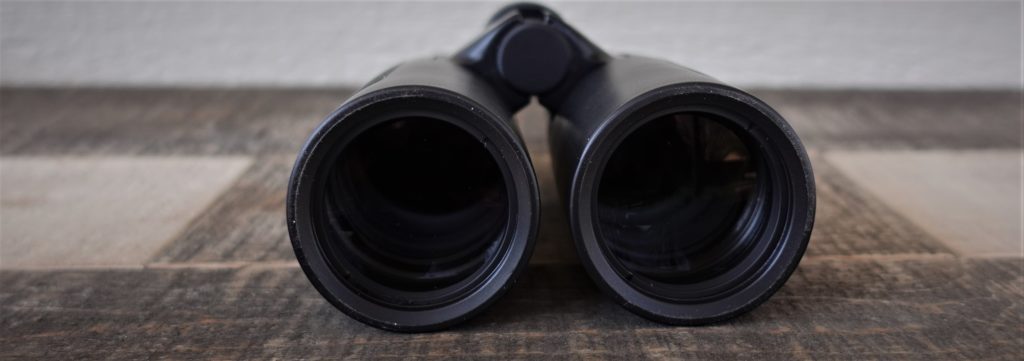


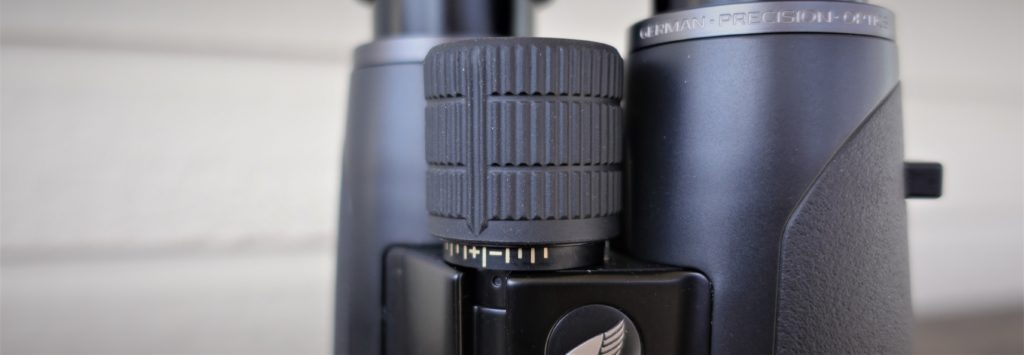
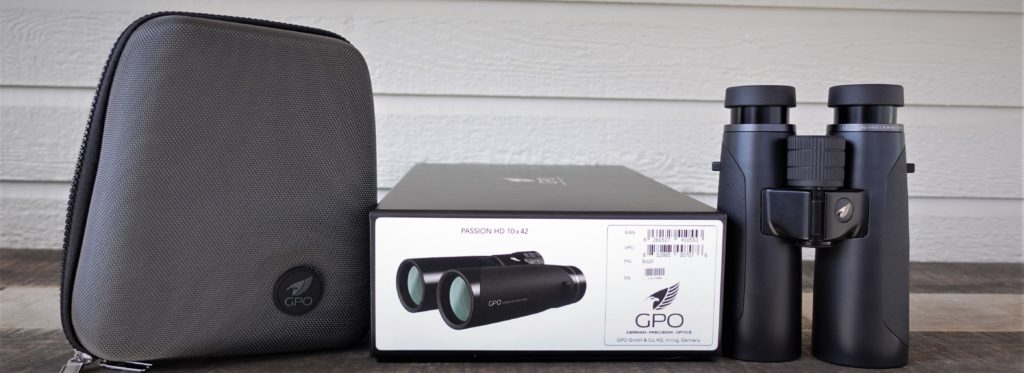

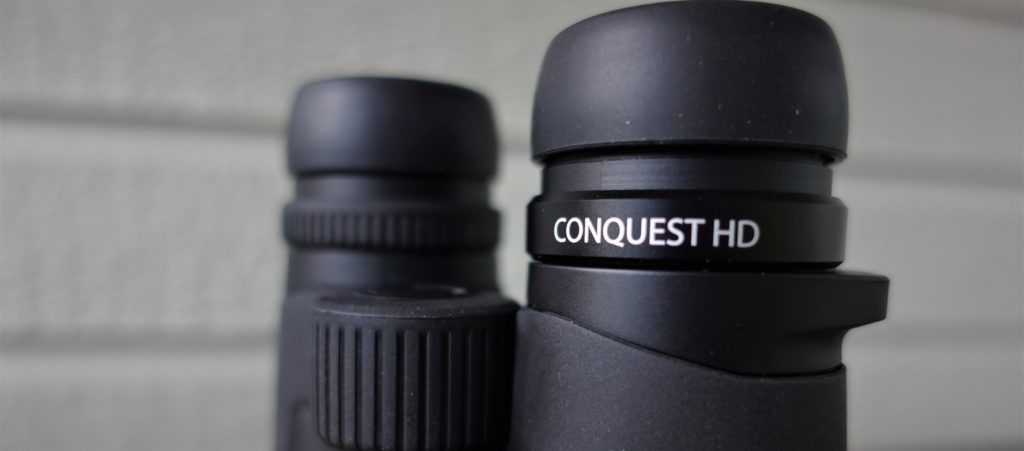


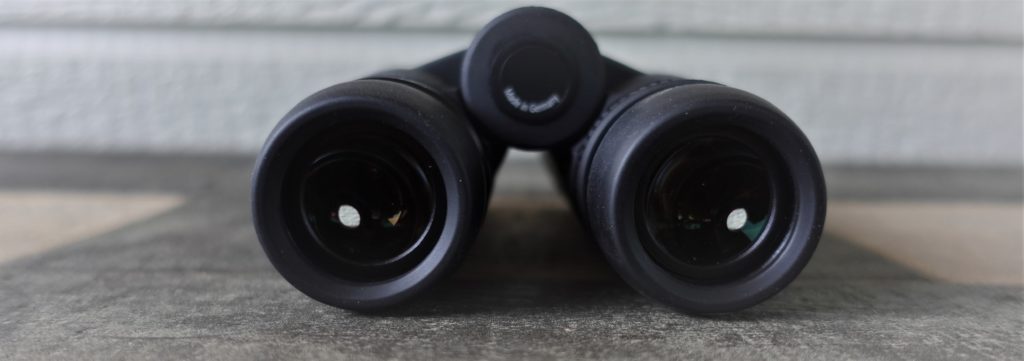
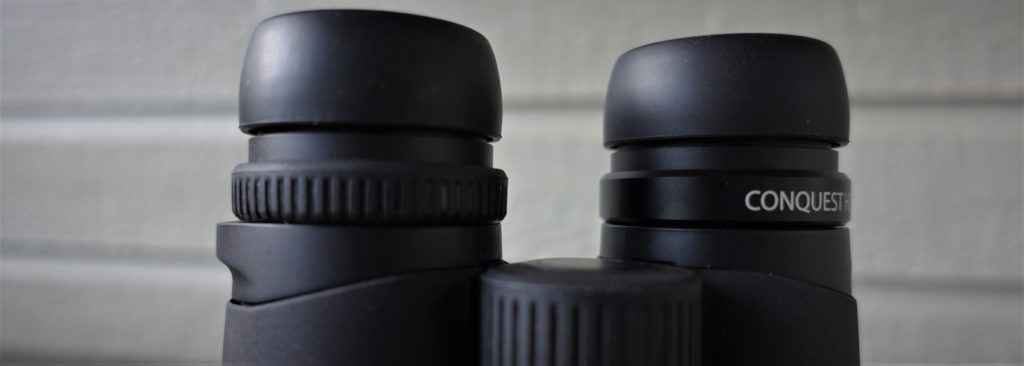

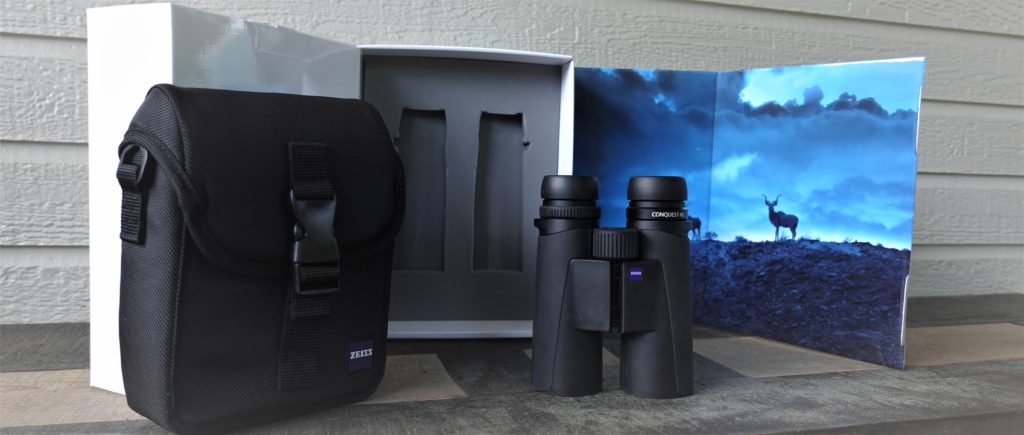

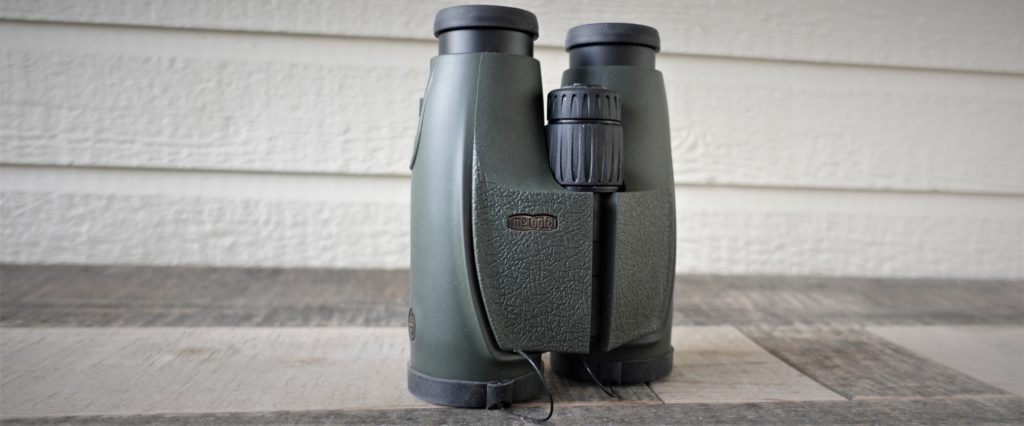
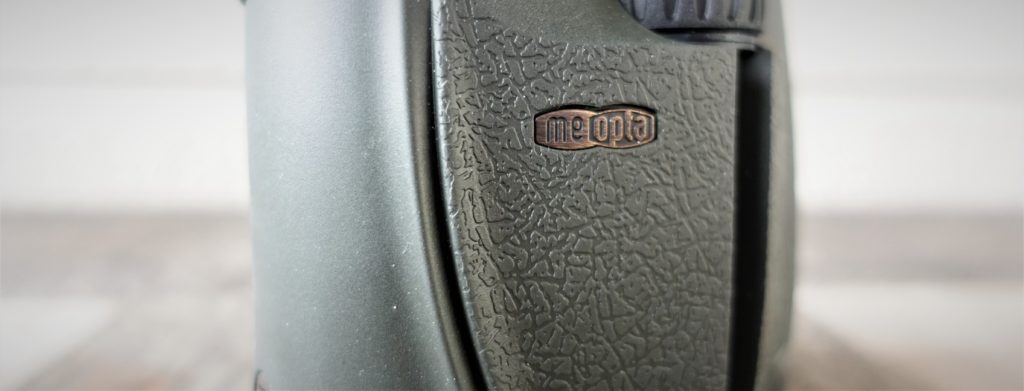
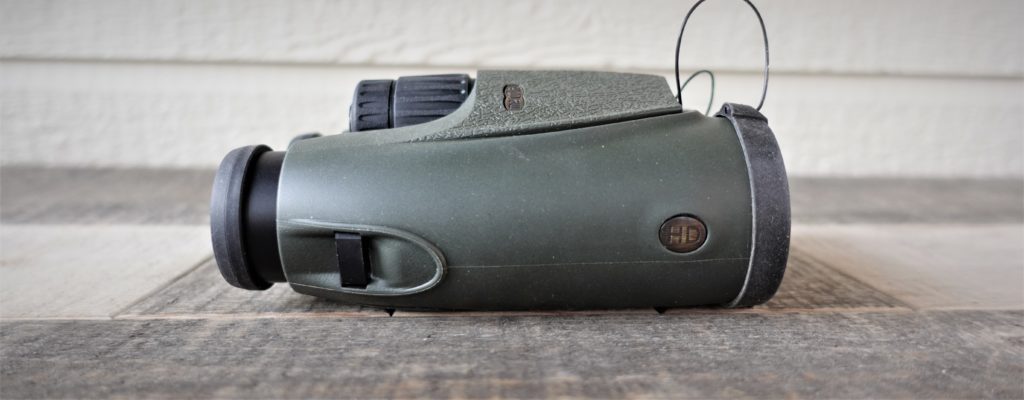


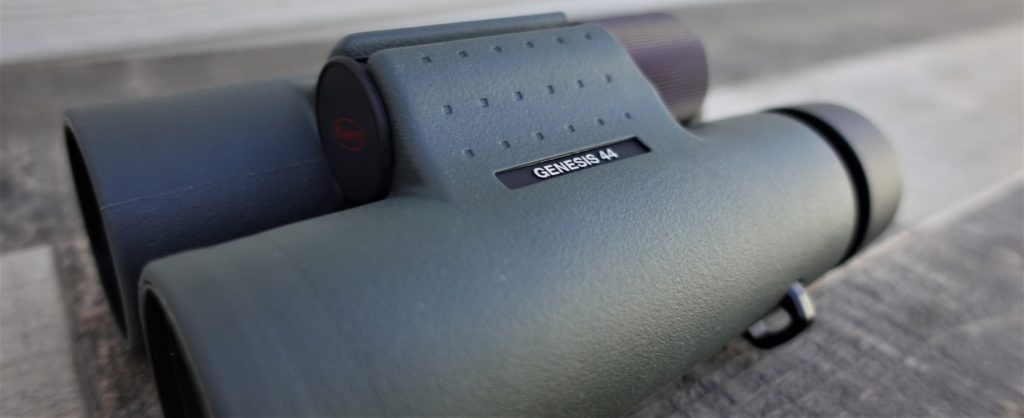


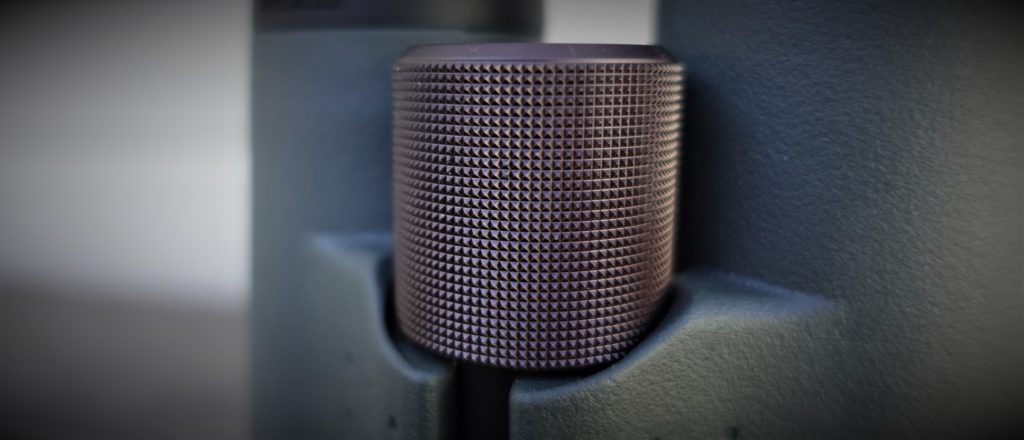

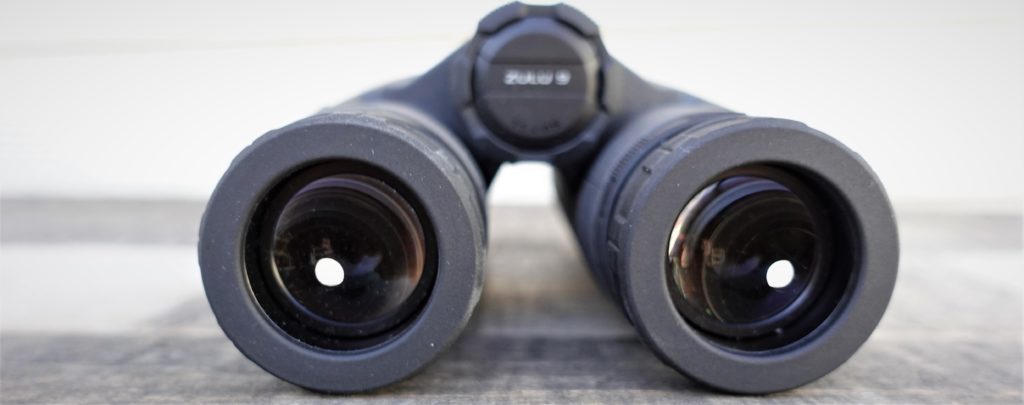

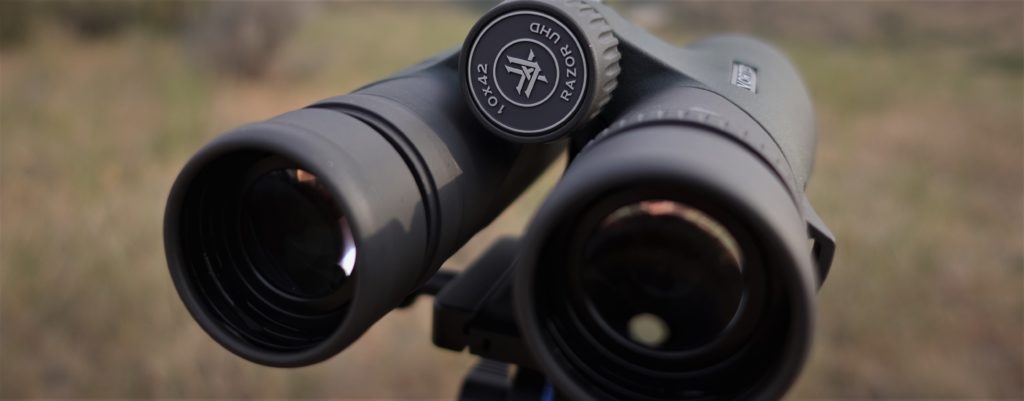

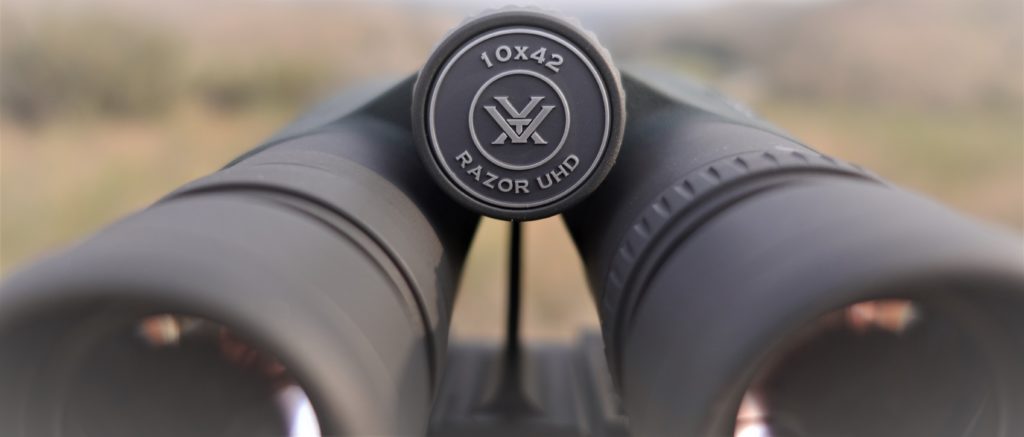

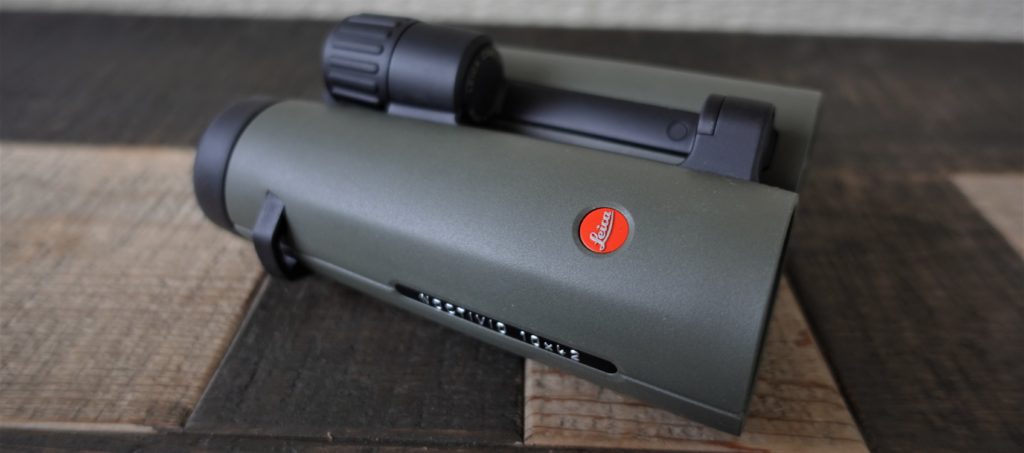
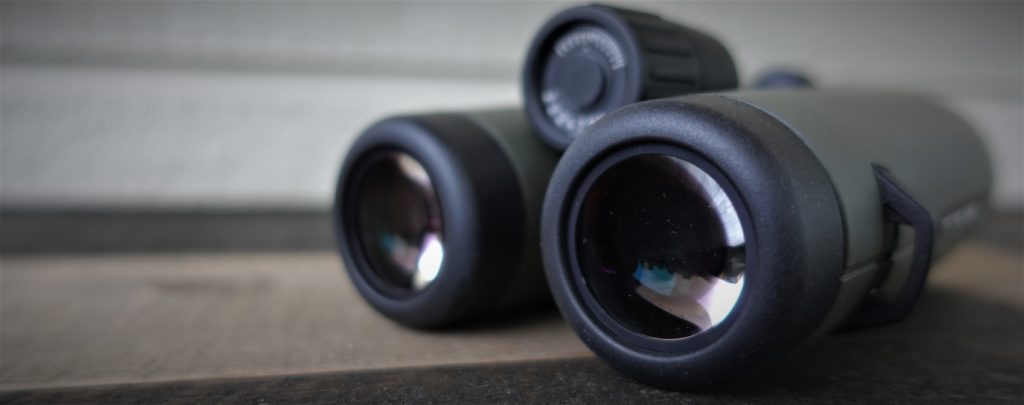

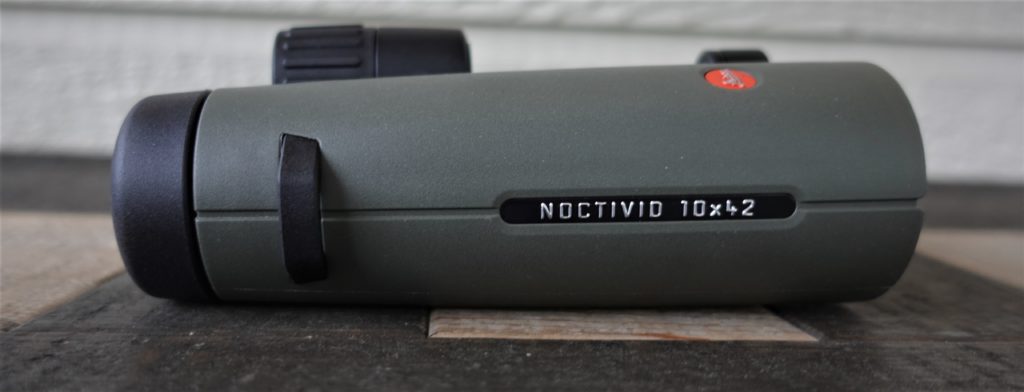
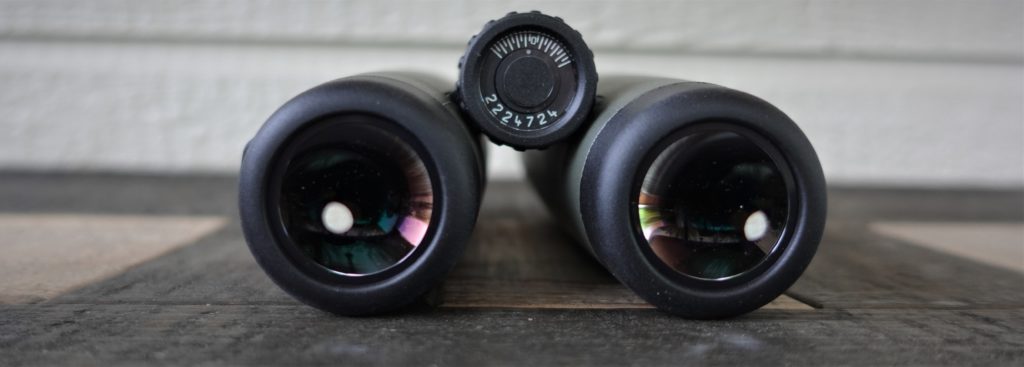


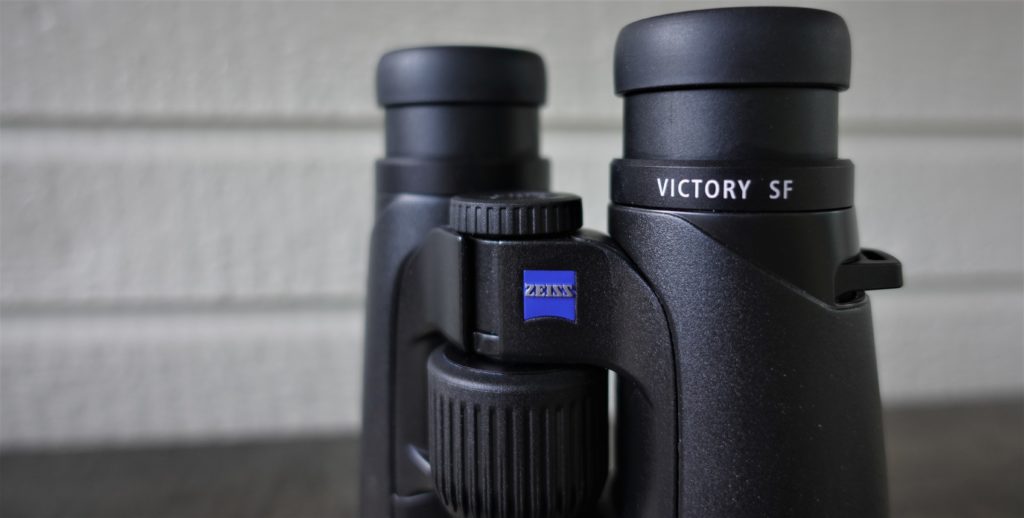
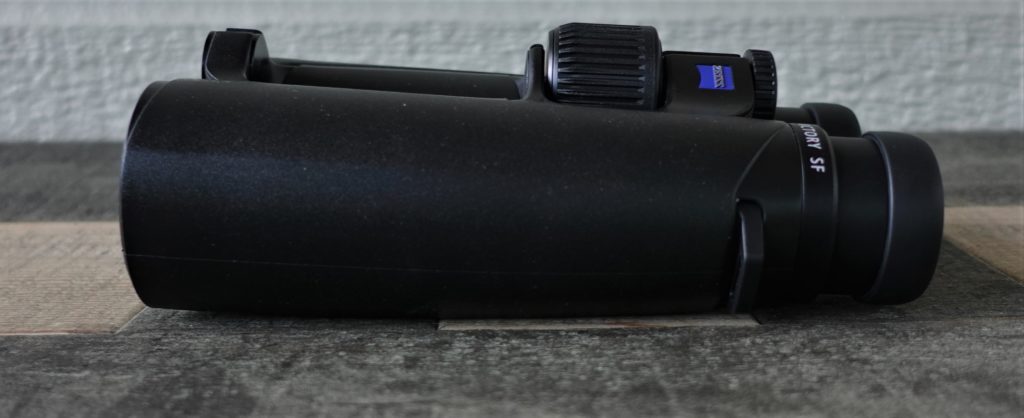


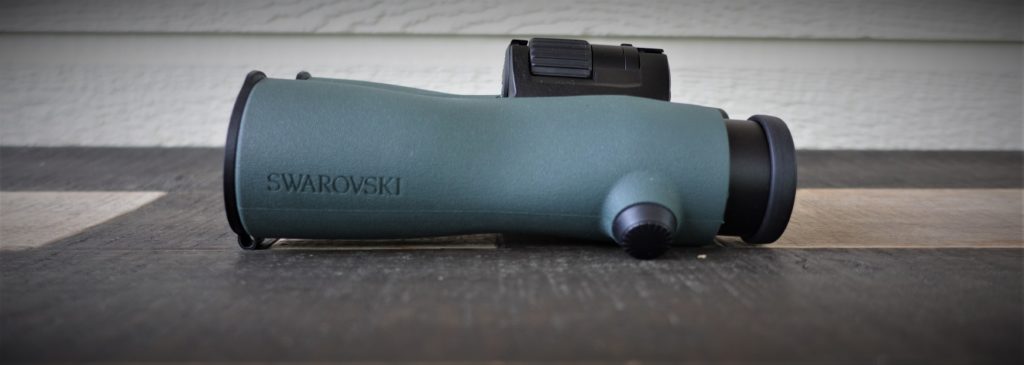

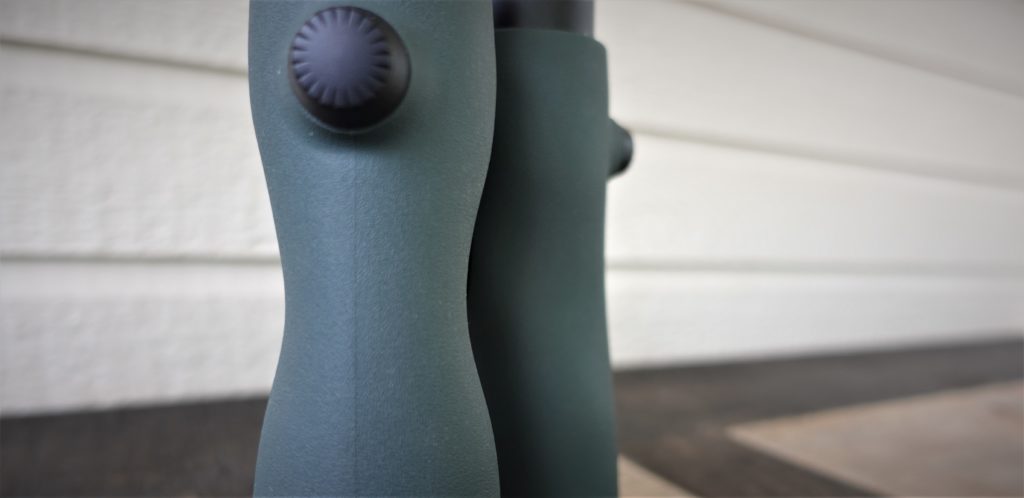
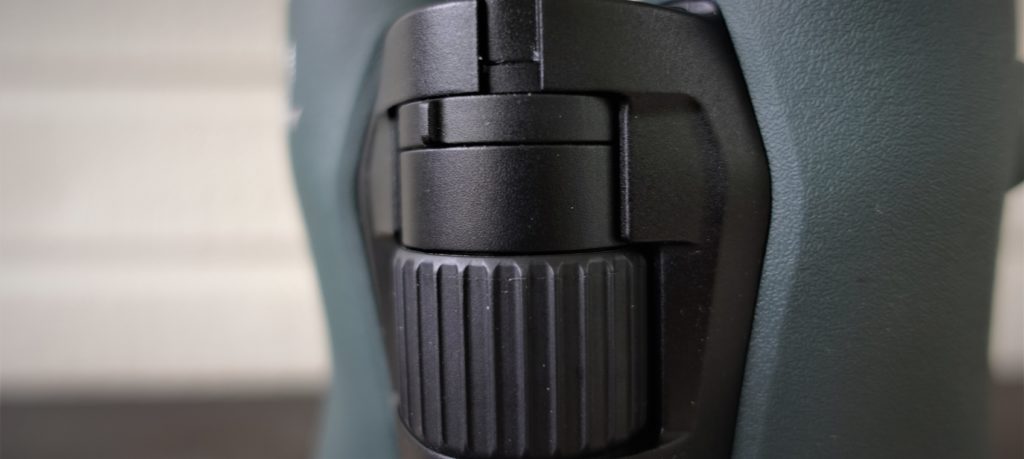
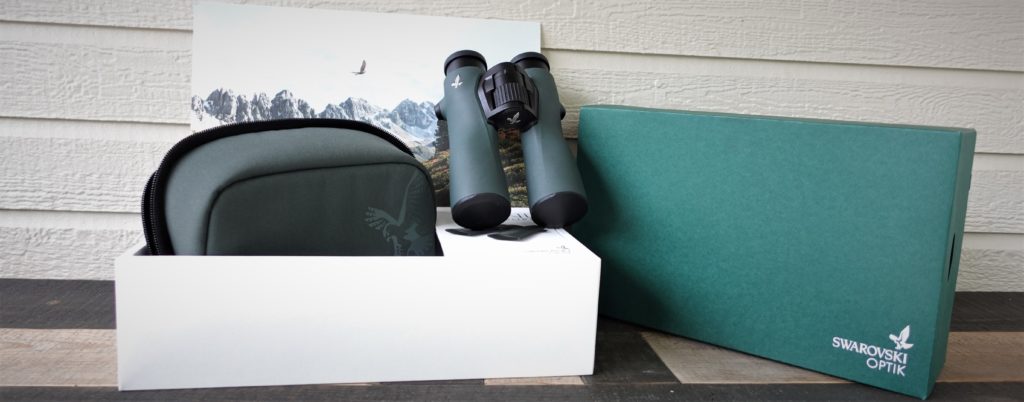



Did the volunteers adjust the diopter on each of the binos to match their vision prior to ranking? Or were the diopters left the same for each volunteer throughout the review.
Hey there and great question! Yes, each volunteer was instructed to adjust the diopter to fit their eyes as they went up and down the line testing.
Having looked through both, assuming one could get the Kowa Genesis and the Meopta Meopro Air for the same price (or similar price…both below $1000), which would you pick and why? I assume the answer would be the Kowas?
Hello there and that’s a great question! If you are OK with the extra weight and bulk of the Kowa, they were superior in optical performance, although not nearly as comfortable in the eye cups. So, yes,I’d probably grab the Kowa Genesis unless you are looking for a more slim and lighter weight option. Both are fantastic though! Thanks for taking the time to comment!
Thank you for a very useful evaluation/comparison. I have a pair of Athlon Midas G2 8×42 and am looking for a 10x magnification ‘upgrade’. I am very tempted by the Cronus UHD 10×42, but they are out of stock on Amazon. The specifications and reputation of Celestron’s top of the range Regal ED 10×42 are very similar to Athlon Cronus 10×42, but the Celestrons cost only USD 350 on Amazon!!! Can you comment on the Celestrons — why were they not part of your comparison? I am torn between the two …
Hey there and thank you for the info/question! Unfortunately, I don’t have any experience with the Celestron binos, so I can’t really comment on those ones for you. Sorry about that, but sounds like you’ve narrowed it down to a couple options. Thanks for reading the review!
The Celestron Regal’s price is suspiciously close to their Trailseeker ED, they do not seem to have a locking diopter or scratch and oil protective coatings. I cannot find any reliable evaluation of them and am removing them from my consideration. Instead I am now trying to decide between the Cronus G2 UHD 10×42 and the Toric UHD 10×42. You tested both and placed the cheaper Cronus in your overall weighted rankings above the Toric — numbers 13 and 15 respectively. I do not need binoculars for professional or any other critical purpose. Quality and comfort of viewing and mechanical reliability are the most important things I am looking for. Am I right to understand from your reports that the Toric’s large eyepieces make the eye placement less critical than is the case with Cronus? Was your ranking significantly influenced by the fact that Cronus has better image up to the edge? Is the Toric much worse in this respect? (The edge quality does not have the highest priority for me.) Does Cronus have less (pincushion) distortion than Toric? Toric is MIJ and Cronus MIC. Which do you think will be more reliable over time?
And why not in the test nikon monarch ?
We tried to get as many as we could, but obviously didn’t get them all. Thanks for reading though!
Why the resistance of binoculars to diffuse light, stray lights, flares and etc are always ignored in binocular reviews? Please consider this in your reviews.
I’ve tried several swarovskis and they all had this weak point.
Thank you for the suggestion…we will certainly add that test in going forward! Thanks!
I saw that the review gave the Vortex Viper HD good comments about edge-to-edge clarity, saying they tied for #2 on the $500 list, But then it’s listed as a con. Was that a typo?
Hey there! Thanks for bringing that to our attention! That is a typo, but I corrected it. Thanks!
Appreciate the work you guys put into this article!
Thank you! It was a ton of work, but a lot of fun as well! Thanks for taking the time to give it a read and comment!
Is it possible to post how the binos ranked in each of the categories you tested for?
You mentioned some came out #5 or #2, ect., in certain categories – It would be nice to see a list under each bino to compare how each did in certain categories.
Thanks for the detailed review!
Absolutely! That spreadsheet is uploaded to our “Backcountry Library”, which can be downloaded for free when you be become a BP Member. It’s totally free, and gives you access to the library of all the data and worksheets from reviews. Thanks for giving the article a read!
Any chance you can expand on your testing methodology? ie what object(s) did you use to test clarity, low light performance, color contrast etc.
Hey there! You bet! To test each of the categories, we set up all of the binoculars on tripods, then had our team of 10 folks rank each of the pairs of binos over the course of 3-4 hours of use as the light changes from late afternoon light into the twilight hours, and then after the sun set and into the dark hours of the evening. We wee all looking at the same hillsides, which had deer and elk on them and those hillsides were anywhere from about 1000yds away out to several miles. The ranking were based on the views opinion, and then the ranking wee averaged to try our best to bring the “groups” opinion. I hope that helps and thanks for reading!
Thanks for sharing. 😉👌🏻
Absolutely! Glad it was helpful!
Would it be fair to assume that you could use the weighted average to compare glass BETWEEN CLASSES? I notice that the top $1000 glass has a lower weighted average than the top $500 glass. Seemingly if the 500 performs in the categories important to you, that overall you get a equal or better glass for 500 than 1000?
Thanks for the question! Unfortunately, no, we had folks assign their ranking relative to the class they were looking at, so the weighted average for the $500 class would not directly compare to the weighted average of the $1000 class. Great question though and thanks for reading!
Where’s the link to the detailed data chart?
Hey there Mike! For the detailed spreadsheet, just click the green button to become a BP Exclusive Member, the you’ll be able to sign in to our library of data charts that we use when creating these reviews! Thanks for reading!
Thank you for the stellar and detailed set of reviews. Talk about information overload.
I have an older pair of Hawke Frontier ED 8x42s that I have been reasonably happy with until this season. I was glassing up a group of deer at 350 yards with about 20 minutes of shooting light left and I could tell that one of them was a buck, but I was unable to make out any antler detail with the light and a backdrop of trees. Maybe it’s my eyes failing me and not the optics? These binos would have fallen within the $500 class when they were new.
Ultimately, they didn’t cost me any opportunity here, since I was bow hunting, there was no reasonable quiet approach with the remaining light, and the wind was totally wrong anyway. But, between that experience and the fact that they squeak incessantly in every chest rig I’ve tried them in, I’ve decided to relegate them to the boat for spying on nearby anglers having more success than me. So, in that spirit, I’m looking for something that’s going to maintain enough resolution up to the end of shooting light that I can have a reasonable shot of telling what I’m looking at in the sub 500 yard range. I don’t do long glassing sessions often, but I do have a Field Optics Research adapter that I prefer to leave the stud installed. On open bridge designs, this makes the stud the lowest point in the harness and the binos flop around when I walk.
My initial thought is that I’m going to need to step into the $1000 bracket to substantially improve in low light over my existing set without compromising in other areas, but the reviews of that bracket each have their own set of frustrating drawbacks. The Conquests seem like a winner except for the eye relief issues and the diopter, both would be major frustrations for me at that price point. Stepping down into the $500 bracket, the Chronus sound awesome, except for low light. Was the low light degradation between sunset and sunset +30? It’s nearly impossible to find more than one set from any price category in stock in my area, which makes seeing them for myself extra frustrating, so I’m trying to prioritize by the least amount of compromise.
Sorry to keep adding to what’s already a novel, and just as a total shot in the dark, any chance you’ve been able to put eyes behind the new Maven B1.2? It sounds like improved light transmission is one of a few improvements on them, which was one of the bigger drawbacks of the B1. Or maybe I’m just being a tool and any of the aforementioned glass is completely adequate? Wouldn’t be the first time… 🙂
Thanks!
Ryan
Hey there Ryan! Thanks for taking the time to comment and read the article! Yes, a ton of work and testing went into it! I think you’d be very happy with the Athon Cronus UHD if you decide to stick to the $500 category. They weren’t terrible in low light, but not awesome. If the drawbacks of the Zeiss Conquest are enough to push you away from them, I’d definitely take a look at the GPO Passion HD, and Meotpa Meopro Air. Either of those three options would be a massive upgrade for you!
I haven’t had a chance to test out the new Maven B1.2 yet, but hoping to in the near future!
Thanks for reading!
For anyone that cares, I was able to track down Conquest HDs, to do direct comparisons with Leica Trinovids, and a few pairs of Vortex. Nothing else comparable was in stock local to me. My concerns from the review with the Conquests were overblown, and their optical advantages were noticeable, even inside a store. In one store, I only had indoor viewing, and the one instance where I could pick a difference was a decorative tree and focusing on the interior parts of the tree. For whatever reason, the Conquests did a much better job on focusing on objects that were obscured within or behind the tree than all of the vortex this store had. The tree was within a shadow in the store, and of course the tree was creating its’ own shadows. Of note, on one of the pairs of Vortex, the diopter was stuck and unable to be adjusted. In another store, I was next to an exterior window where I had a patch of trees and shrubs. This store had the Trinovids, and though not as noticeable as the vortex, the Zeiss still did better at focusing on obscure objects.
I found a decent deal on a used pair of Conquest HDs today and will give them a shot. Thanks again for the detailed reviews! Had I not known about the stiff eye cups, I probably would have immediately disqualified them.
Thank you for this great test data. Do you know where Swarovski ELs would rank? I was really impressed by their obvious build quality when I recently look at them in-store. At the same time, the build quality of the Conquests I looked at was lacking. The eyecups, in particular, seemed cheap; they were not smooth of action, and one pinched while being lowered. It’s unfortunate, because the view through them was really nice. The store didn’t have Noctivids or Ultravids; I understand that these Leica have great build quality, but the glass may be lacking compared to the ELs. I’d sure appreciate any insight you might share. Thank you.
Thank you and I’m glad you found this helpful! Yeah, the Conquest HD is definitely in a different class than the EL (both performance wise and the EL’s are more than double the prices), so it’s not really a fair comparison between those two. We didn’t have a chance to test the EL’s, but I would guess that they would fall between the winner of the $1500 category and the alpha category. There aren’t many in that place between the Alpha class and the $1500 class, but the EL’s would likely be top notch there. I didn’t care for how much play was in all of the Leica binos personally, and particularly in the Noctivids. Great optics, but I just felt like there shouldn’t be any play whatsoever in a binocular at that price point. Thanks for reading!
Thank you! Your reviews and insight are really helpful and greatly appreciated. I sure don’t want any play, so that’s good to know about the Leicas.
Absolutely! Happy to help if I can. Thanks again for taking the time to comment!
A thorough review series, much appreciated. Can you tell me whether low light test results are comparative across the various group classes? I see Leupold bx-4 has a higher score than Zeiss conquest hd that sits at the top of the next group. Can we infer the Leupold was judged to be more capable in low light?
Hello, and thanks for following the series! It was a lot of fun. As far as scoring for each of the categories, we ranked each of the binoculars relative to their own price category so readers would be able to find the best performers within each category. Even though the Leupold BX-4 may have a higher score than the Zeiss Conquest binoculars, that would not mean that the Leupold BX-4 performed better as it is in a different price category. In our testing, the Zeiss Conquest was much better in low light than the Leupold BX-4. Thanks for reading!
Thanks for taking time to reply to my query, much appreciated.
You bet! Any time.
Hi, thank you for the comprehensive review! I find myself referencing this all the time when considering new glass. I do have a couple of questions that I was hoping you may be able to help me understand.
Based on my typical hunting opportunities I find myself still hunting thick and dark timber where you at most you can see 200 yards if you’re lucky but usually are limited to 15 yards. Because of the thick timber I was looking at getting a pair of 8x binoculars.
I was wondering if the glass from a given binocular holds true for other sizes. Since you did a review of only 10x binoculars and rated the Zeiss Conquest HD 10×42 as best in the $1000 category, would it be reasonable to expect the Zeiss Conquest HD 8×42 would be the top pick in the $1000 category of 8x binoculars? If not, is there any chance you’re going to produce a similar review of the 8x binoculars?
Hey there Anthony! I’m glad this has been a helpful reference tool! For your purposes, I would certainly suggest going with an 8x binocular. You’ll get better low light performance, a larger field of view, and they’ll be more useful for those closer distances.
I can’t say for sure that the rankings would translate to the 8x categories, but I suspect the results would be largely similar, if not identical. You are probably safe to make an 8x selection based on this, but know that unless we actually did that test/review, we couldn’t be 100% sure. Thanks again!
Great review!
Where would you place the Swarovski EL 10×42 WB (first generation) without the Swarovision? Still better than Zeiss Conquest?
Hey there, Fred! Thank you and glad it was helpful! I can’t say for sure where those Gen 1 EL’s would land since we didn’t test them side by side. I just be guessing, but hate to do that without actually doing that comparison. Sorry!
Nice article. I keep going back to it over and over again. I’m hung up between the Leupold BX-4 Pro Guide and the Athlon 1 x 42 Cronus G2UHD . I’ve found them for about $440.00. The other one would be Kowa BD-II XD 10 x 42 for $360.00 . I read another article before yours and bought the Kowa BDIIXD 8 x 42 for 360.00. Wish I got the 10 x . I do like them but sound like the other 2 are better. I thought they were made in Japan Co. and lens are, . Made in China sticker on it. I guess the Leupolds are made in Japan what about Athlons? I do have an email and phone call into them. I do want the 10 x , Made in Japan counts( at least the lens, all would be better and does count some ). I wear glasses and my eyes are close together. This article of yours is 2 years old. Does that make much of a difference? You did a really good job on it. I use them looking out the wood shed and barn and really don’t carry them a
round. Also 65 years old. Thanks. Respectfully, Nick
Hello, Nick! Thank you for the kind words, and I’m glad the review has been helpful. I believe that Athlon is made in Japan if memory serves, and yes, we did feel that the Athlon offered the best overall performance for that price class. Thanks again for reading!
Thank you so much for your comprehensive and excellent report. How would you say Maven B1.2 compares to Zeiss Conquest HD? I am trying to decide which one to buy for hunting in California where terrain is usually open country.
Merry Christmas and Happy New Year
Shahin
Hello and thank you! I’m glad this was helpful. I haven’t yet had a chance to test the Maven B1.2, so I can’t say for sure. I’d hate to say one way or the other without having actually tested them side by side. Thanks for reading!
Good review. However it is disappointing that you did not include any Nikon’s. The Monarch M7 is typically rated as best in the $500 class and the HG is a head-to-head competitor of the Zeiss Conquest HD. I would have loved to see your reviewer’s thoughts on those and also on the new Monarch M7+.
Hello! Thank you for the feedback. Yes, it would have been great to include some Nikon and a few others, but unfortunately we weren’t able to cover them all. Hopefully next time!
Perfect review, yes I miss Nikon’s Monarch too (at least one). Just for info: Meopta has a super summer discount of 537 EUR for MeoPro Air 10×42 HD -10% first purchase. https://eshop.meopta.cz/dalekohledy/dalekohled-meopro-air-10×42-hd/
Thank you and yes, it would have been nice to include the Nikon Monarch and others, but we weren’t able to include them unfortunately. Thanks for reading!
Sorry to have to say something negative but I have to point out an error. The Leupold BX-4 absolutely, positively does have a locking diopter.
Hey there, Ian! Thanks for pointing that out…I’ve got that corrected as it appears that model was confused with another on in the review. Thanks for reading!
I would have liked to see the Maven B2 series in this test. They are incredible glass.
Thank you for the feedback! We’ll have to do another one soon and include some new models that have come out since this was done. Thanks for reading!